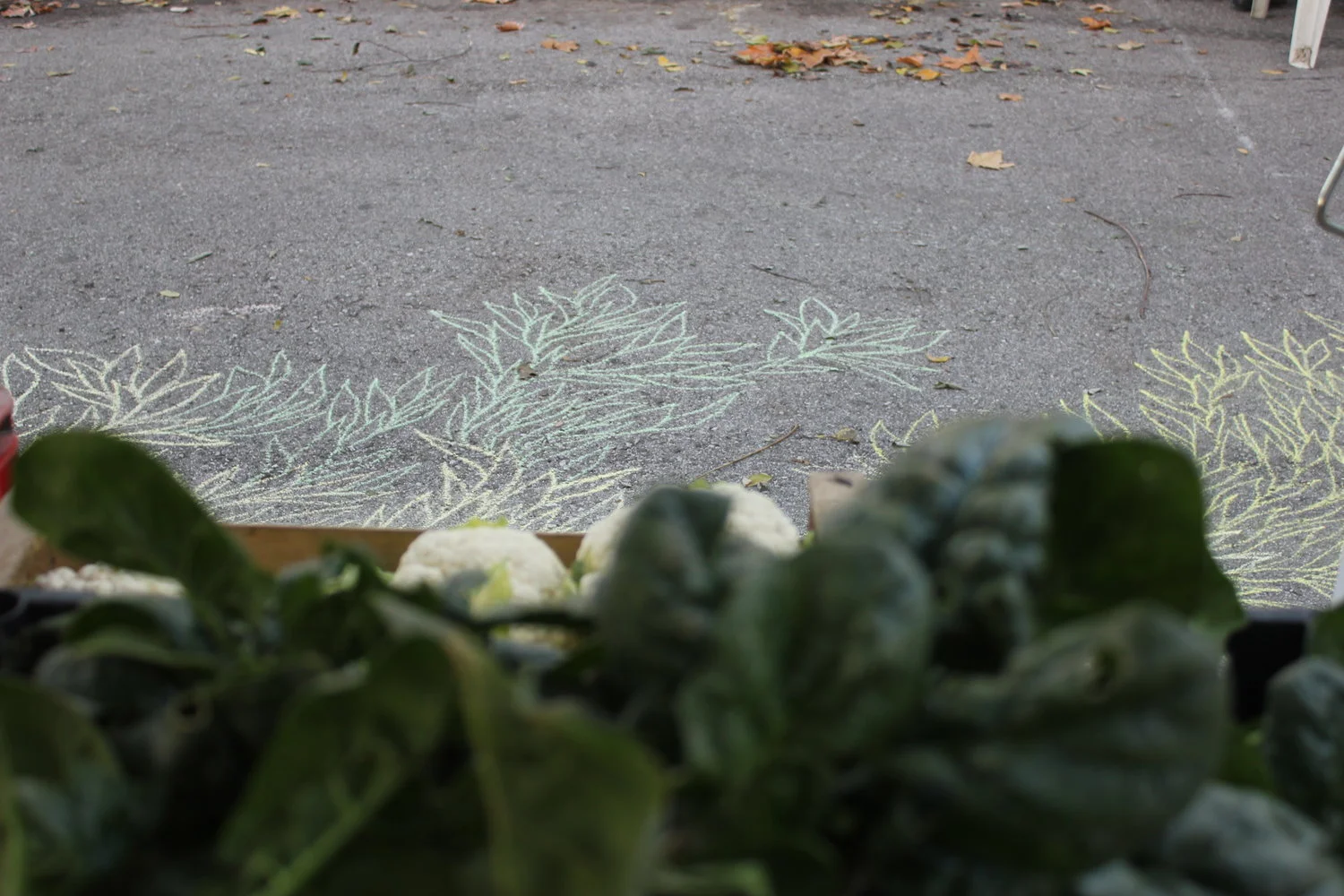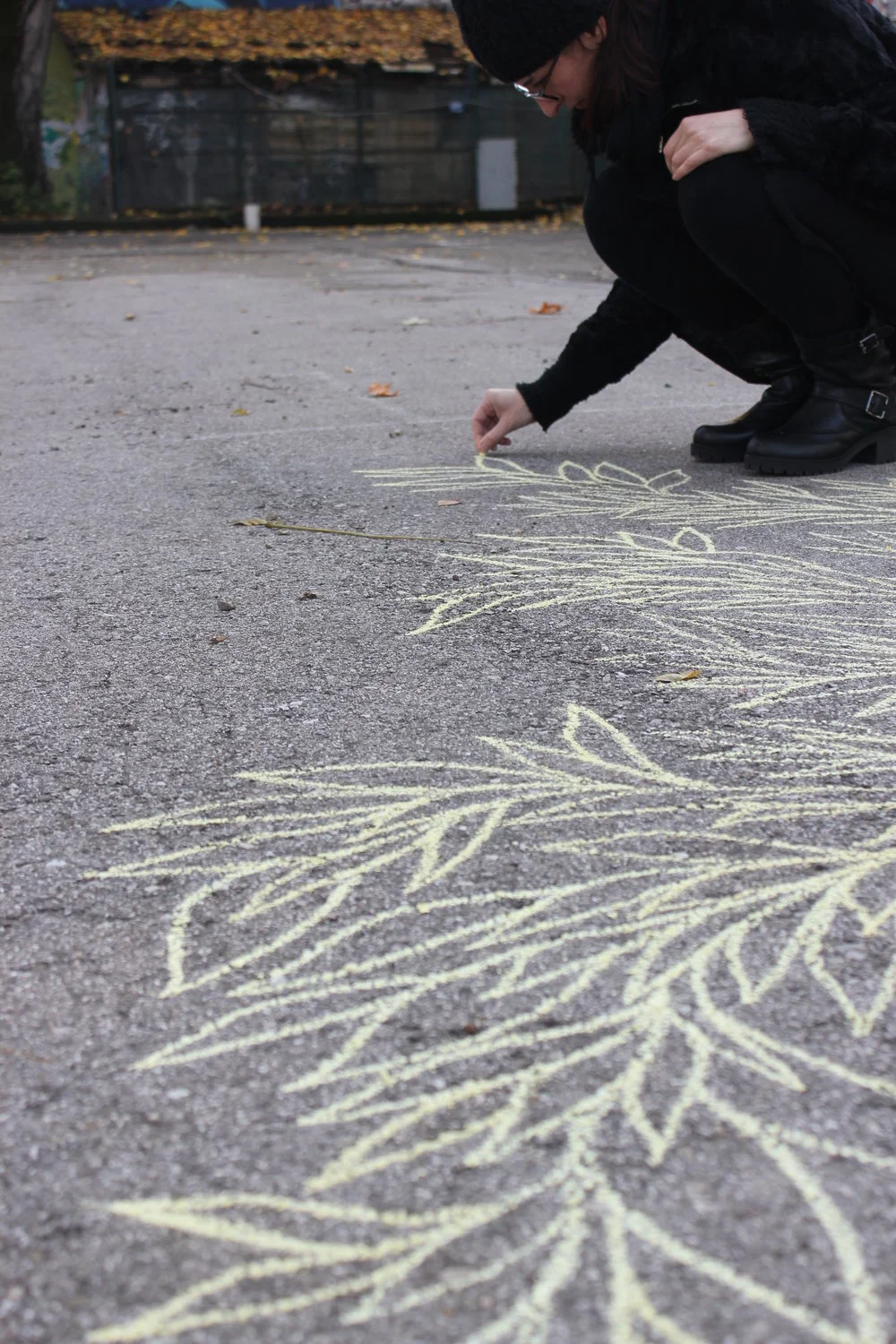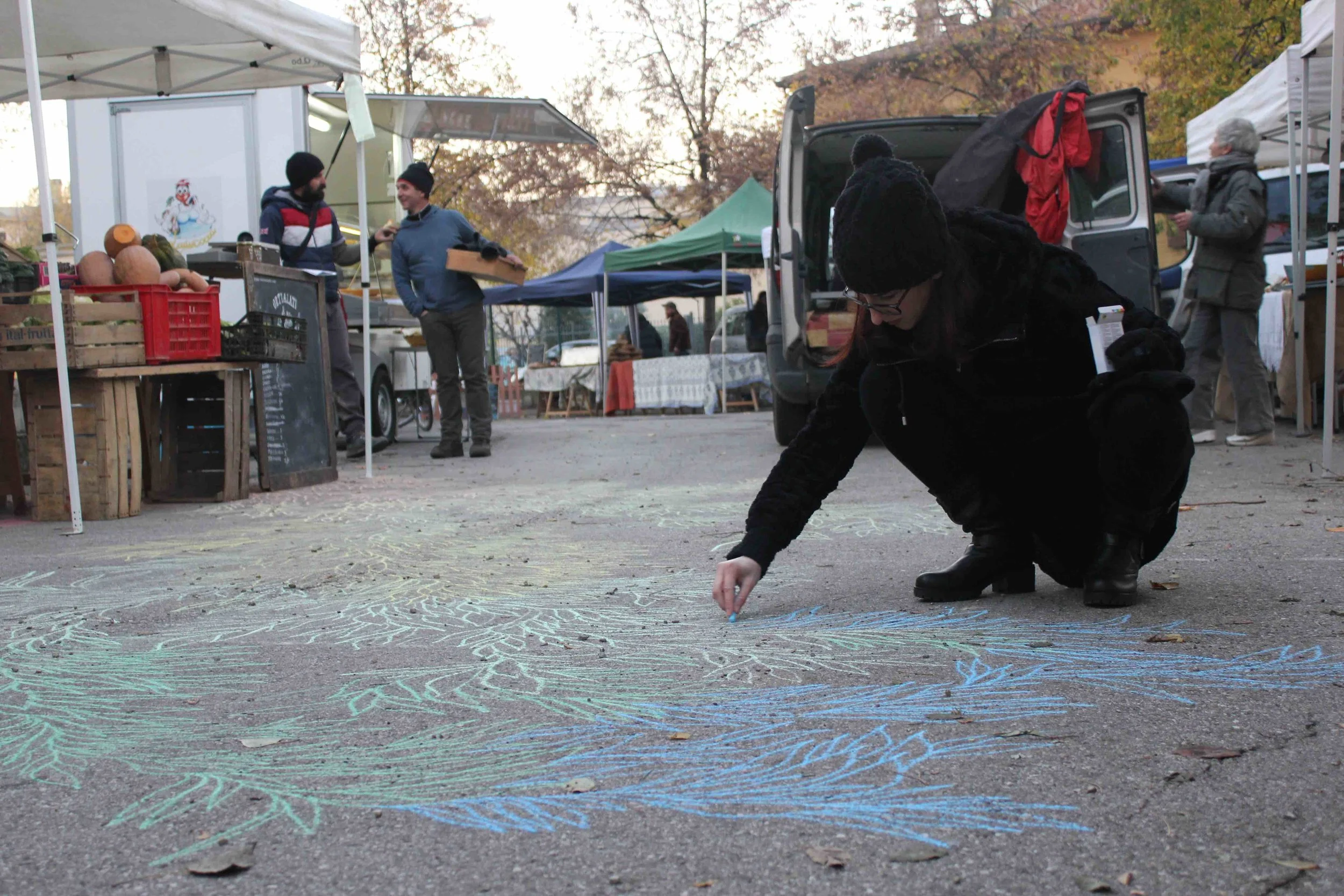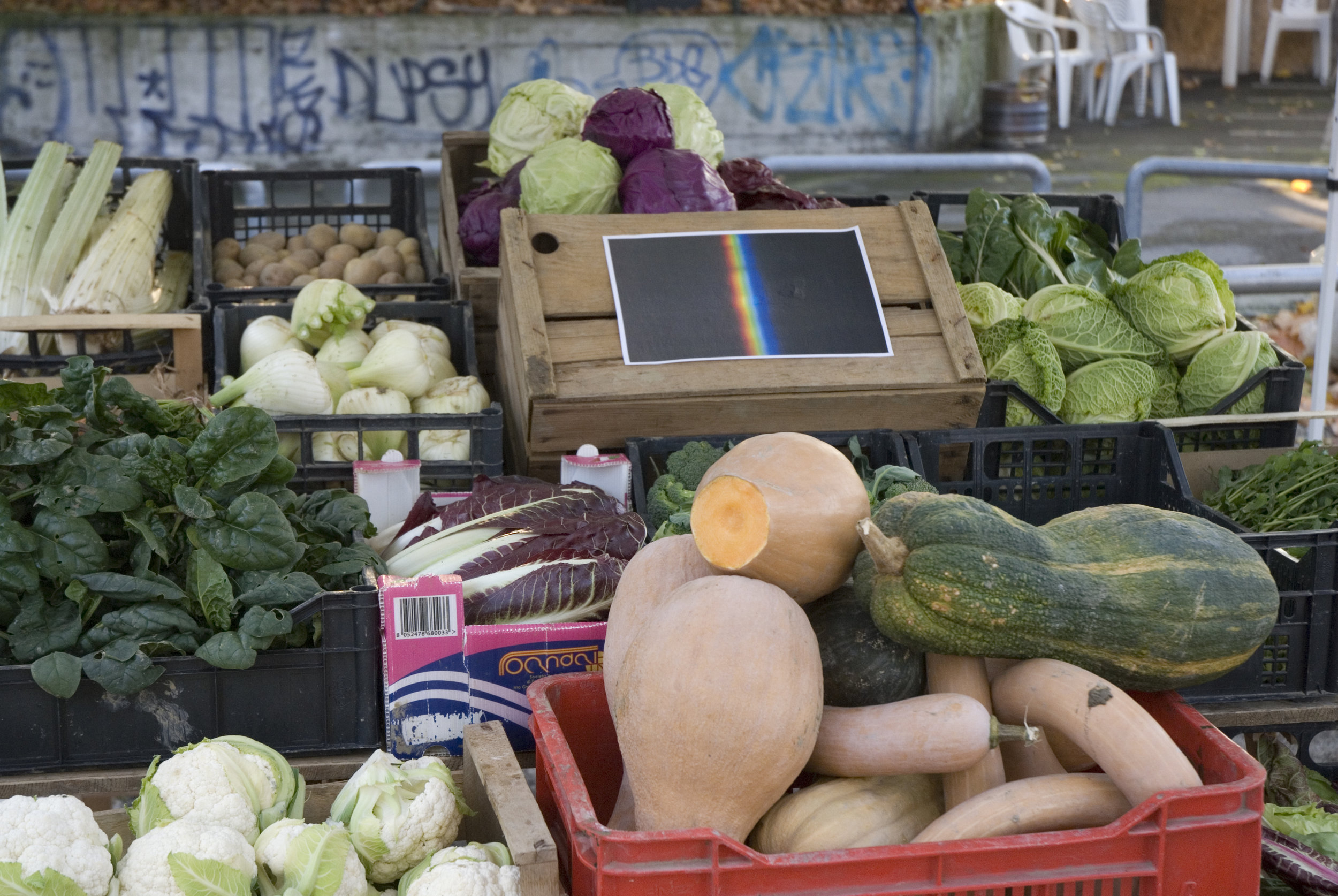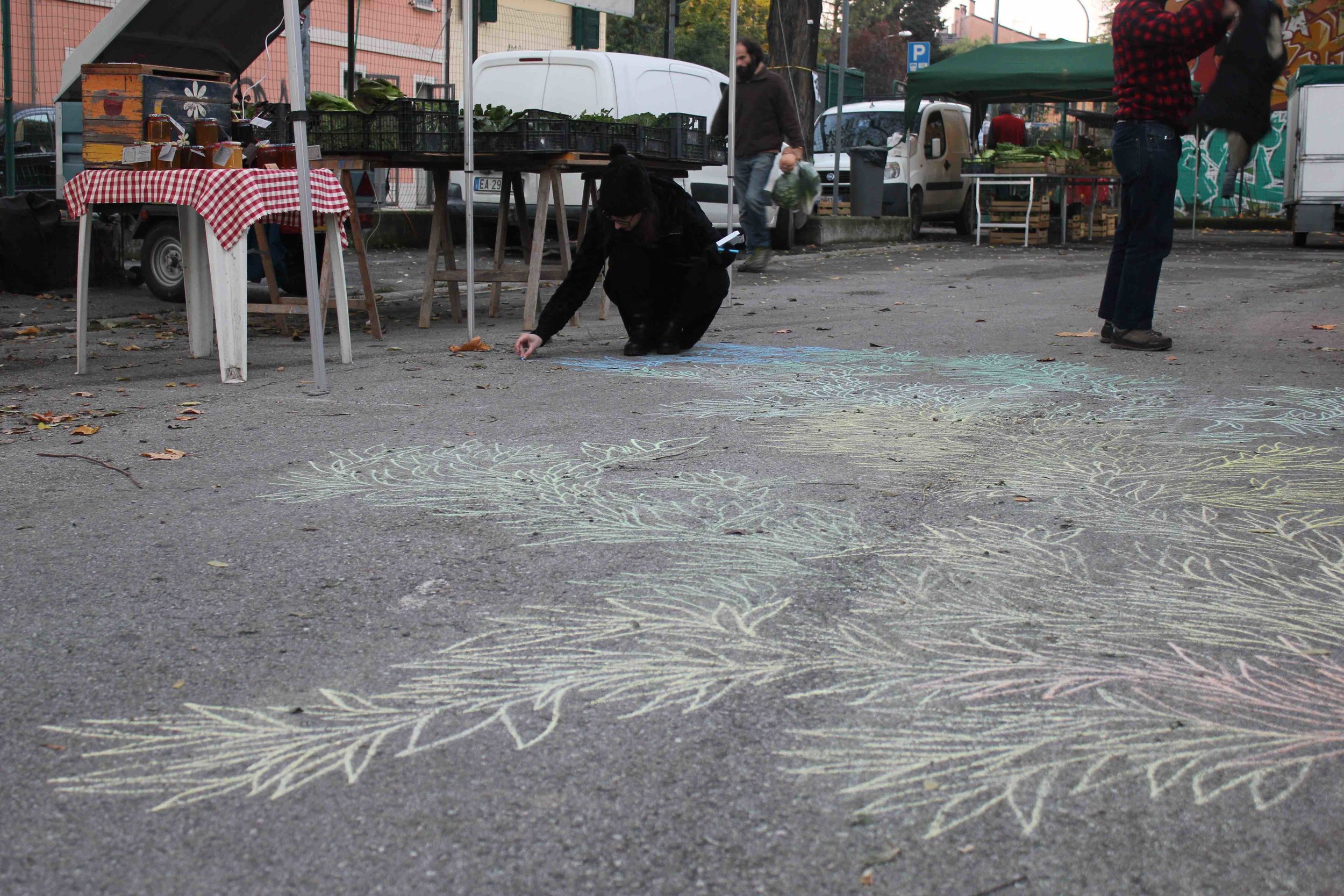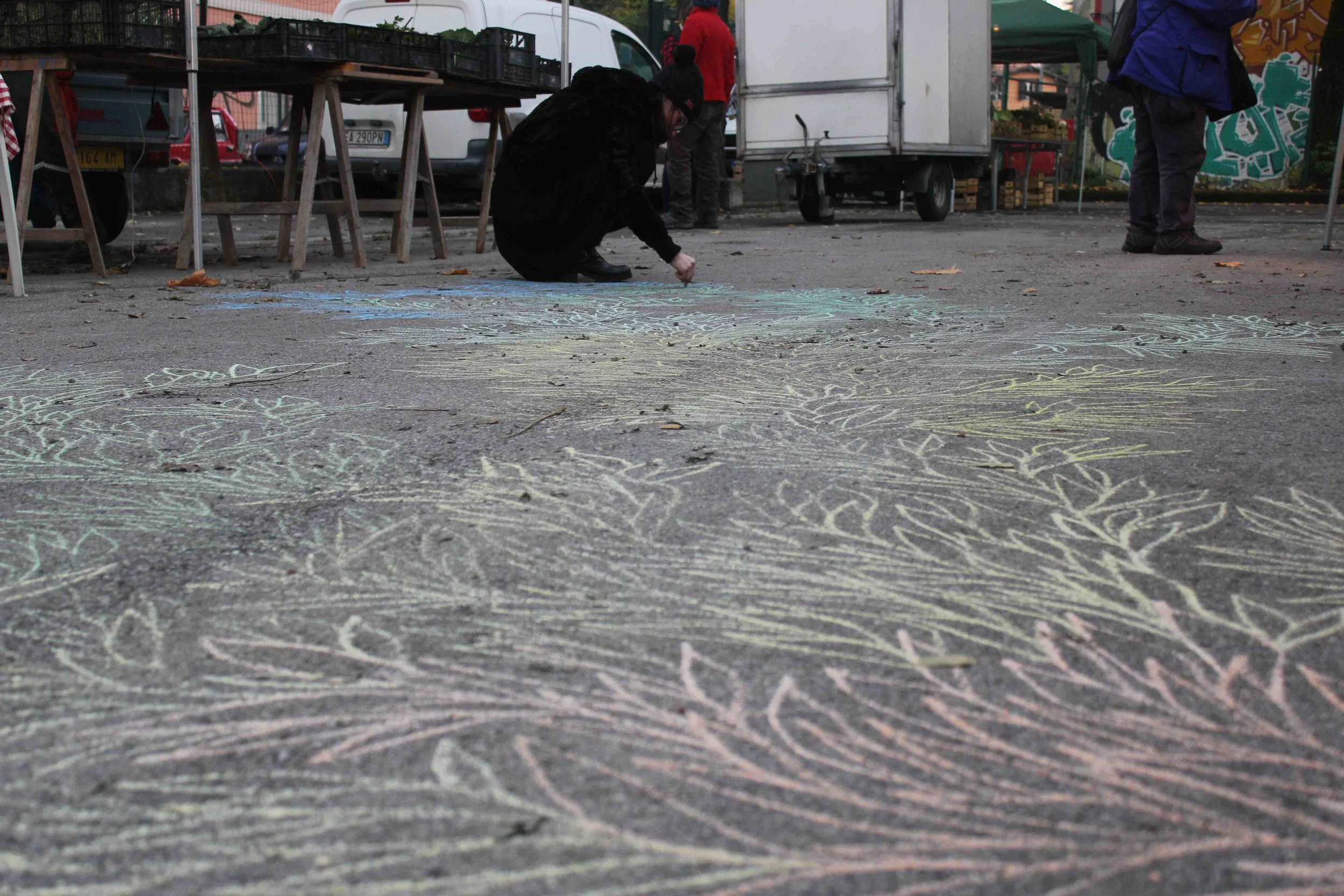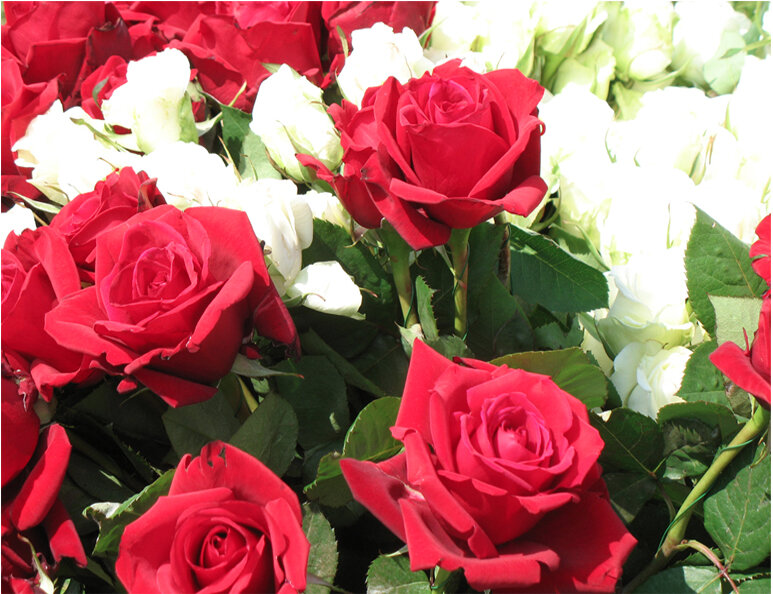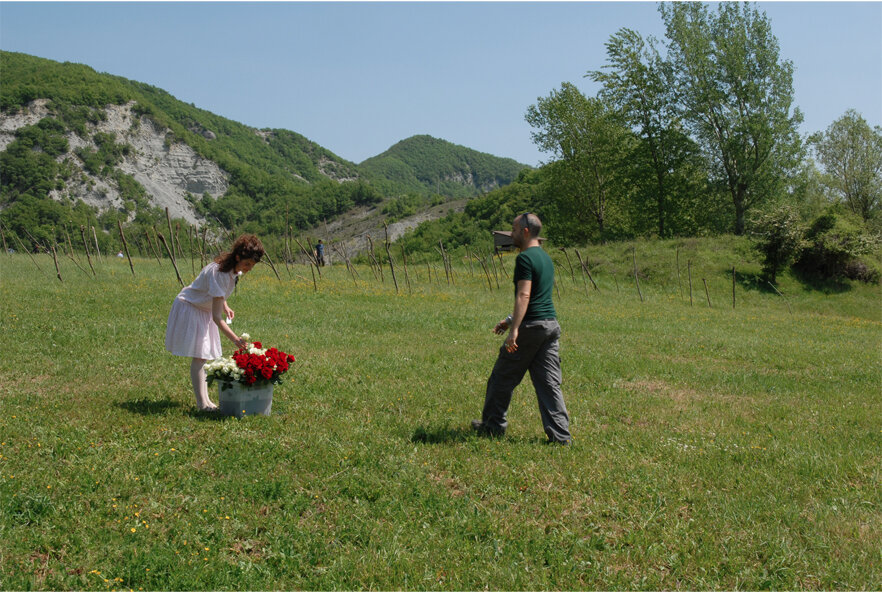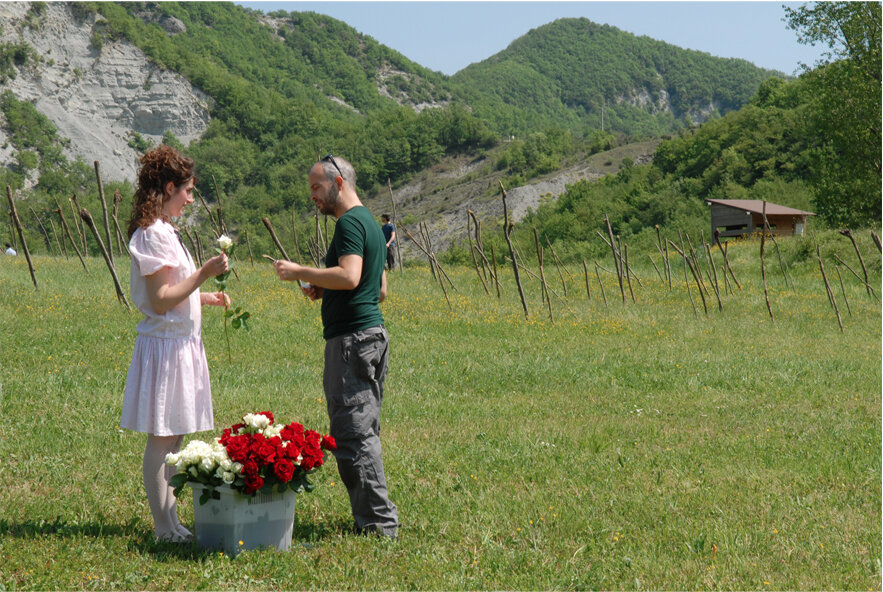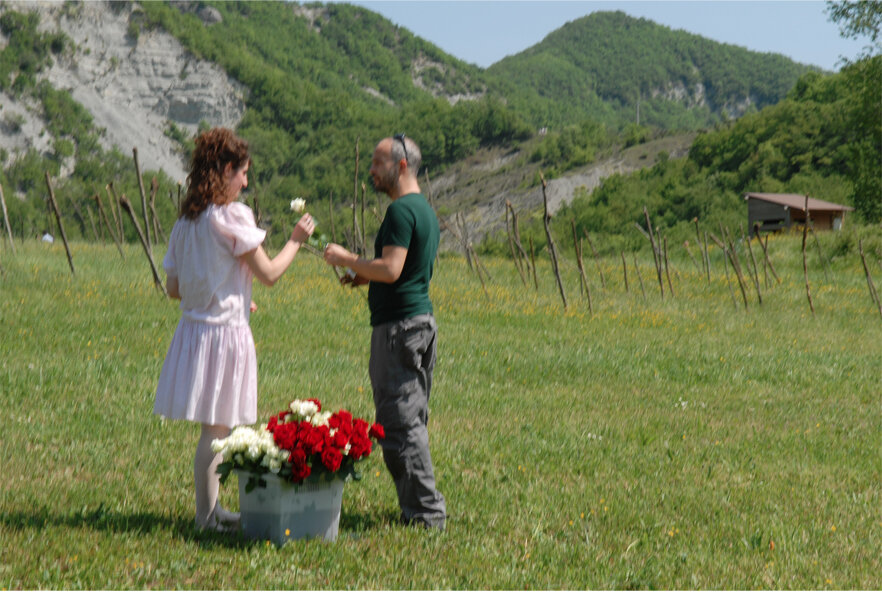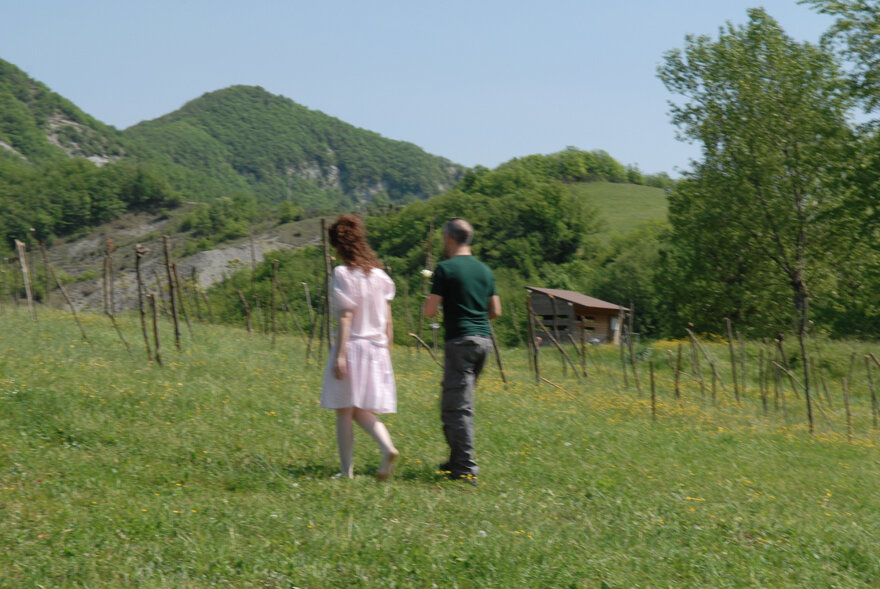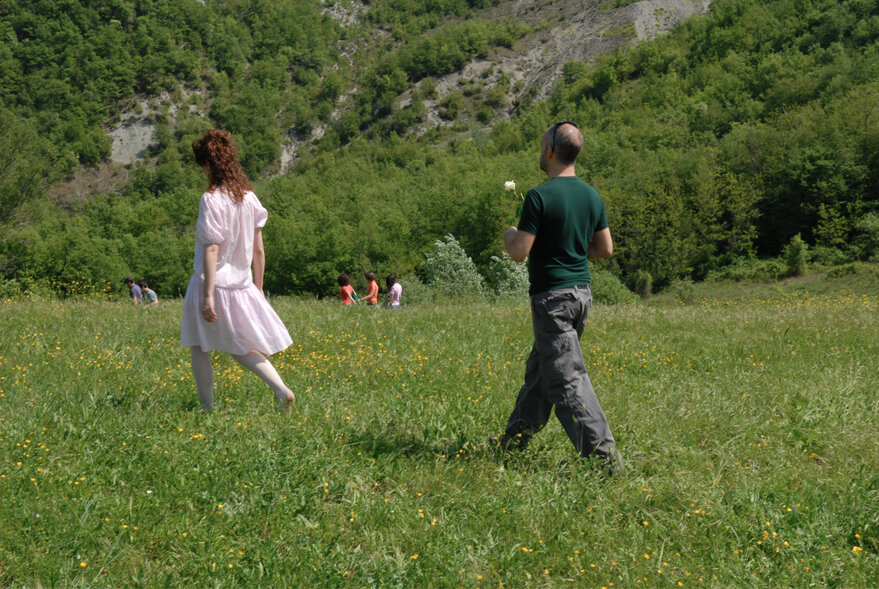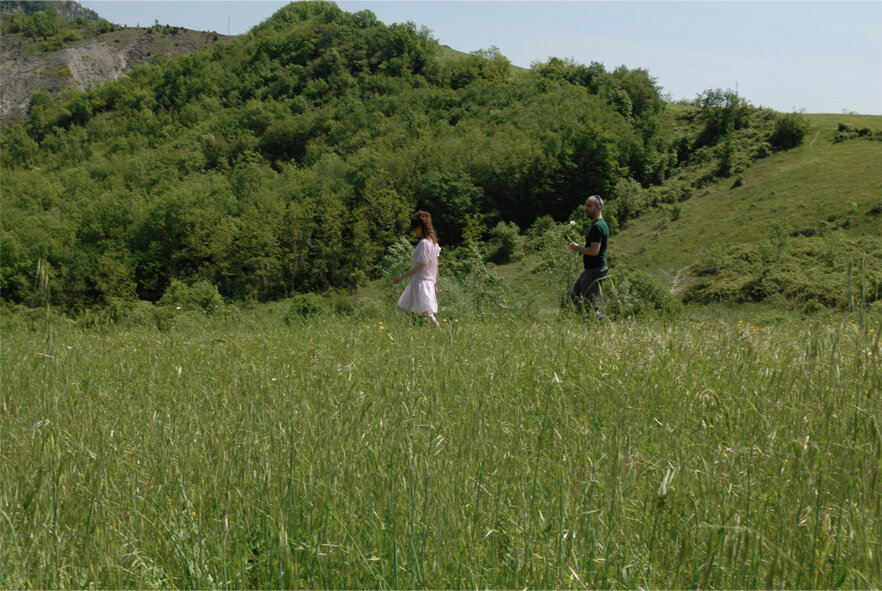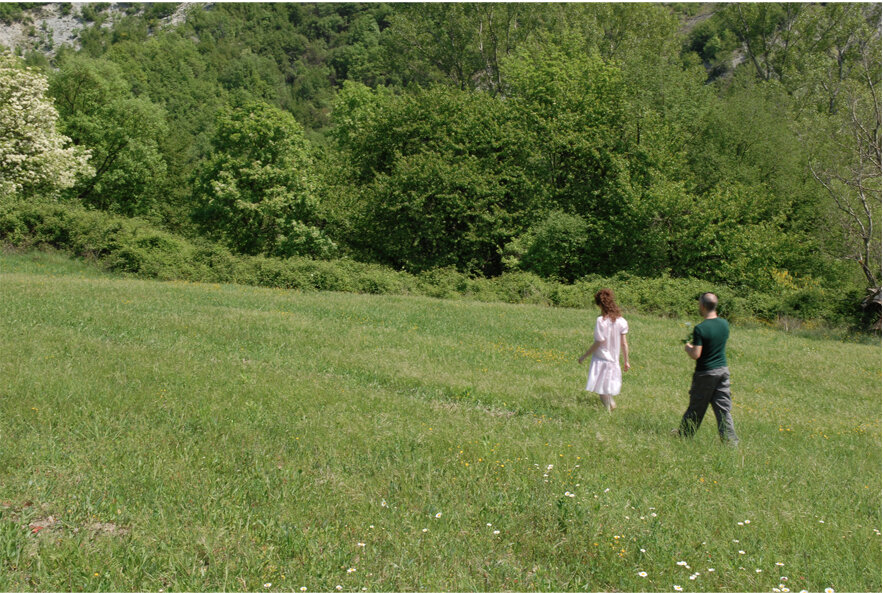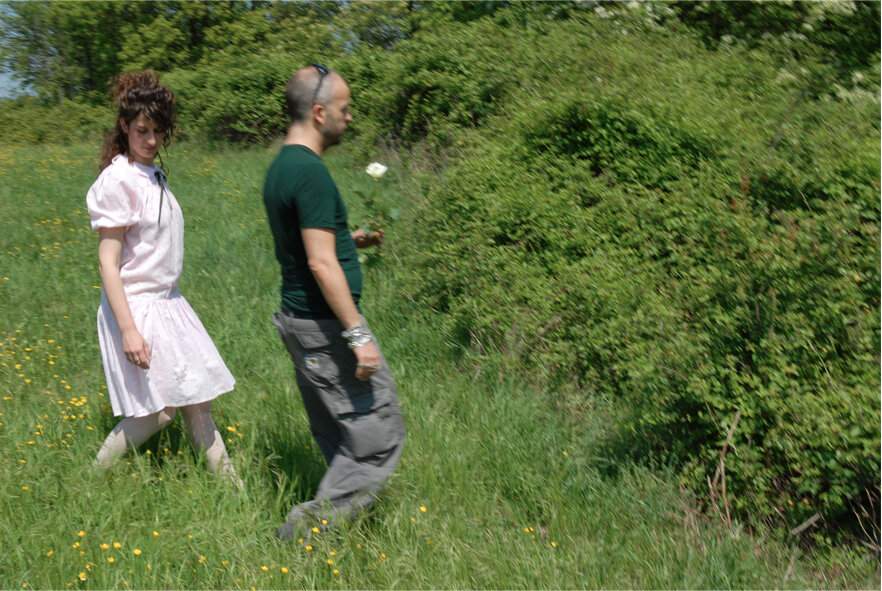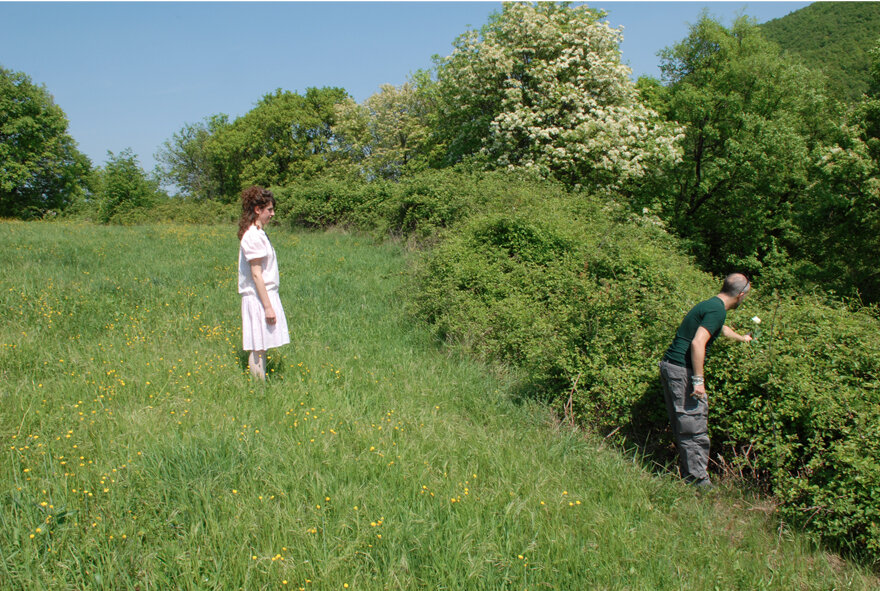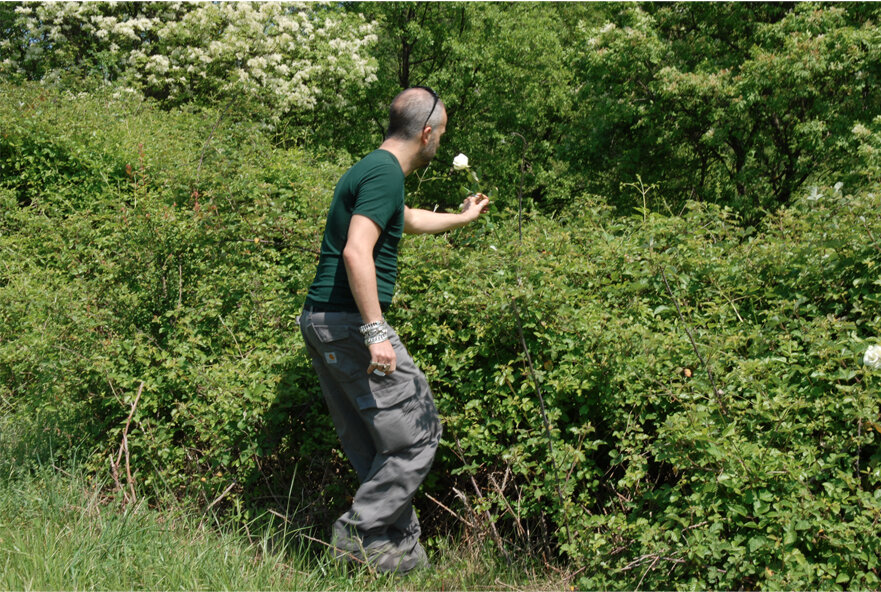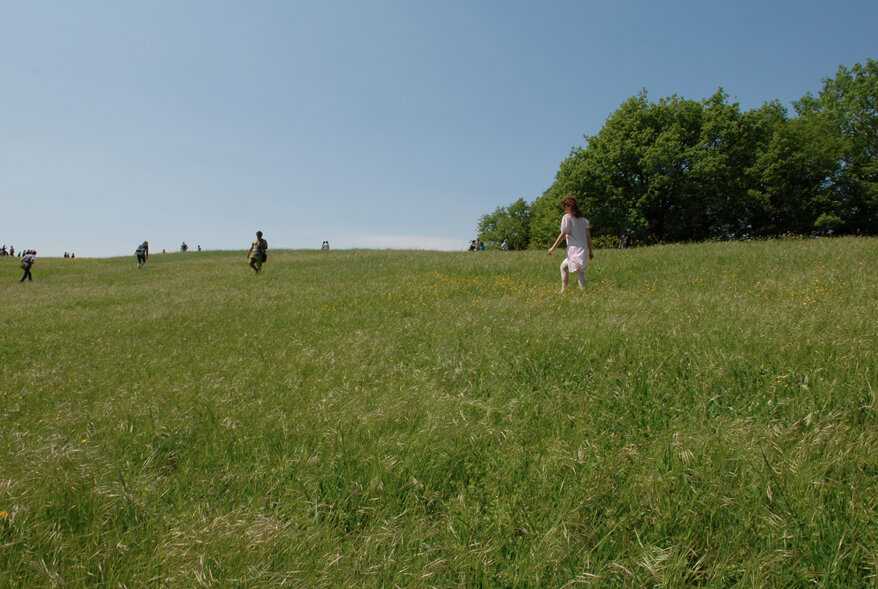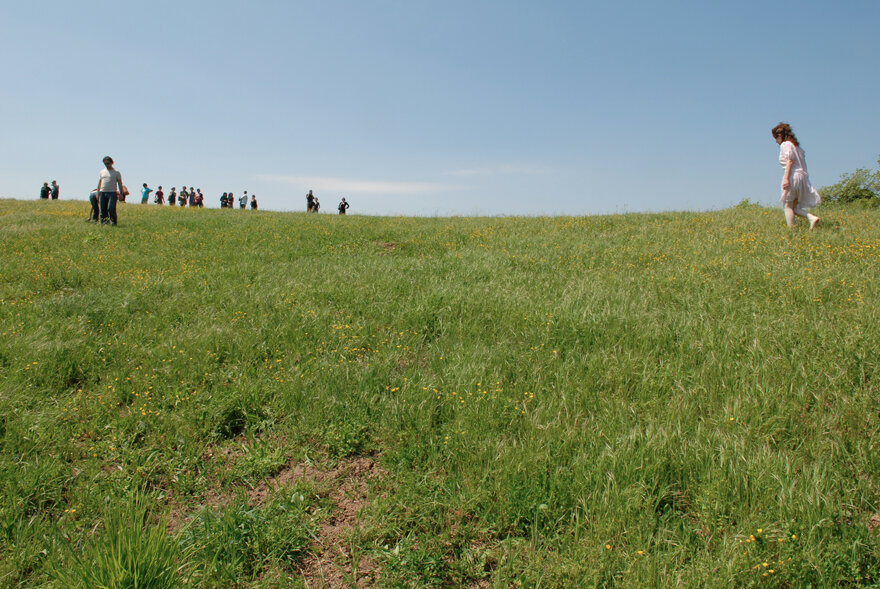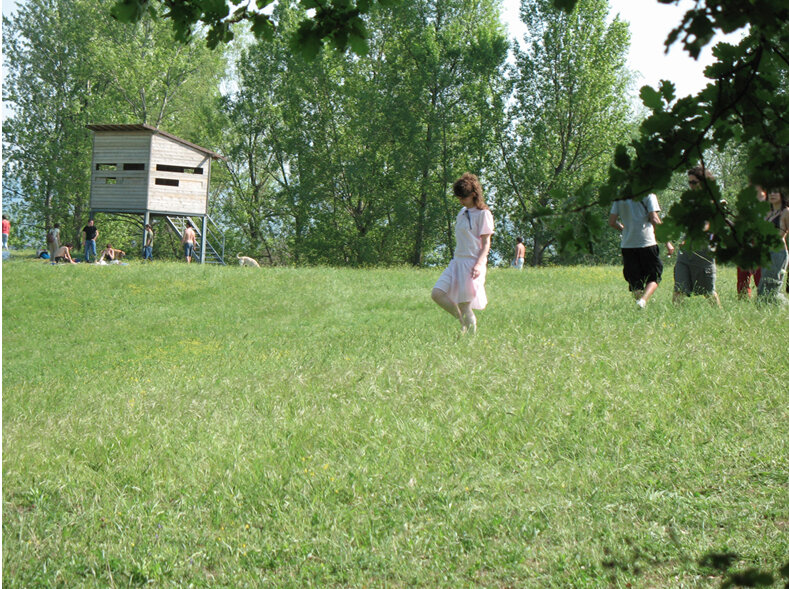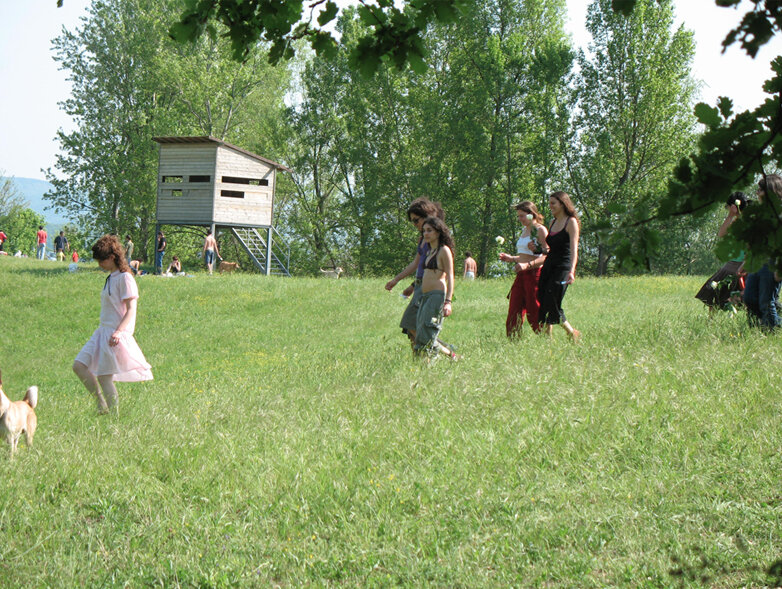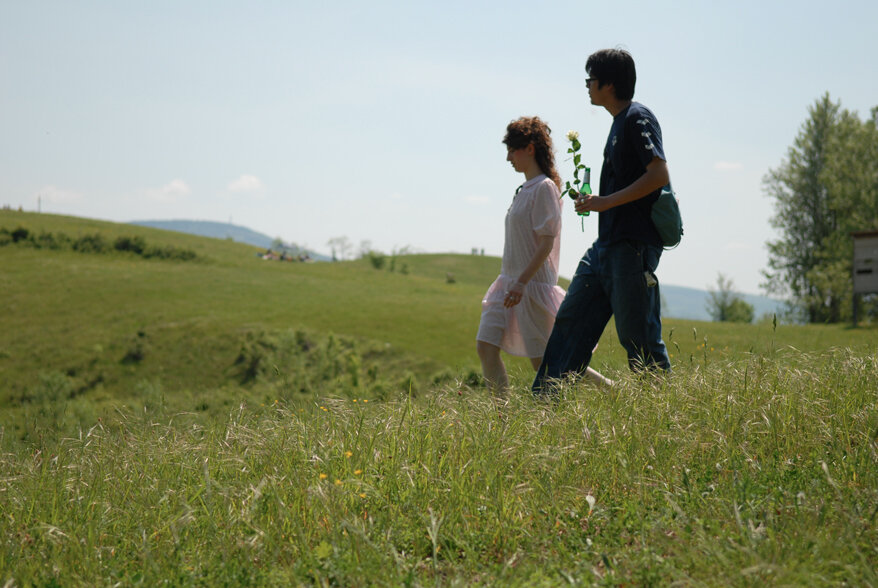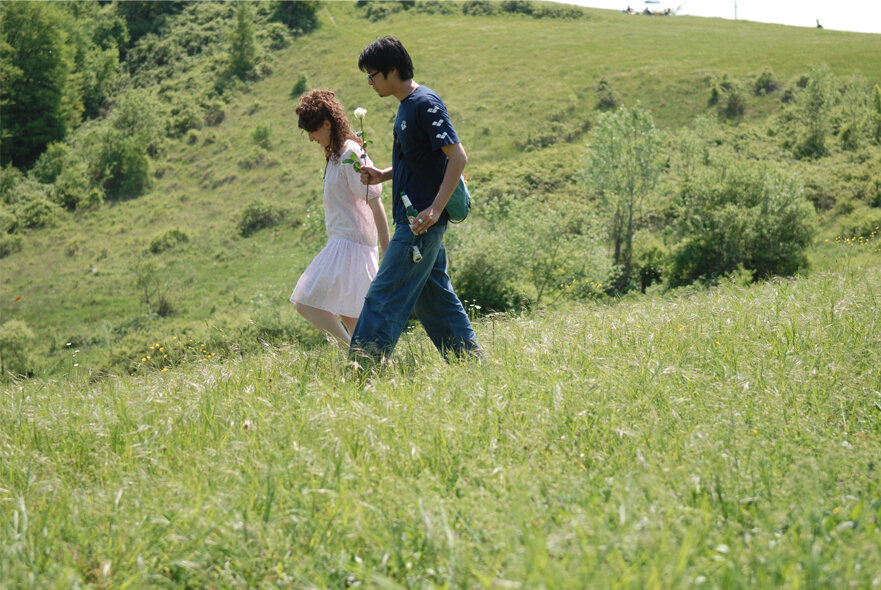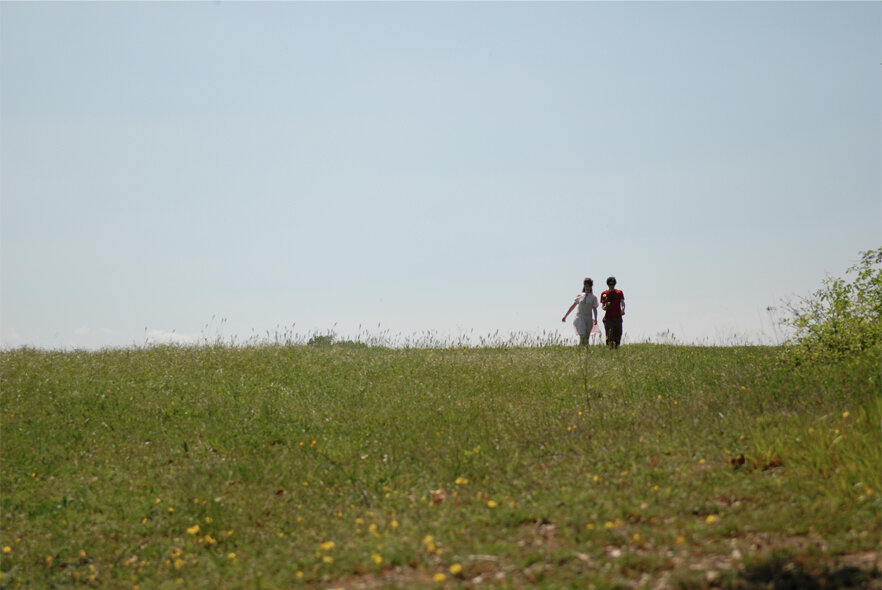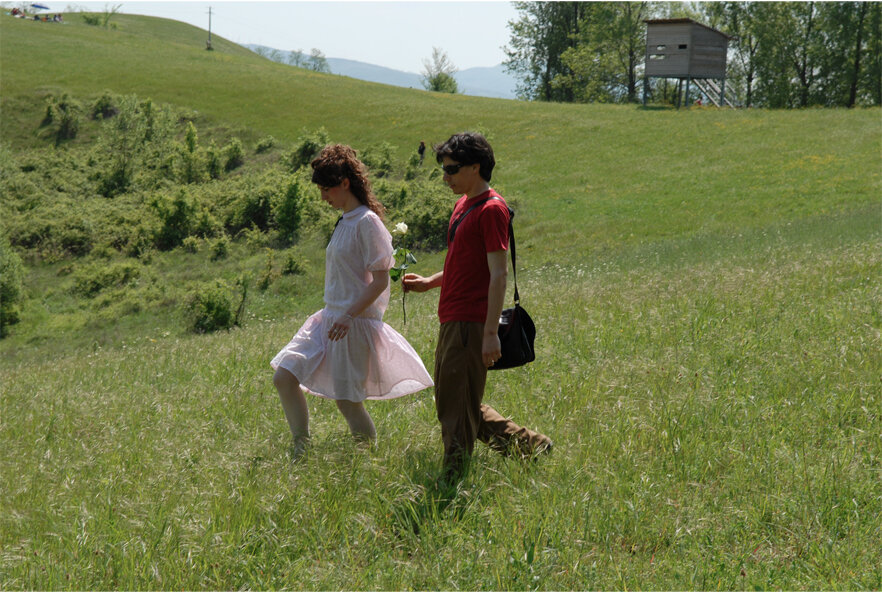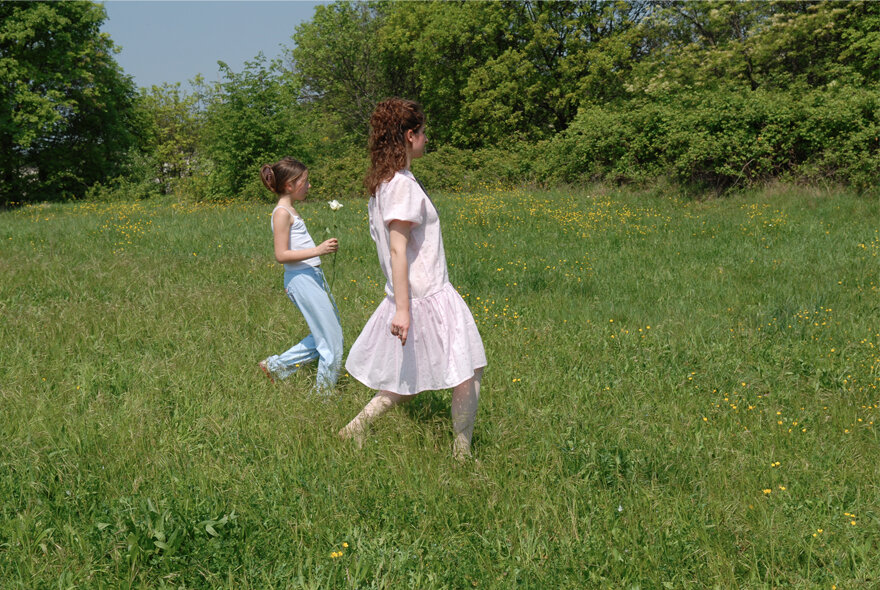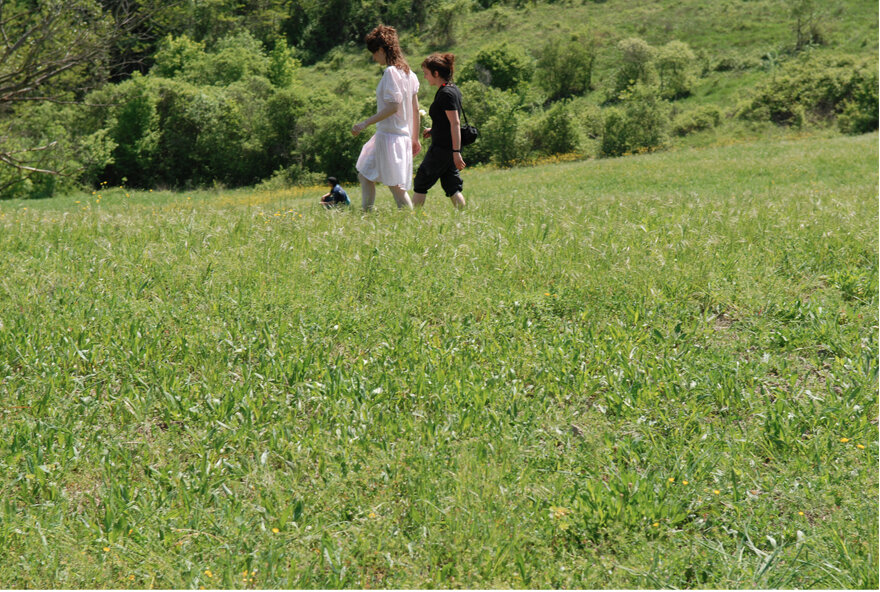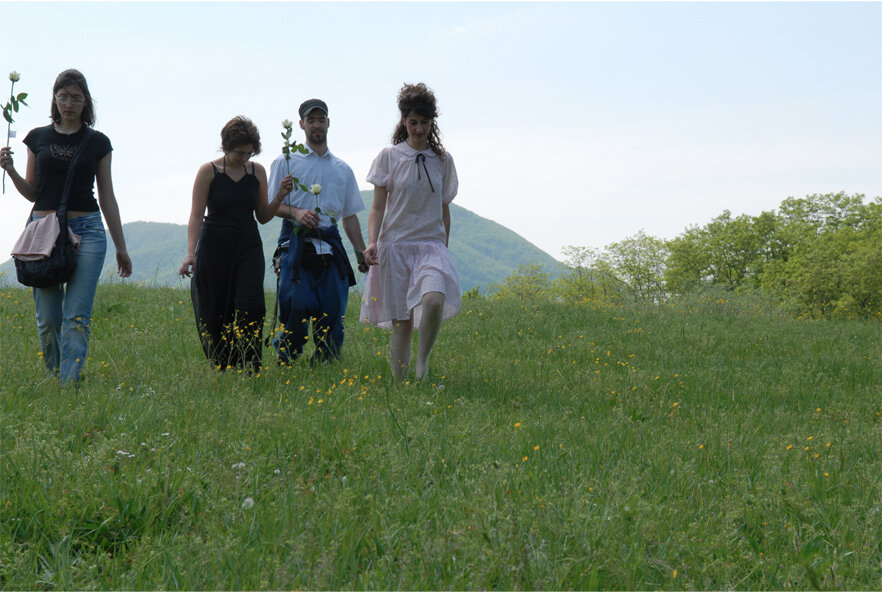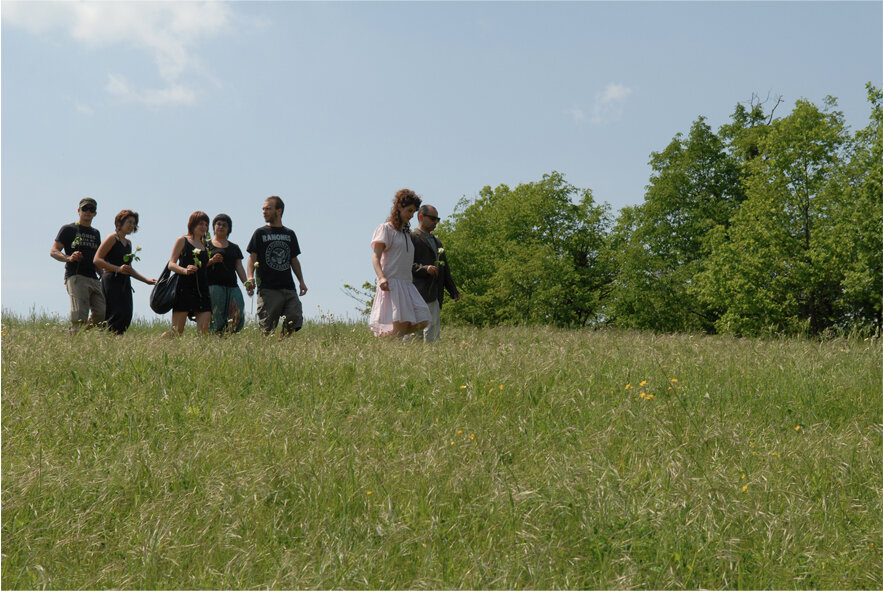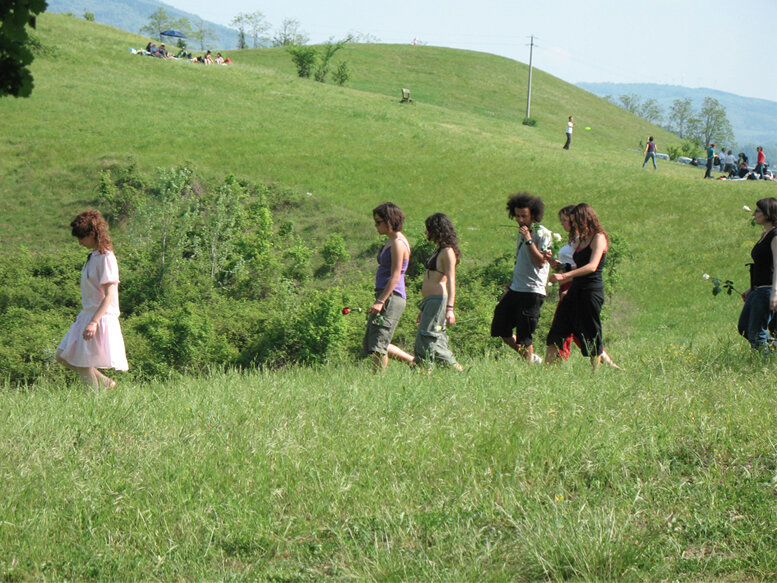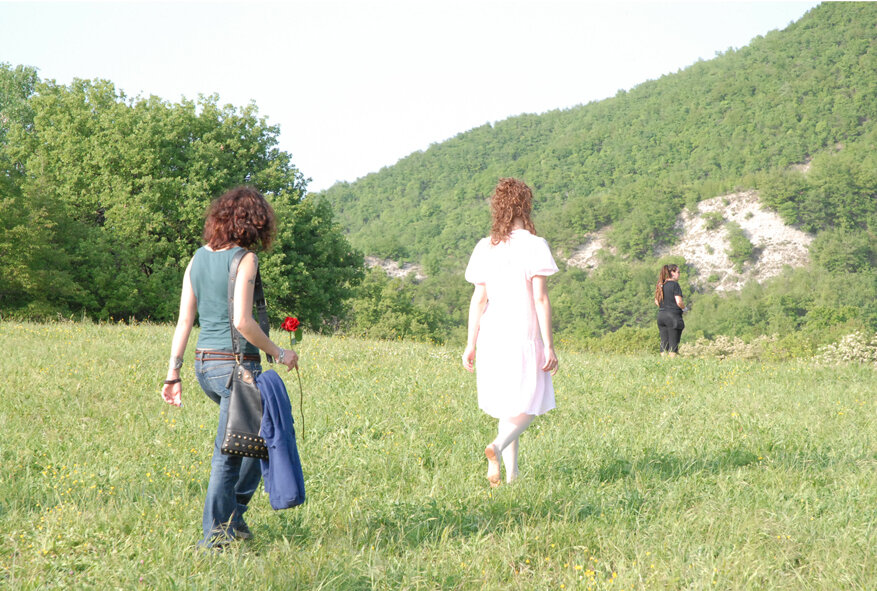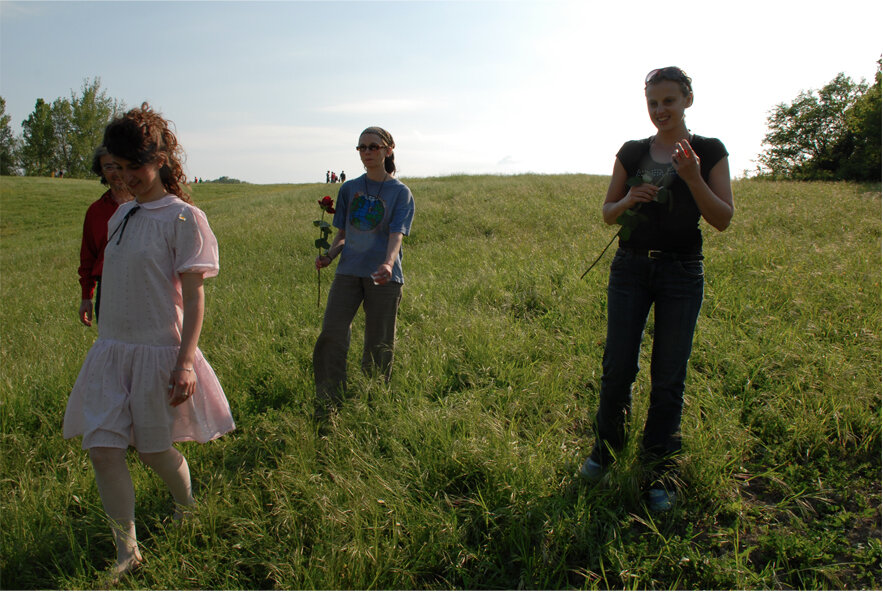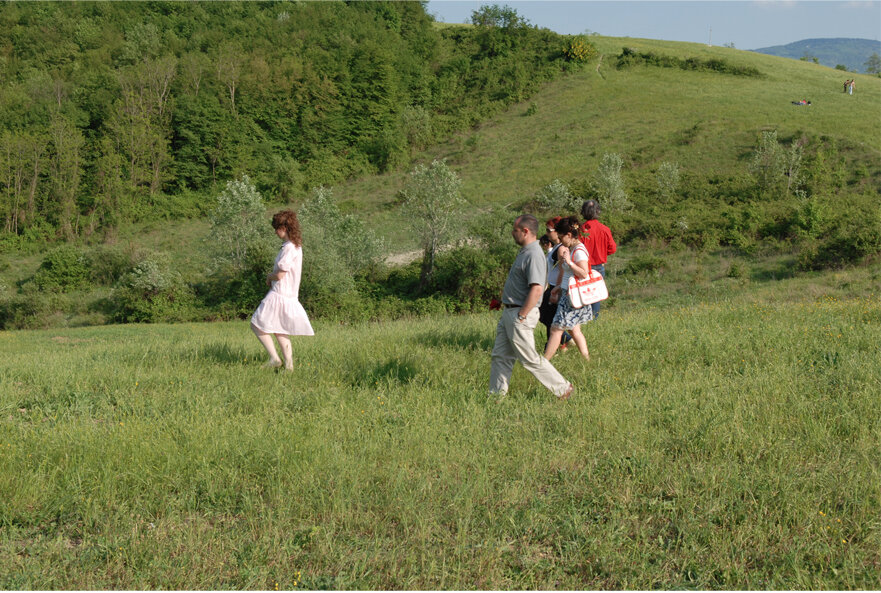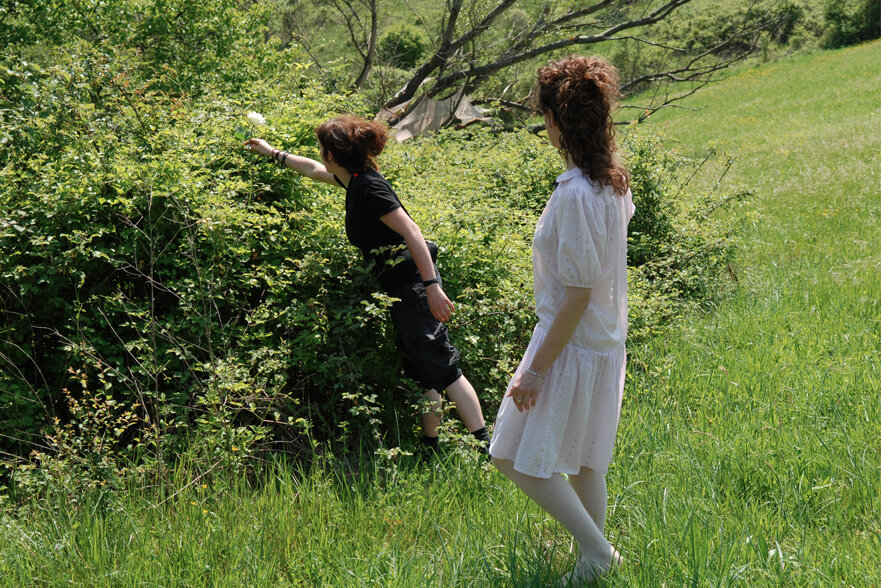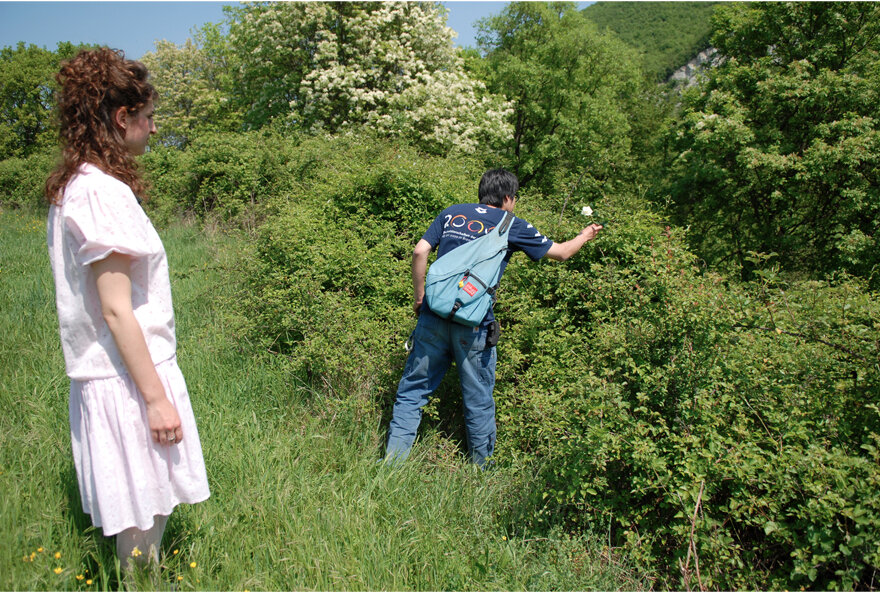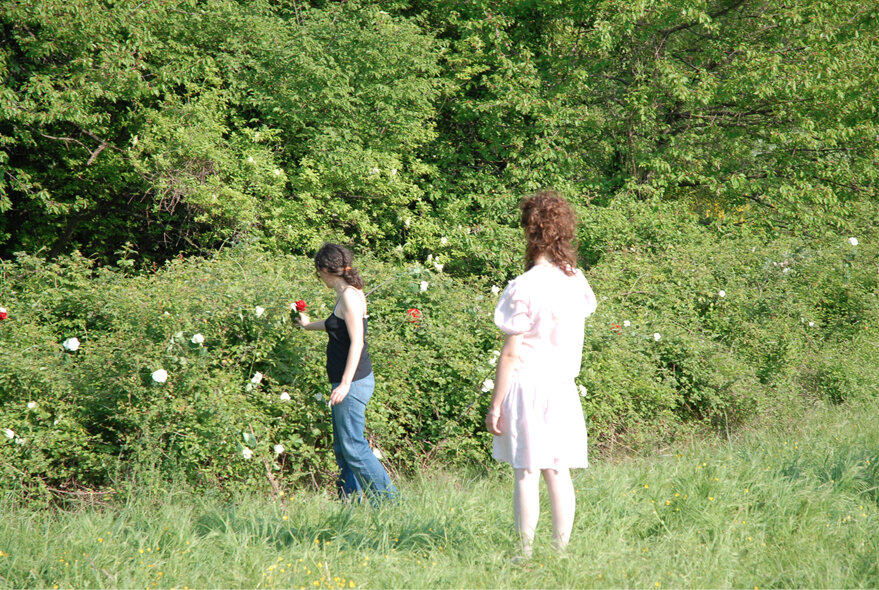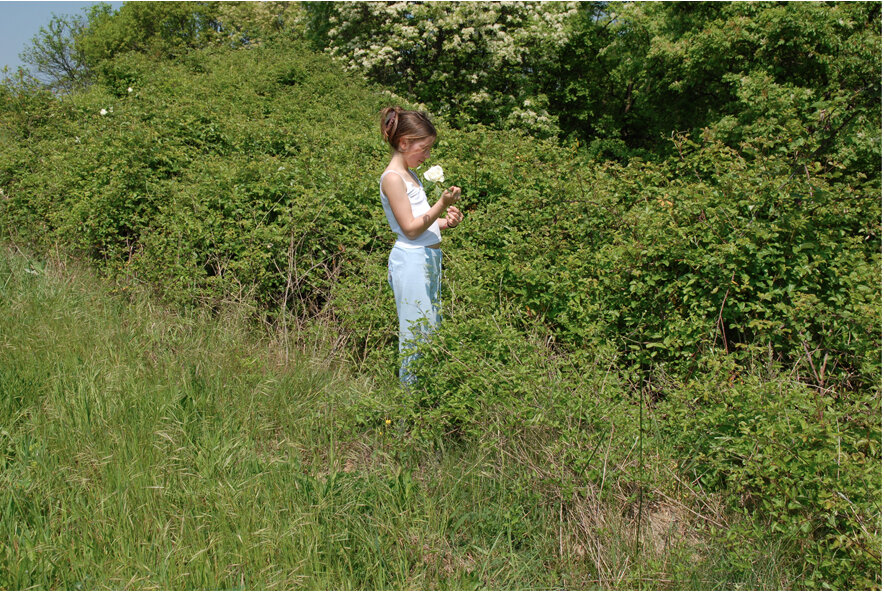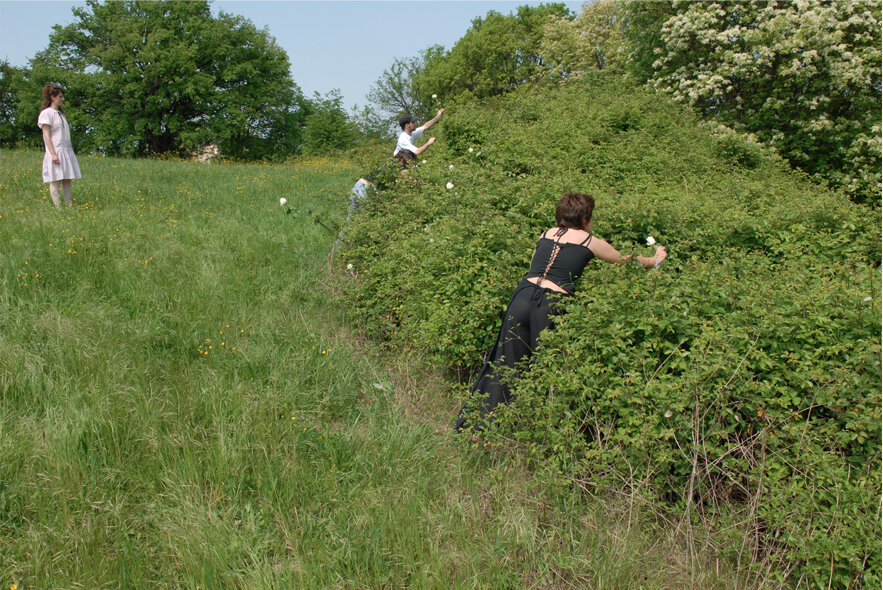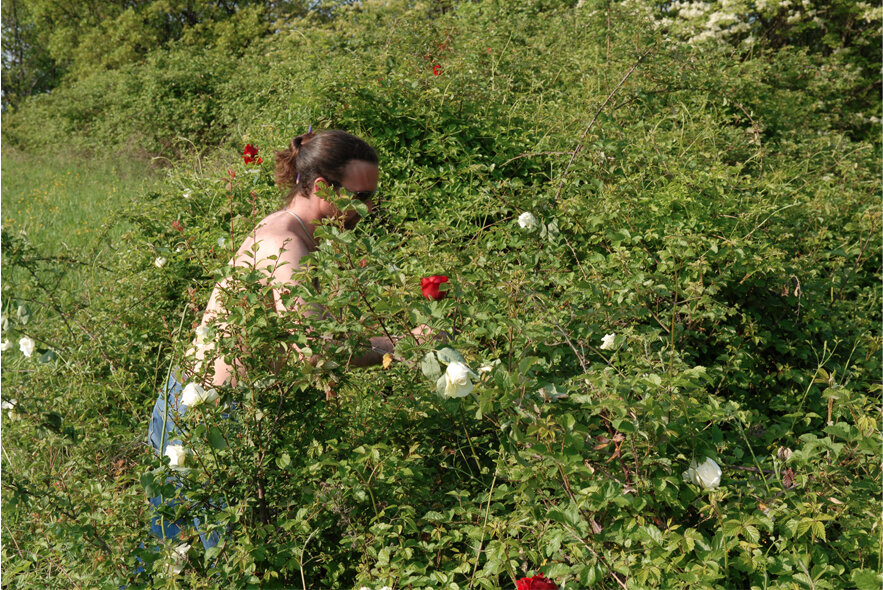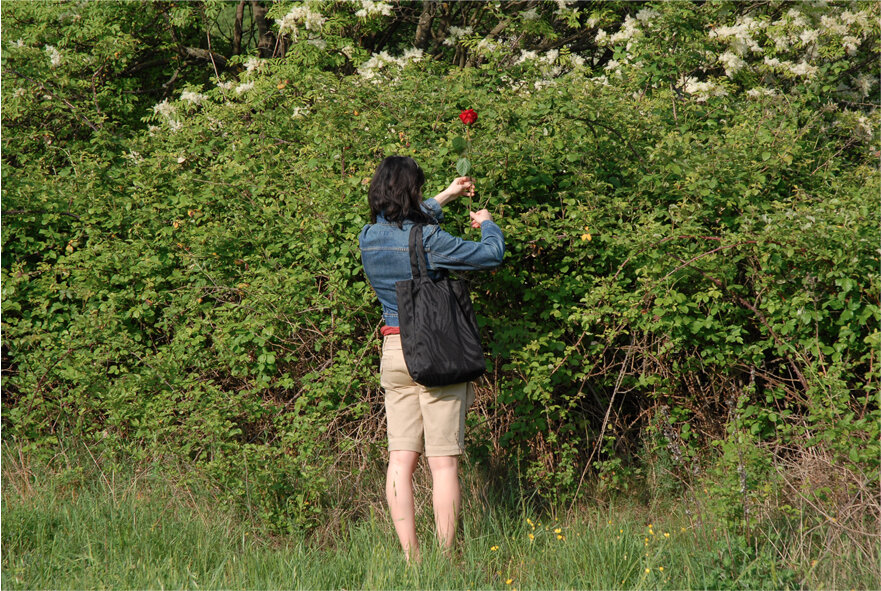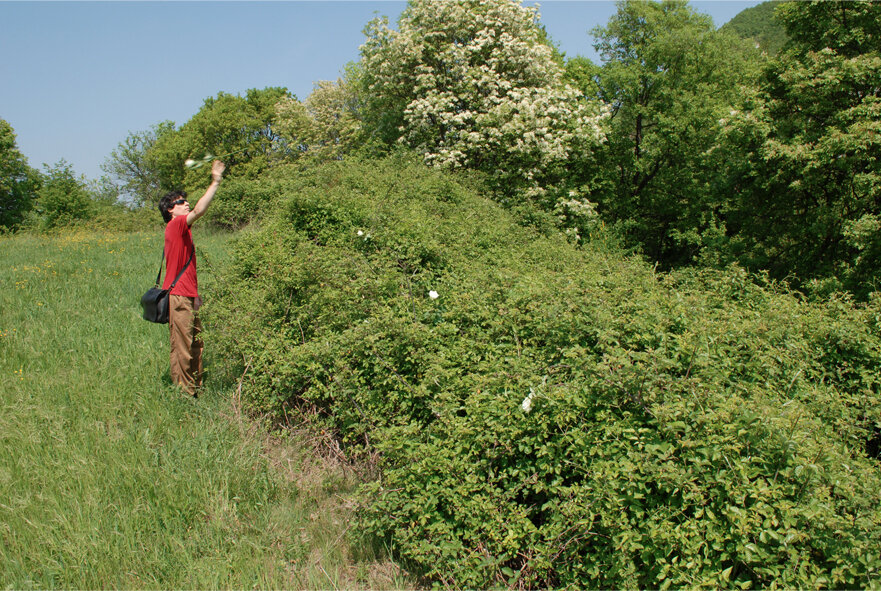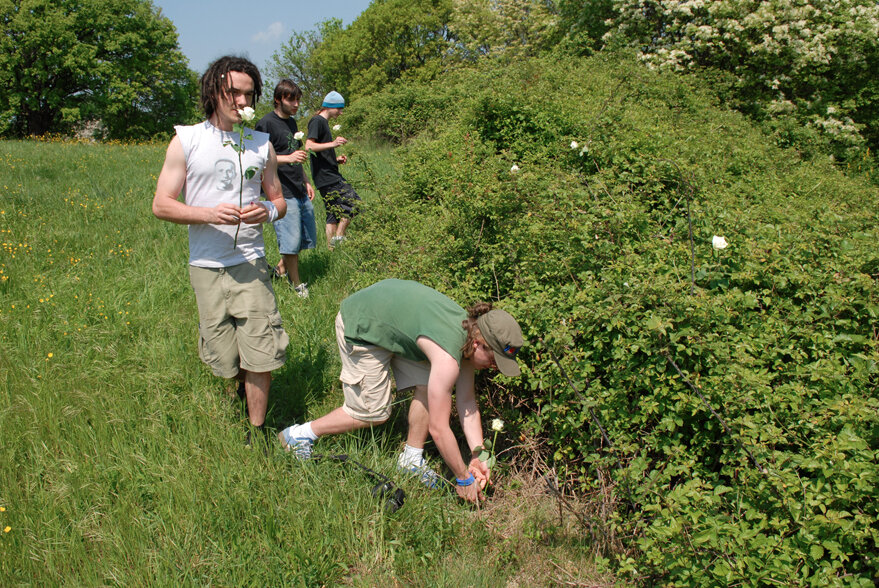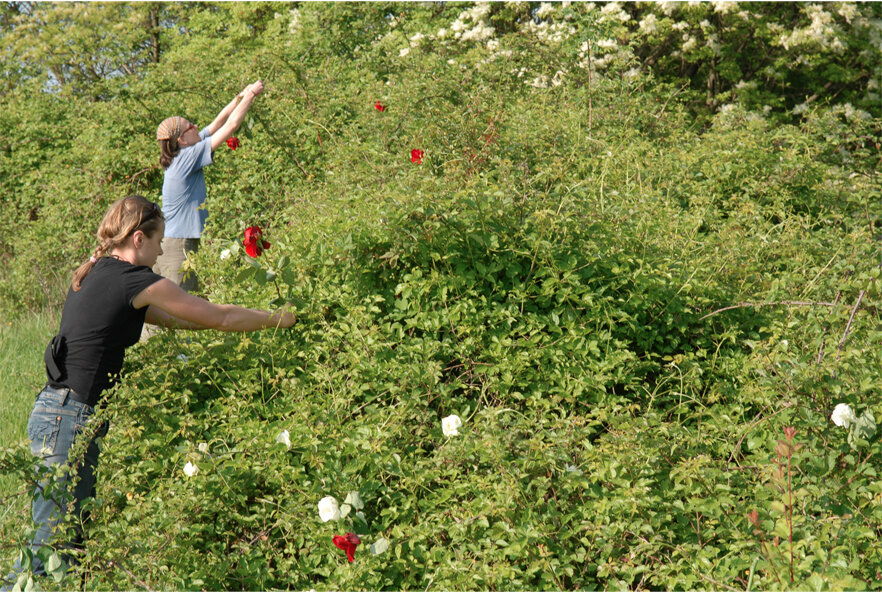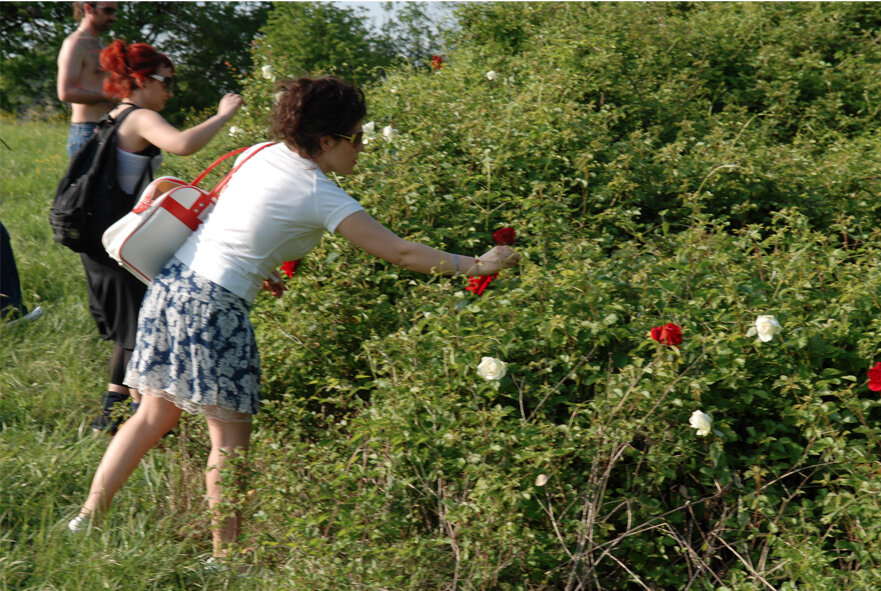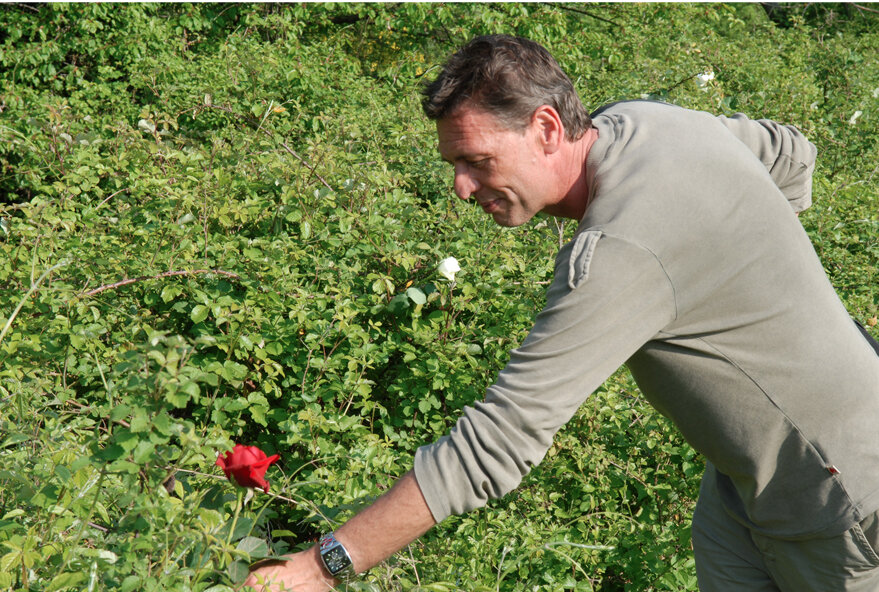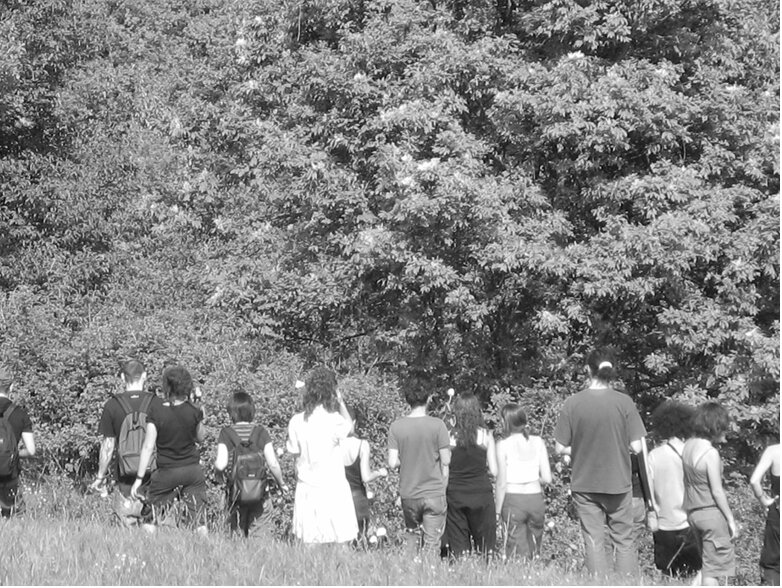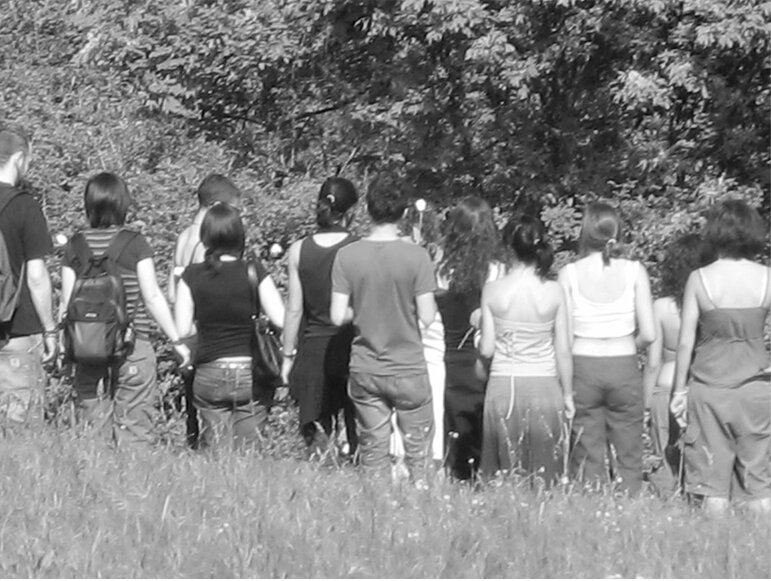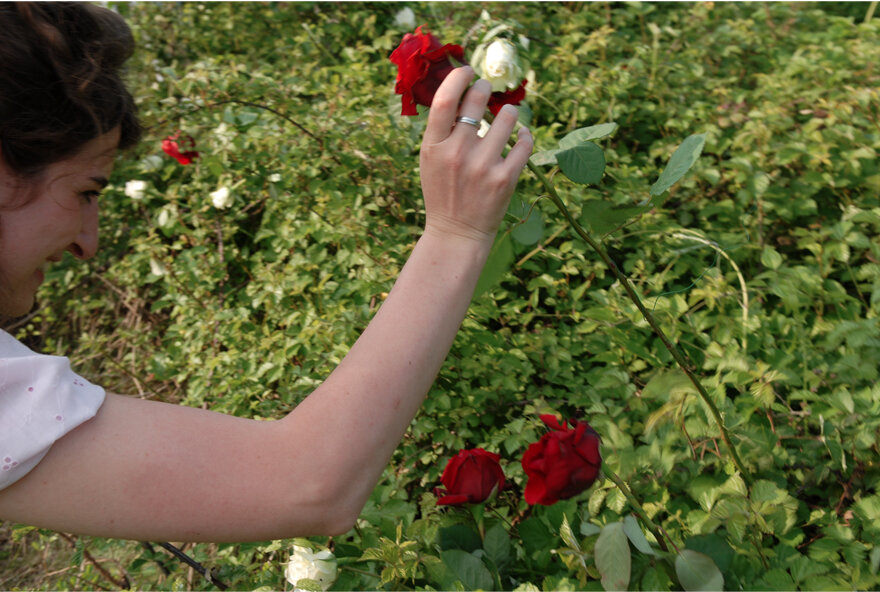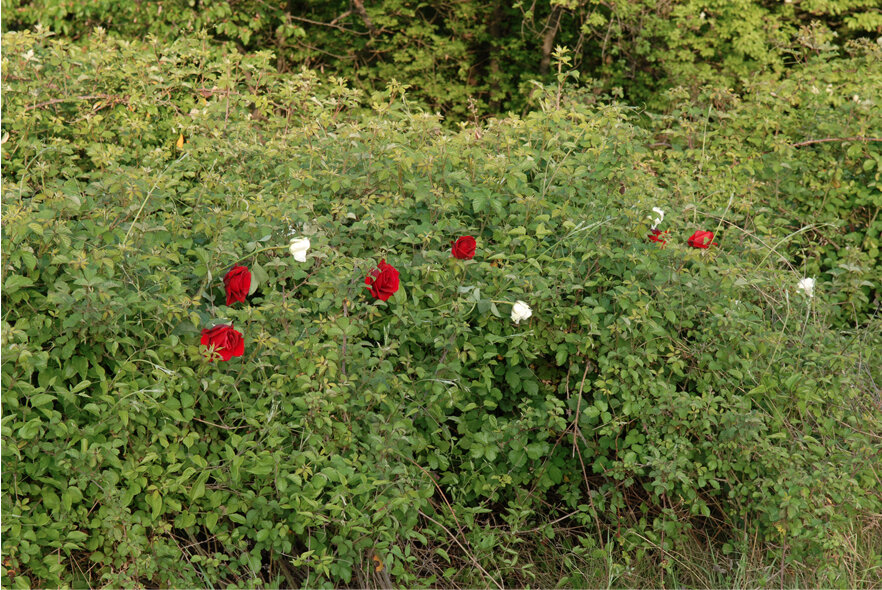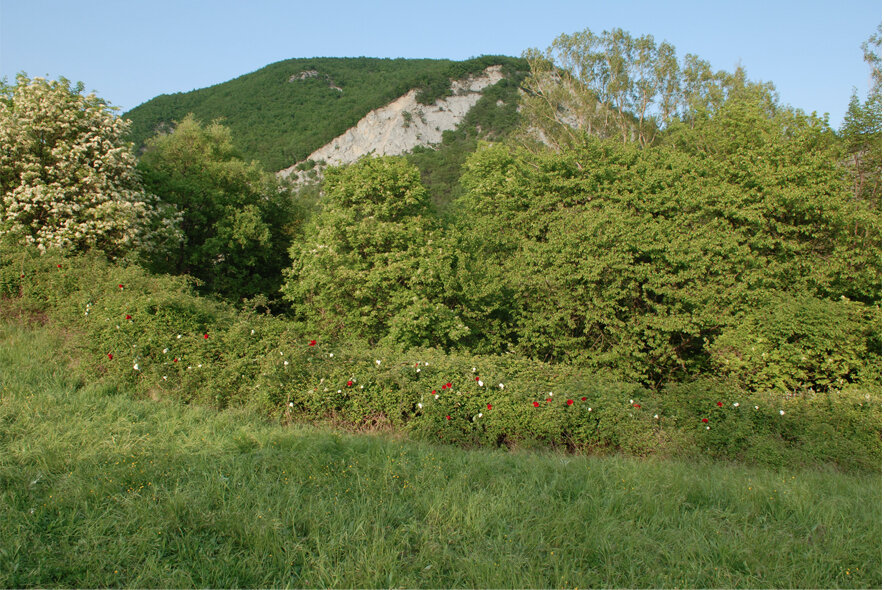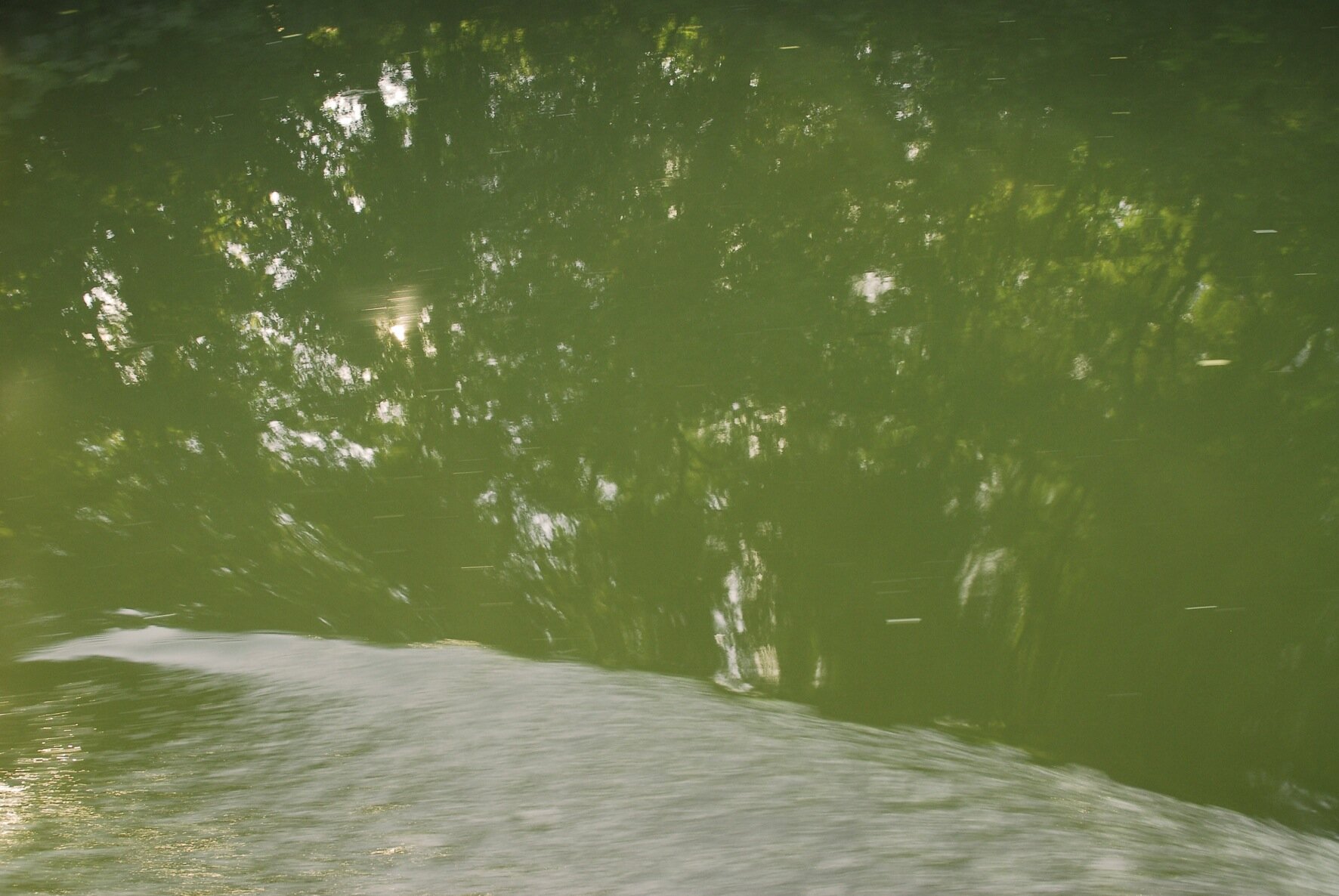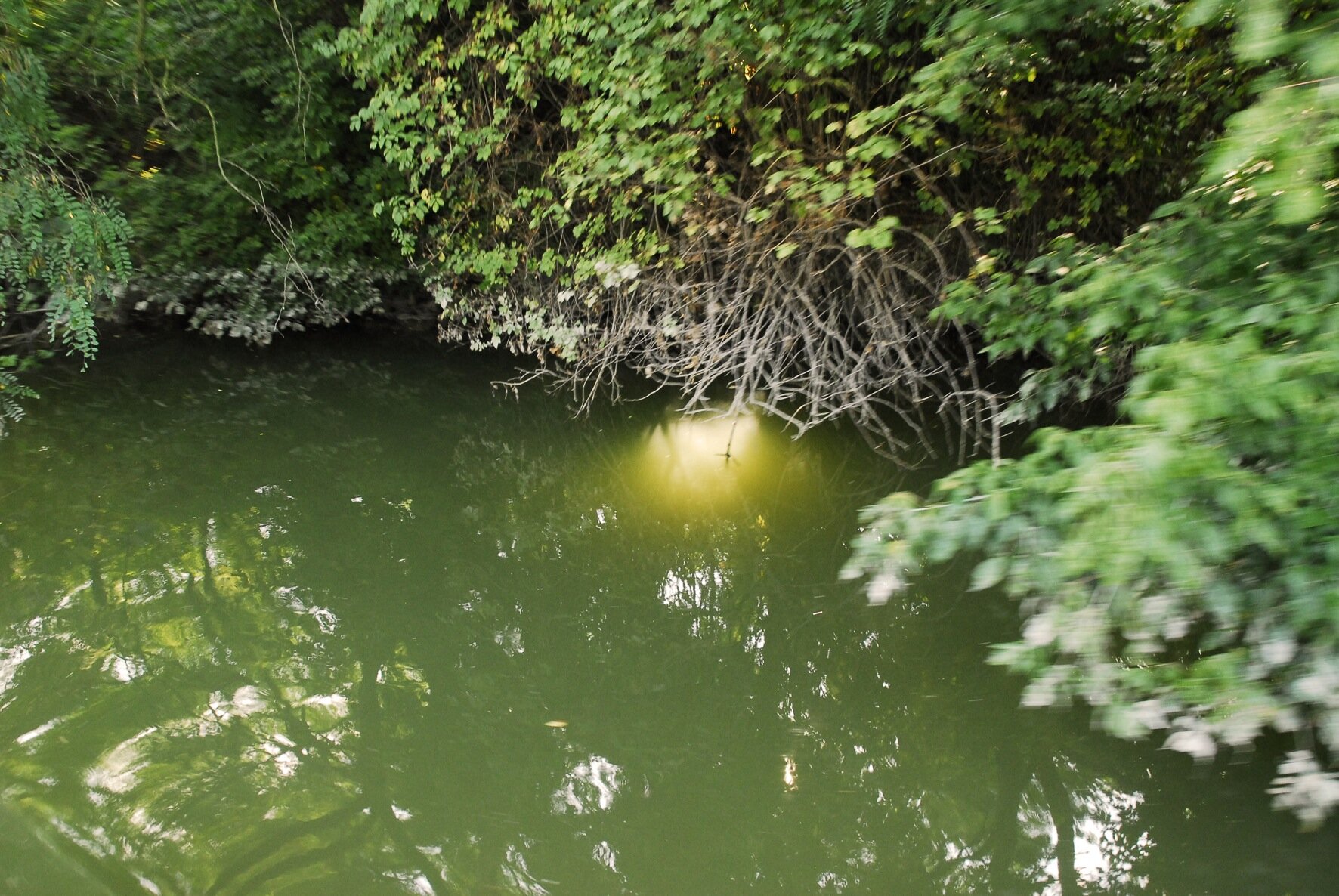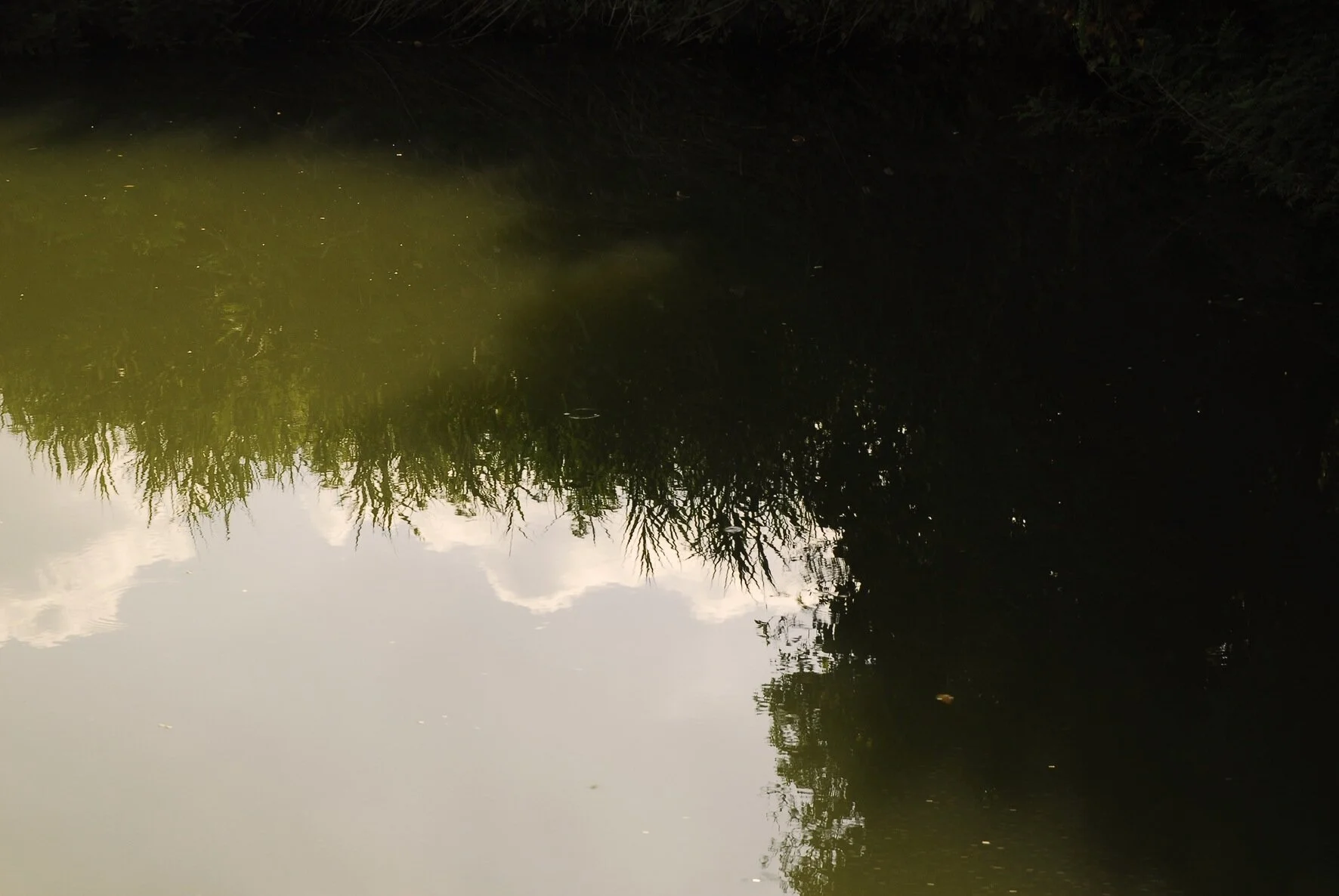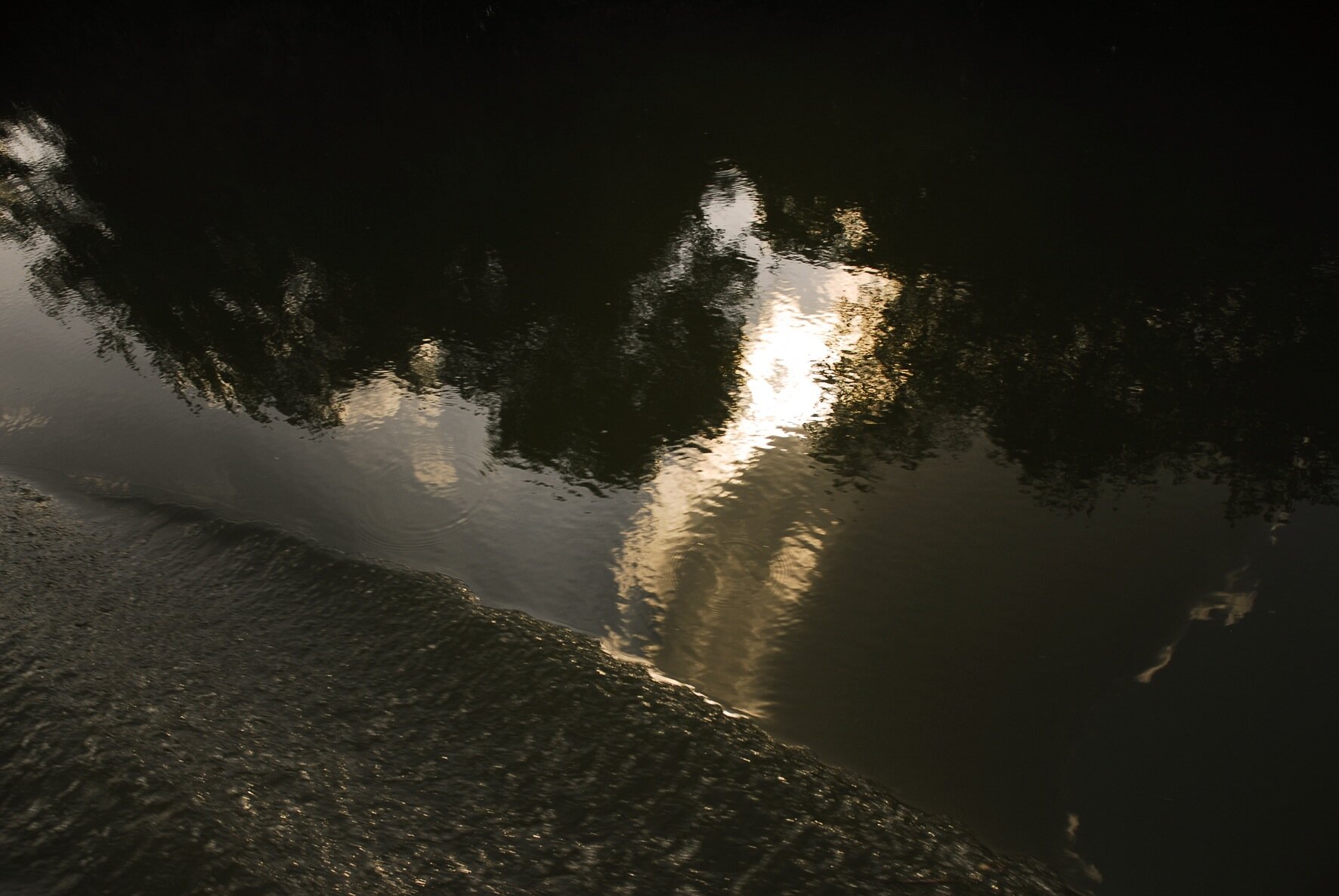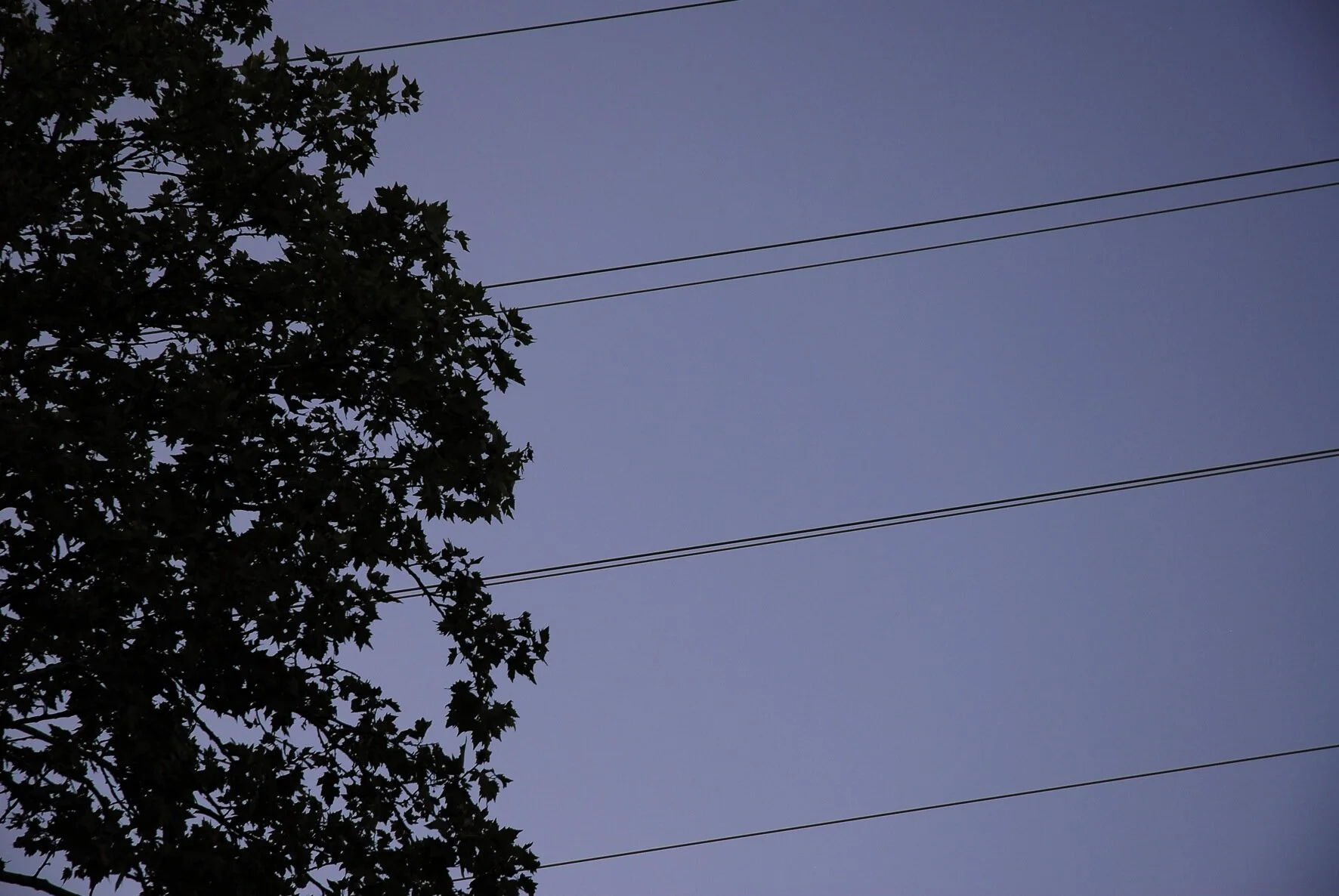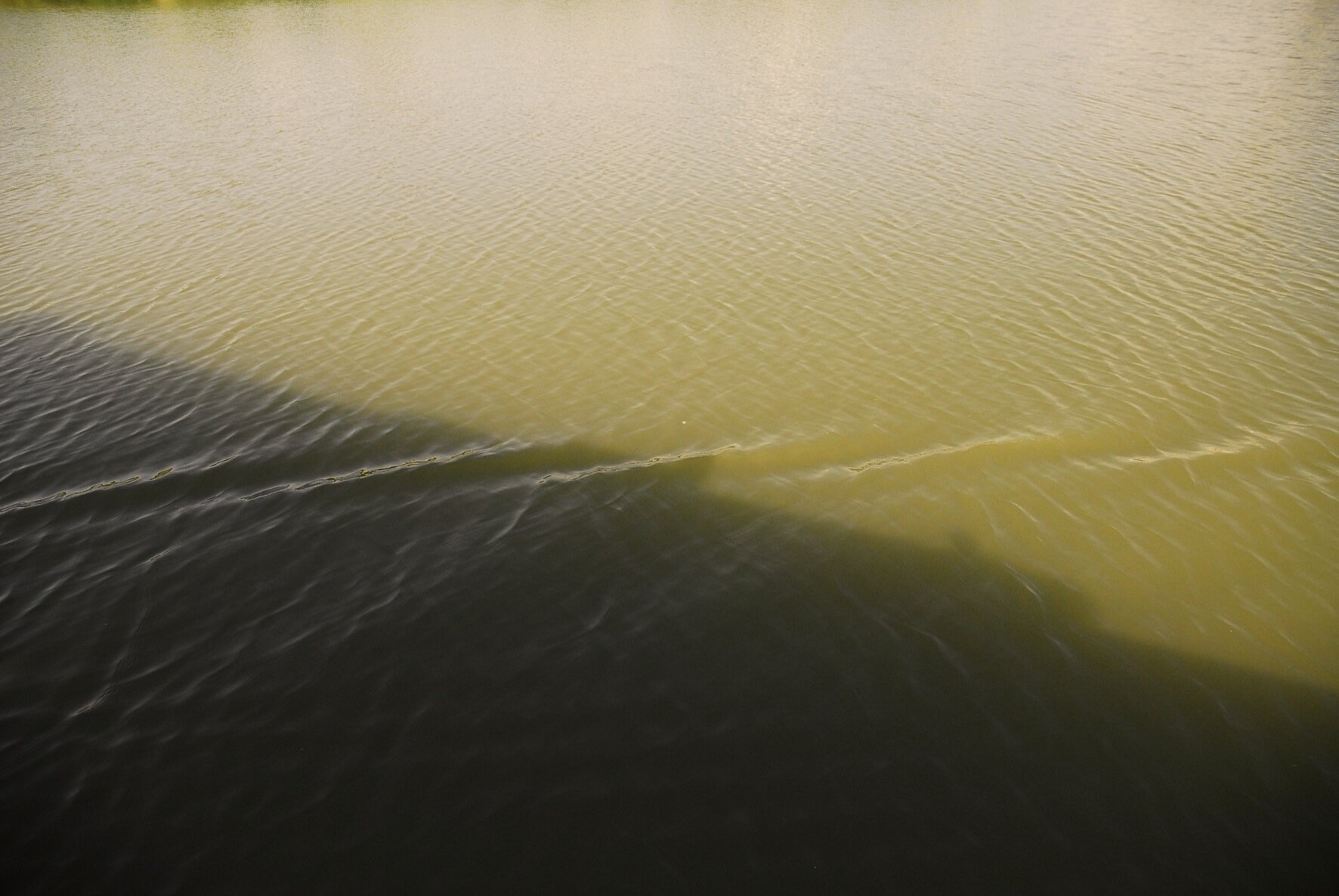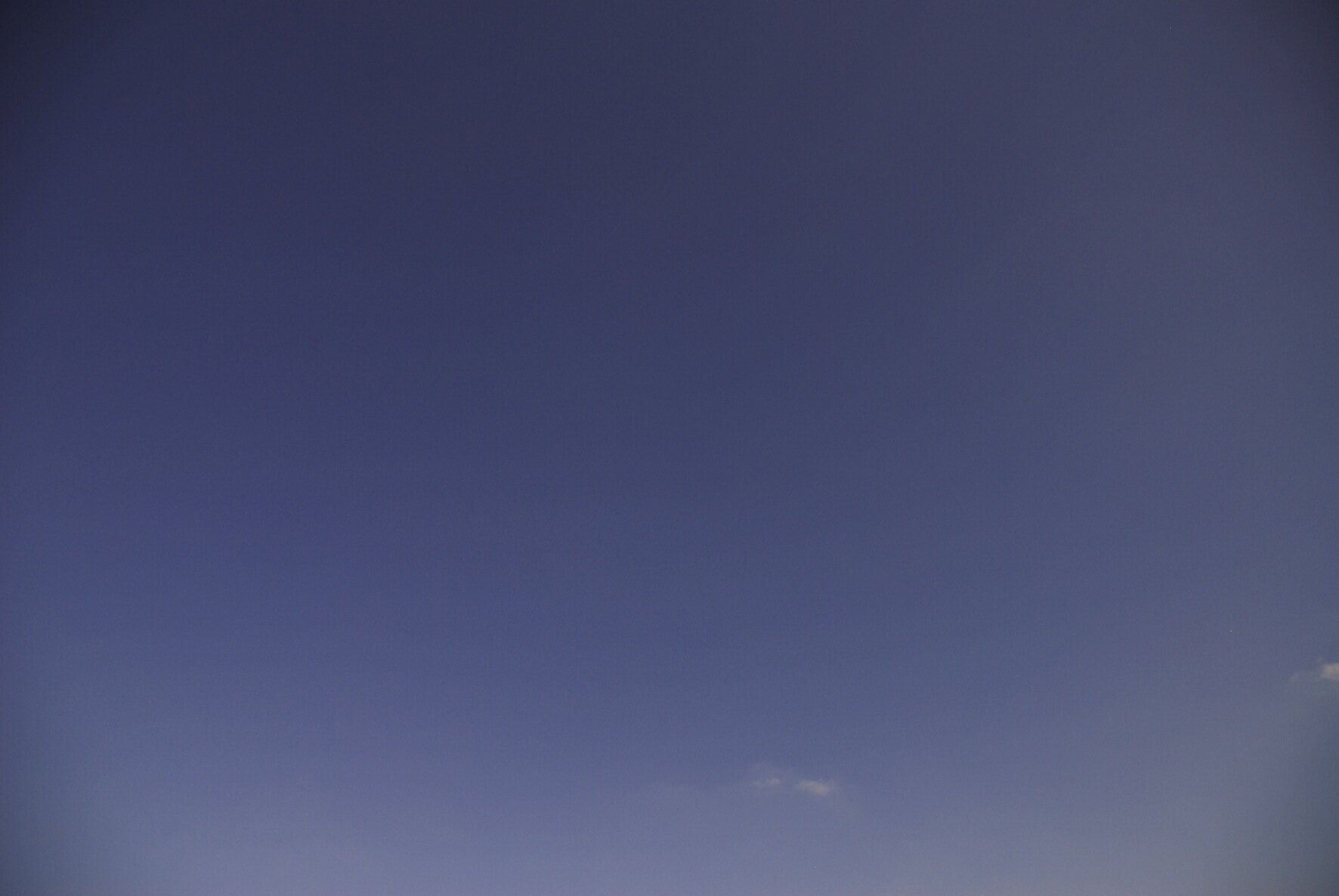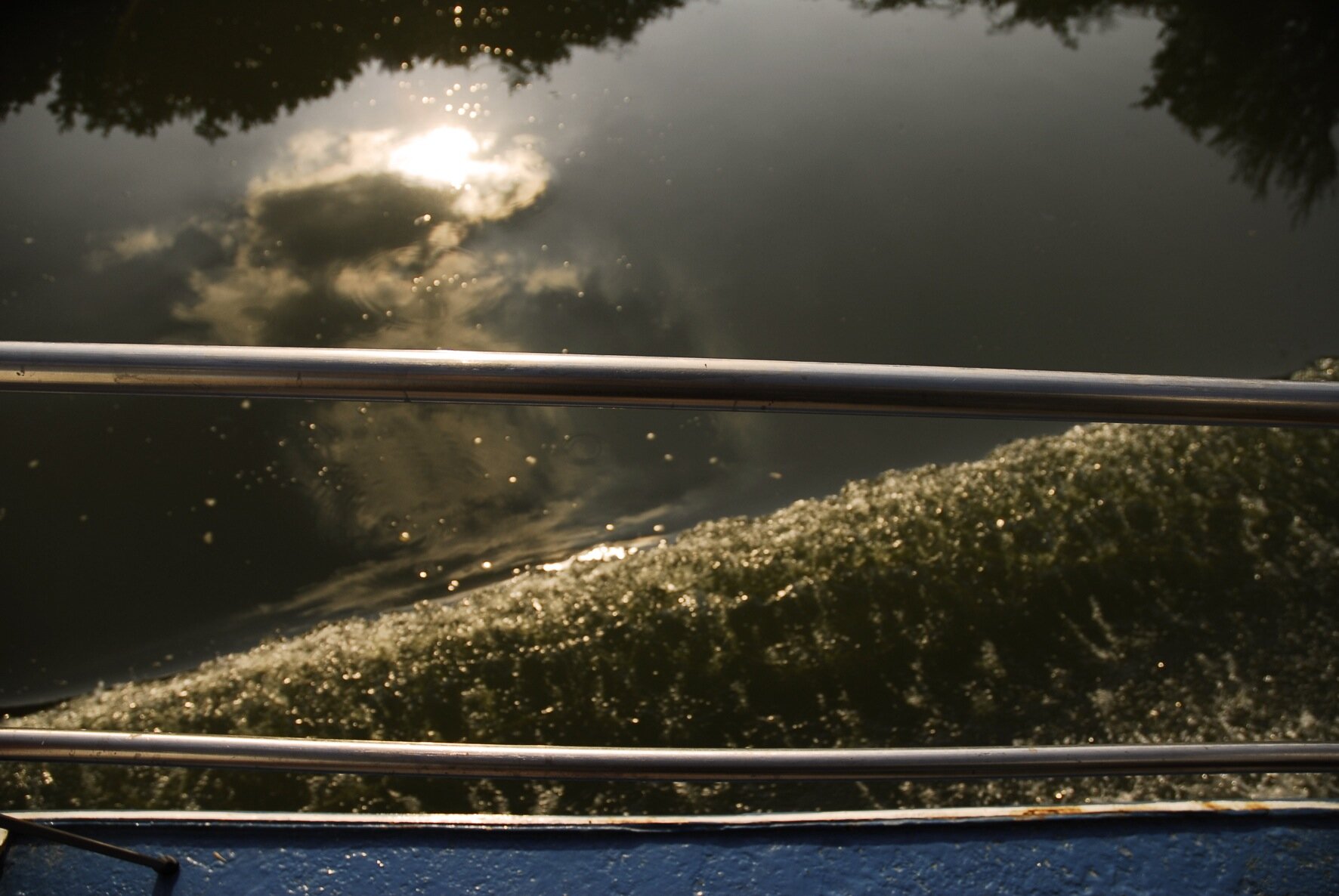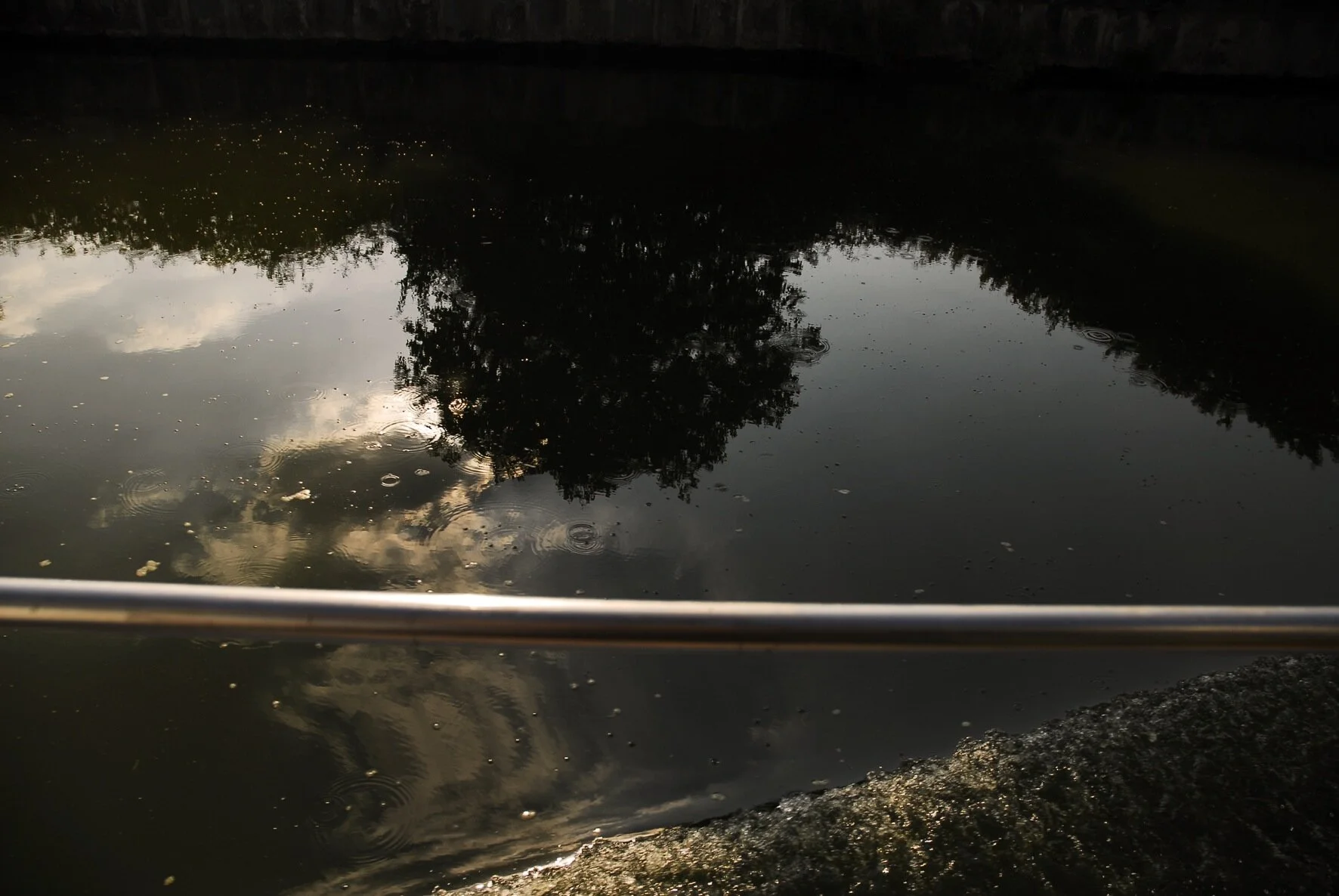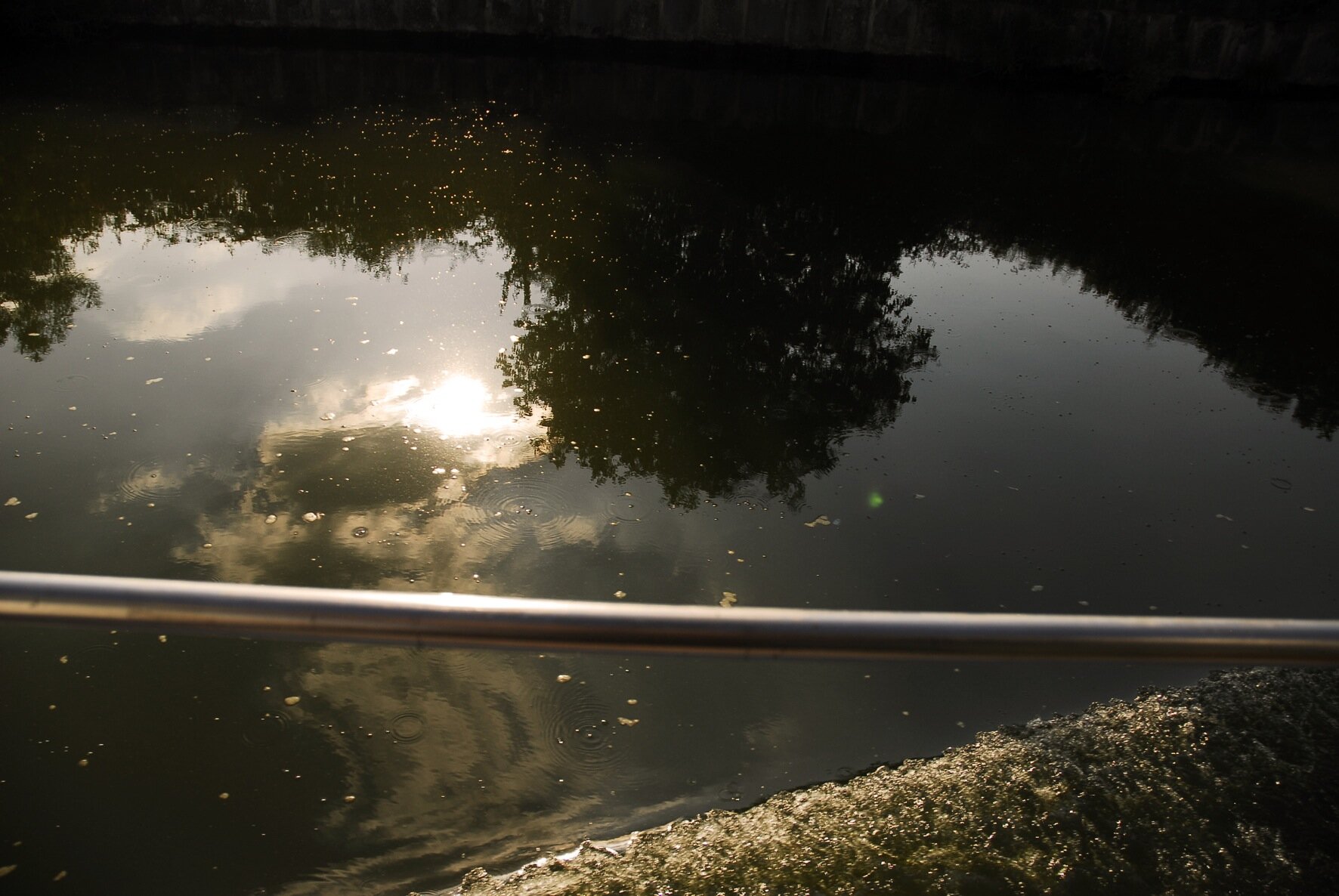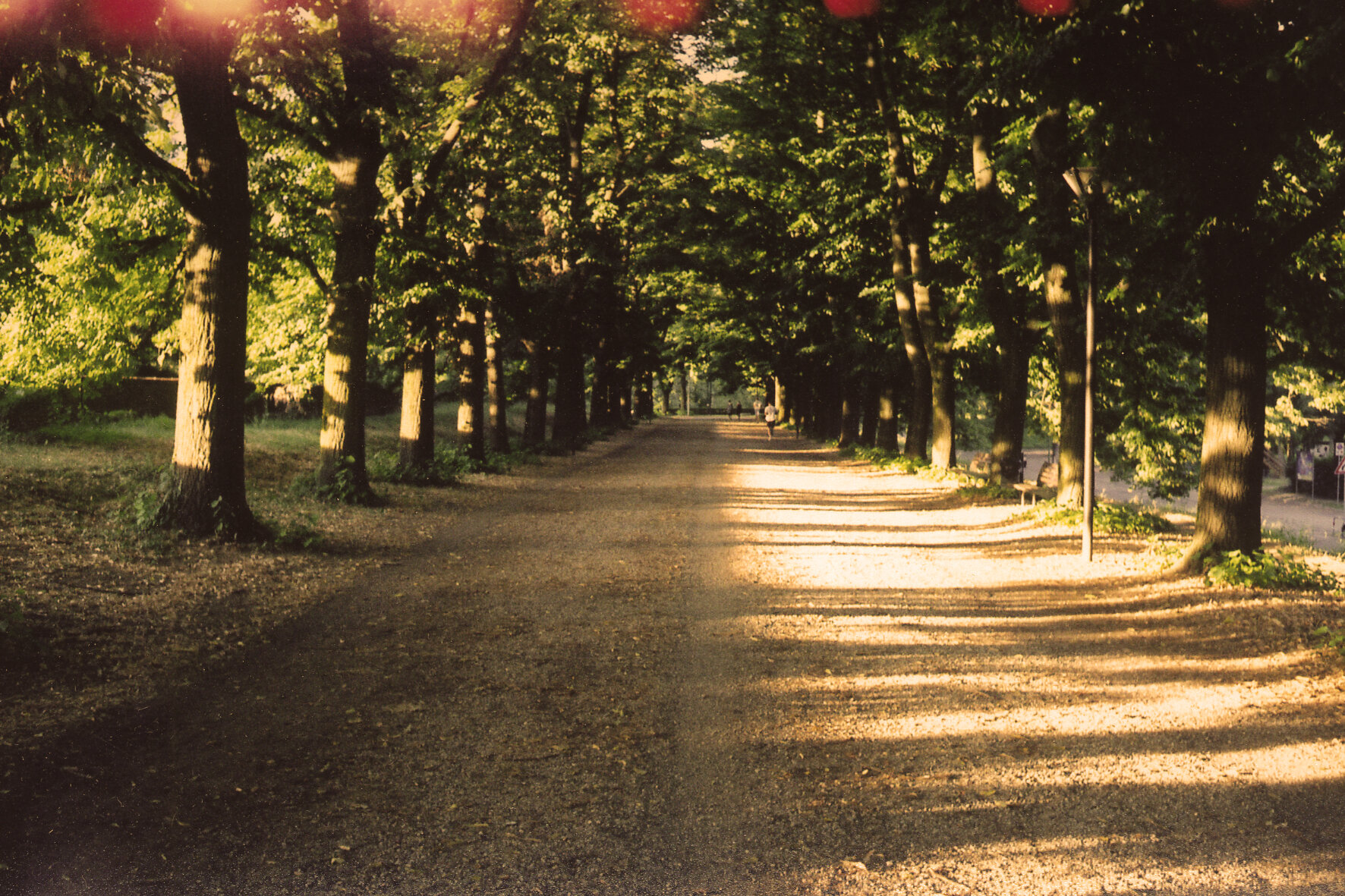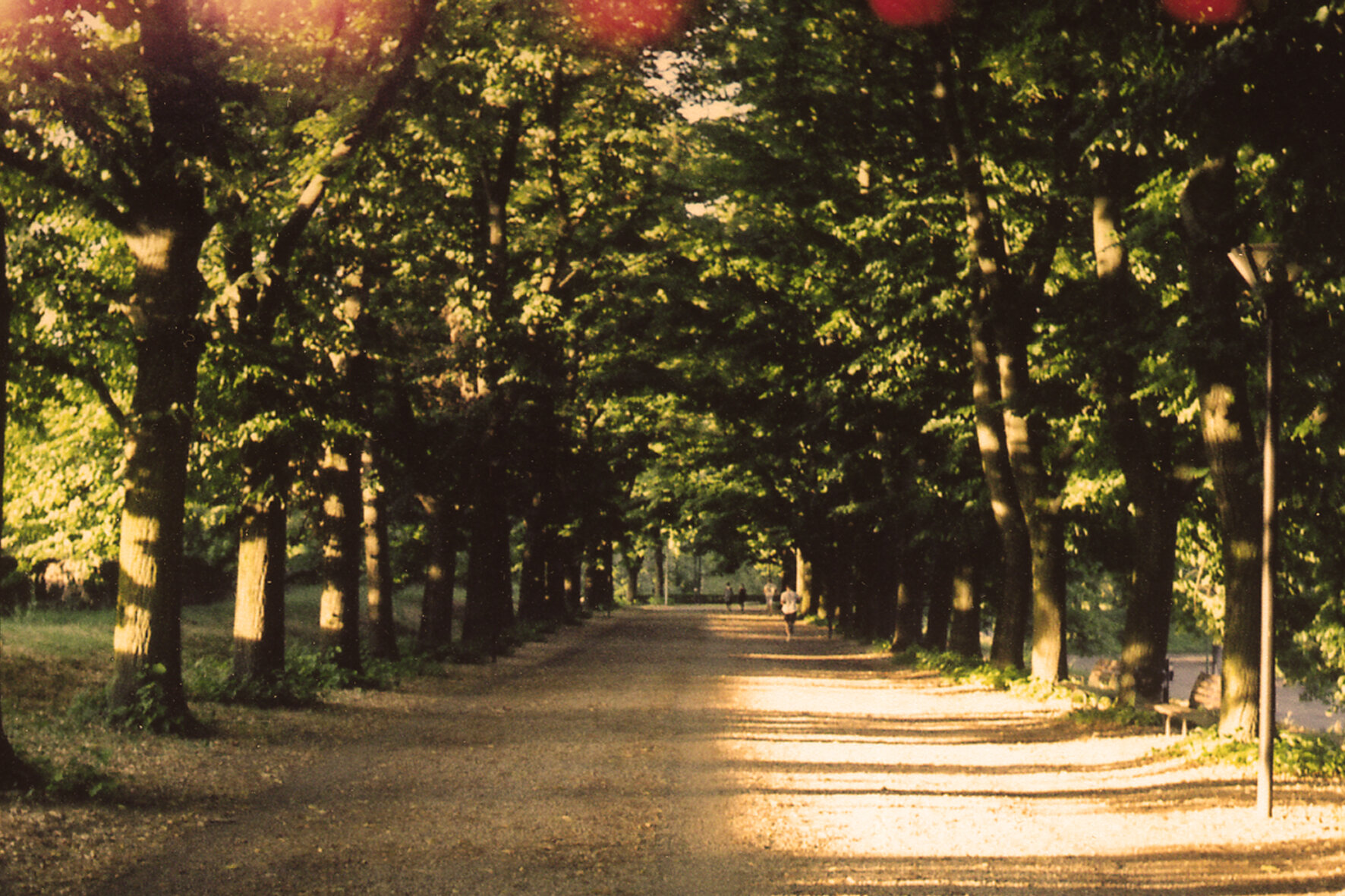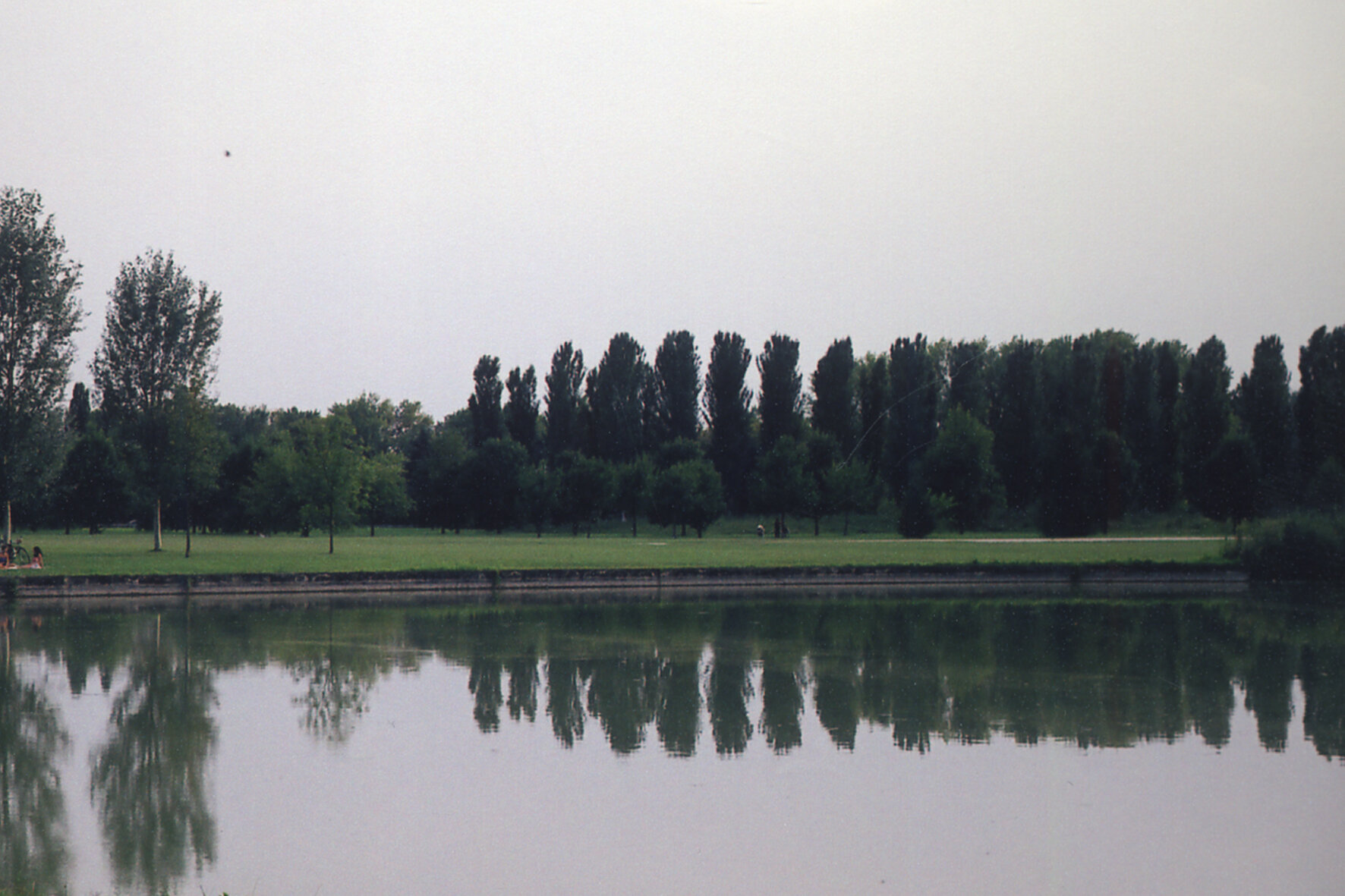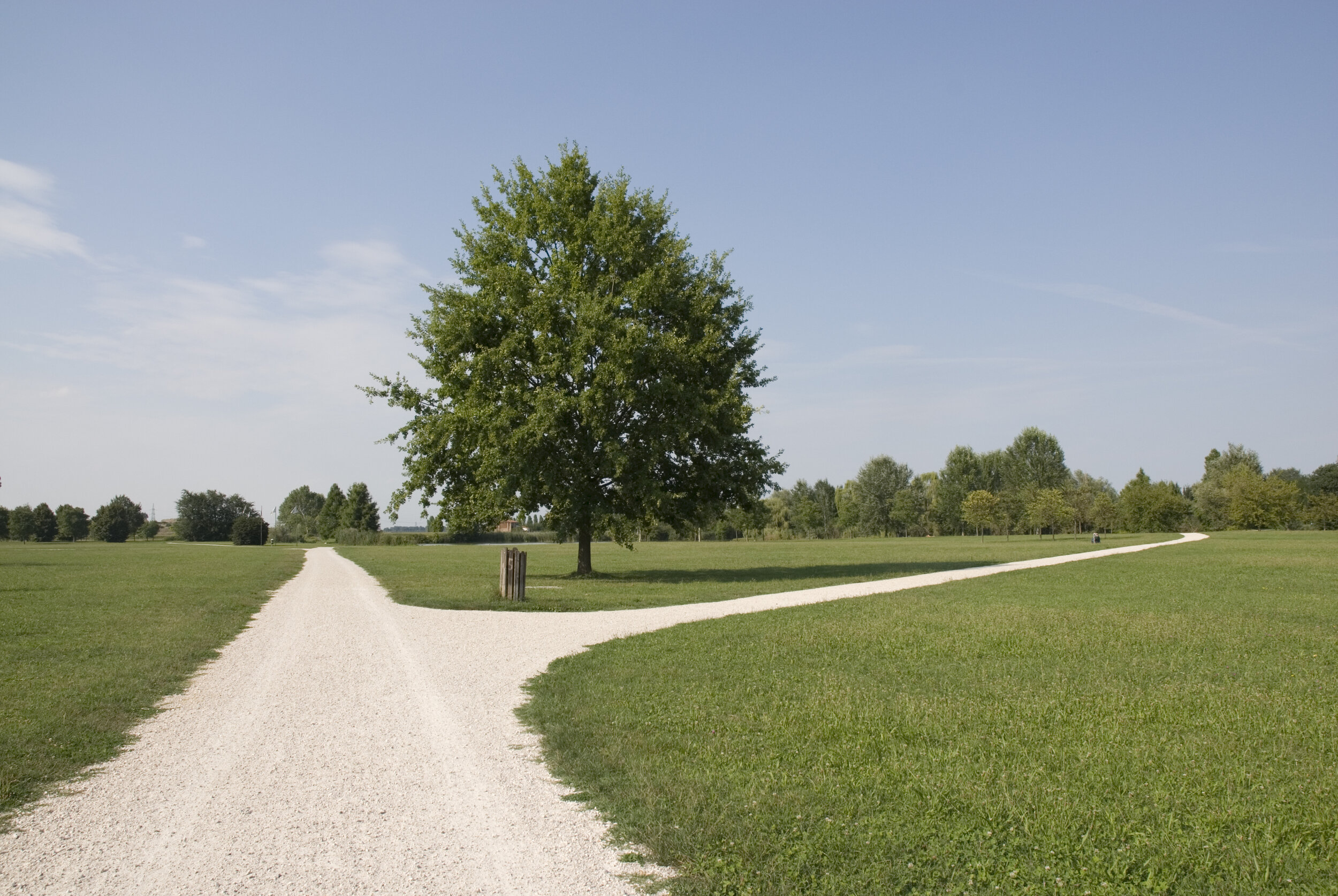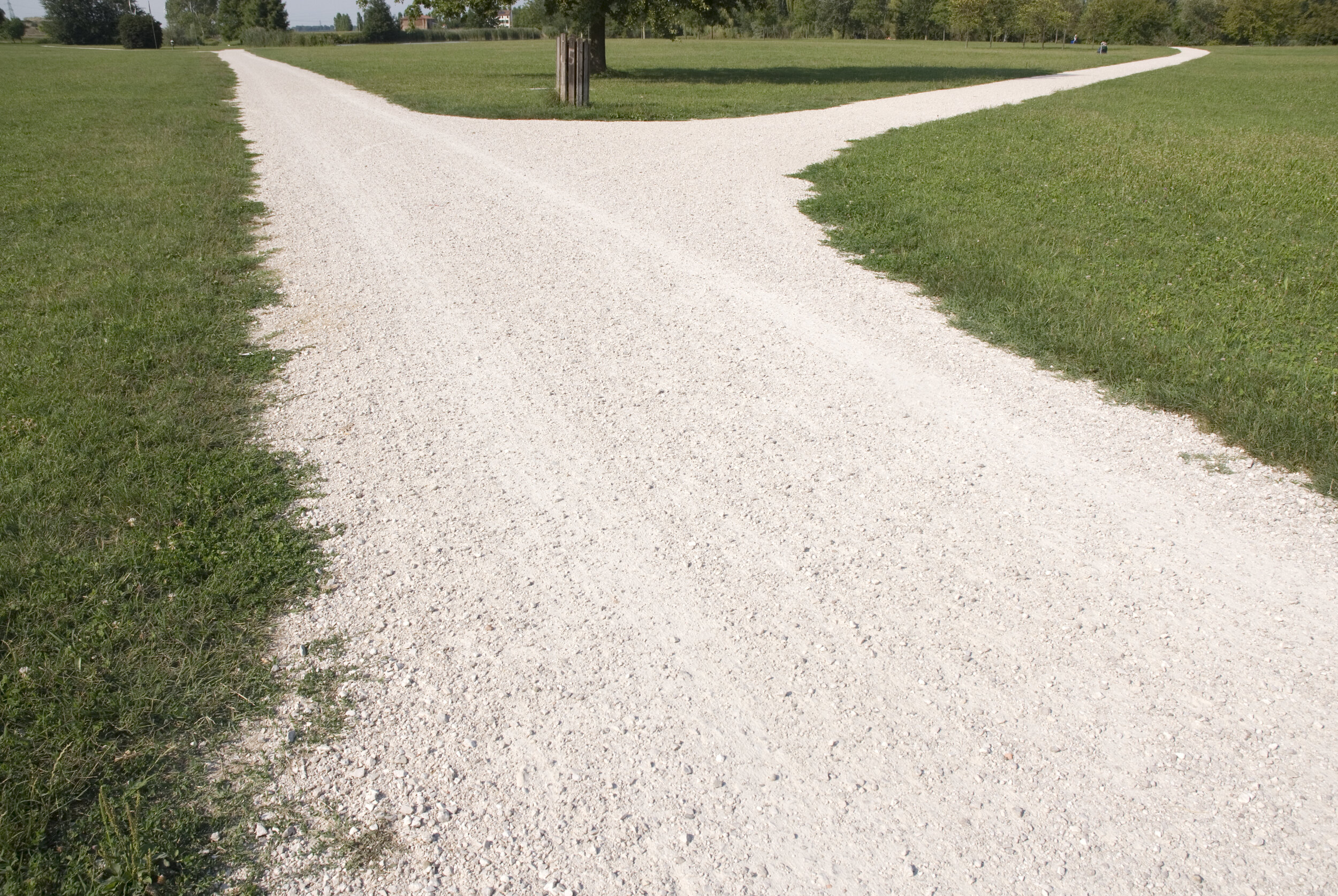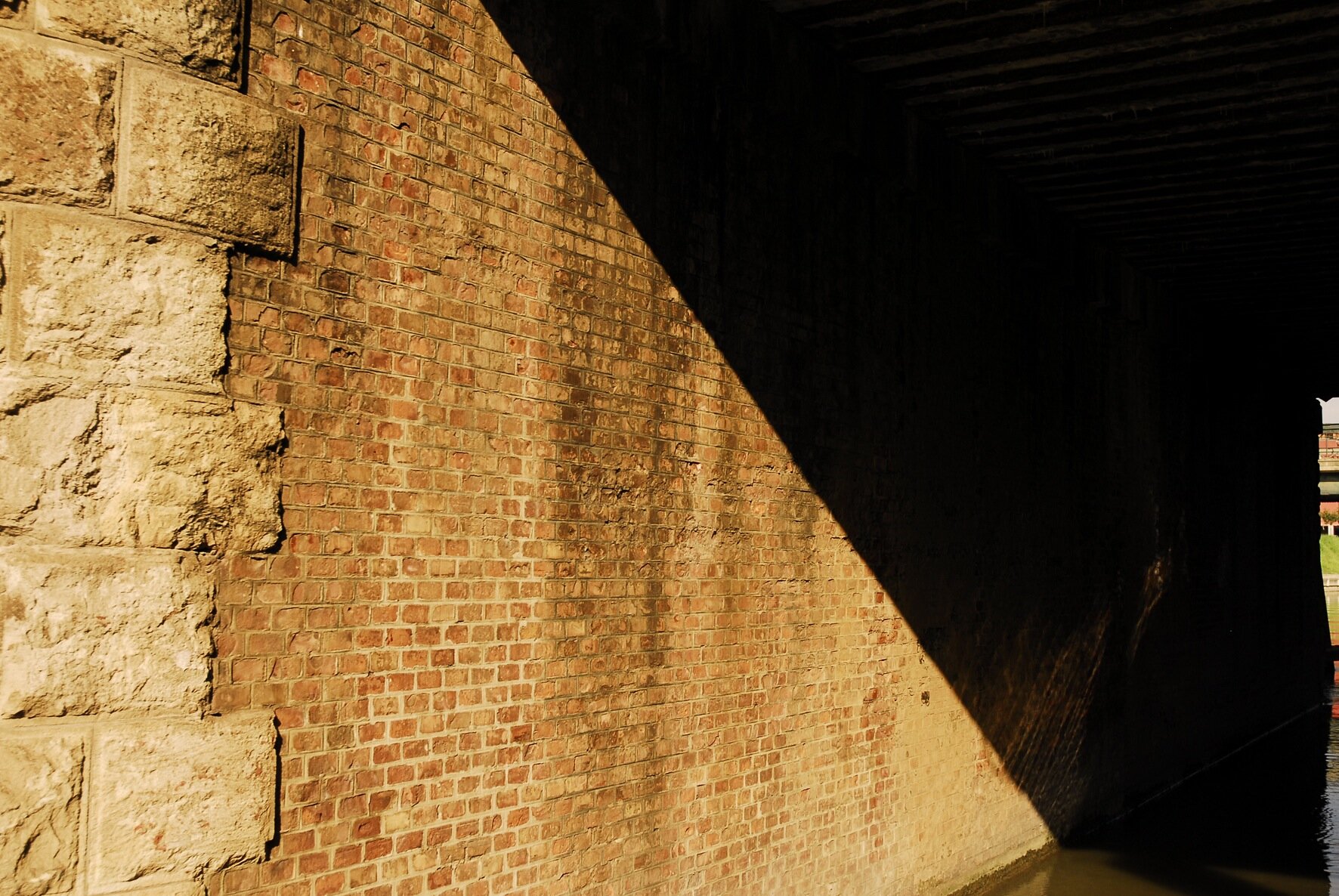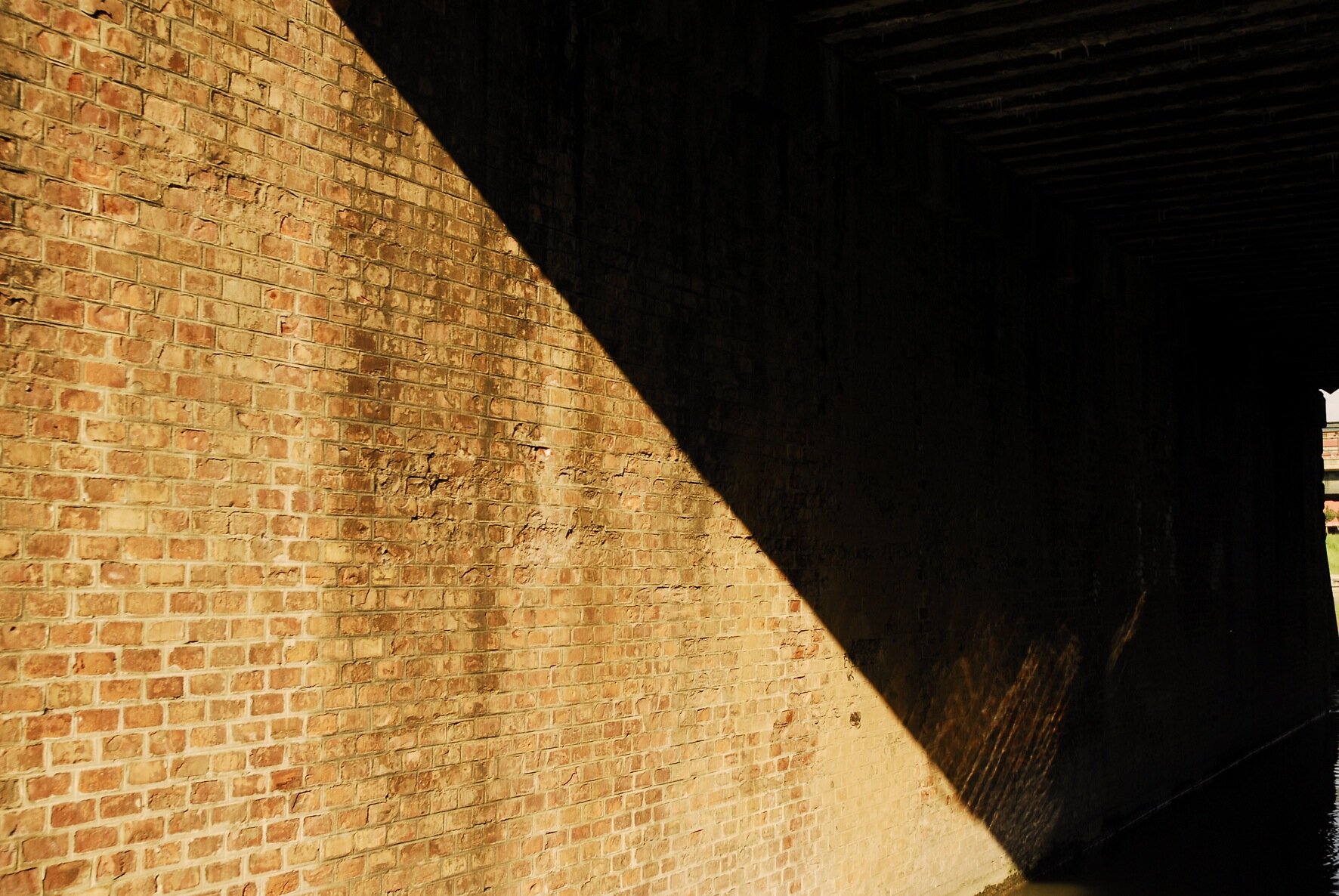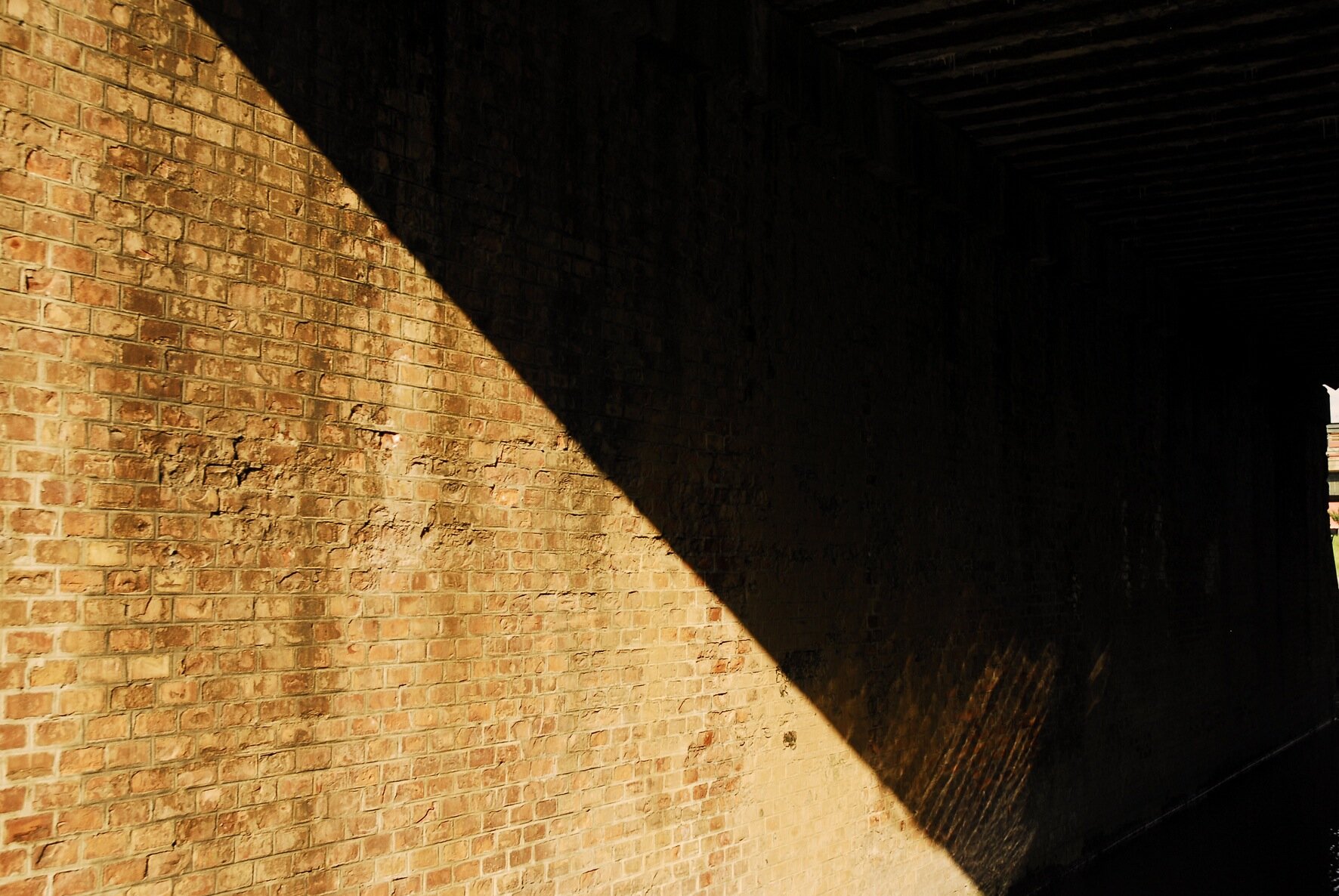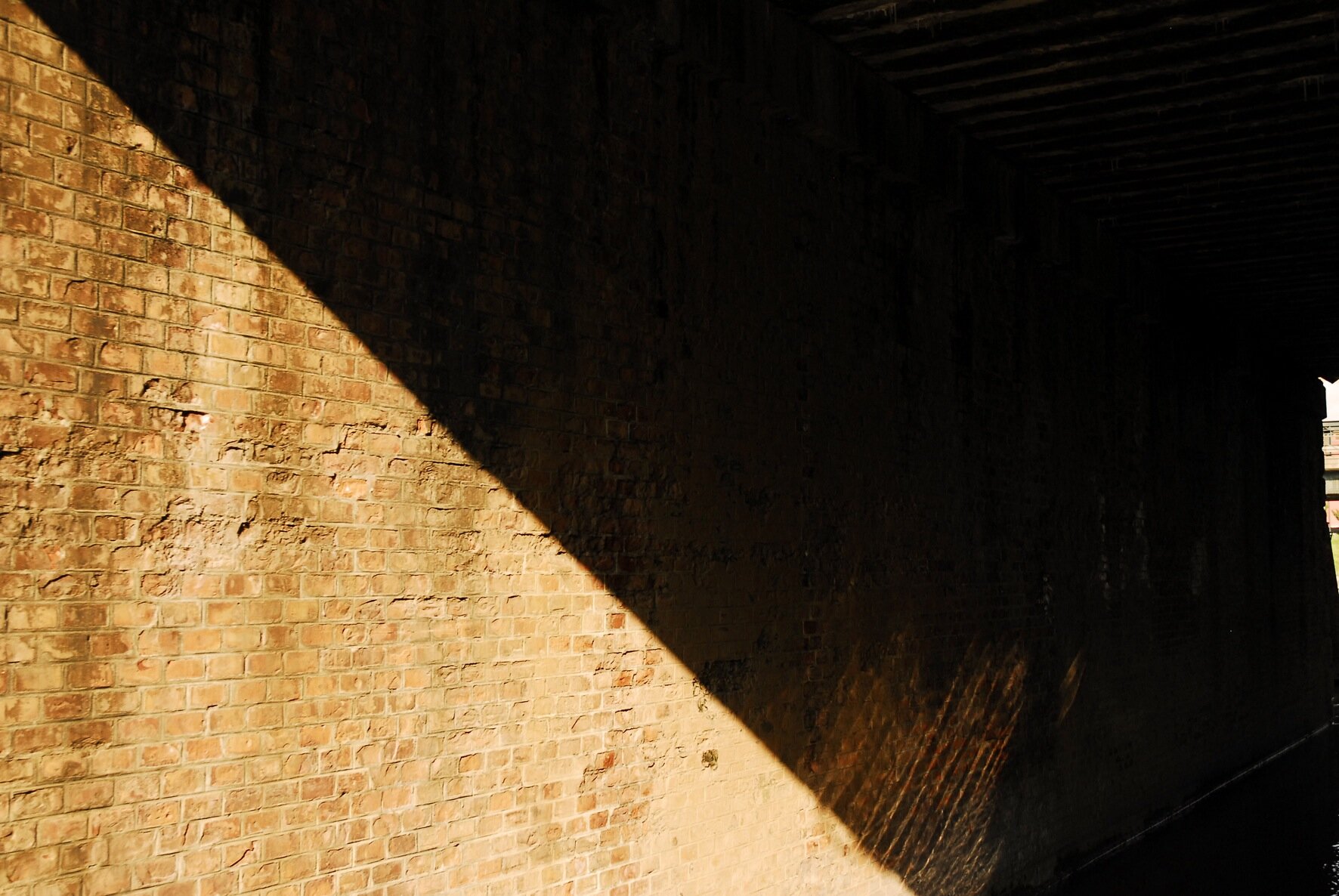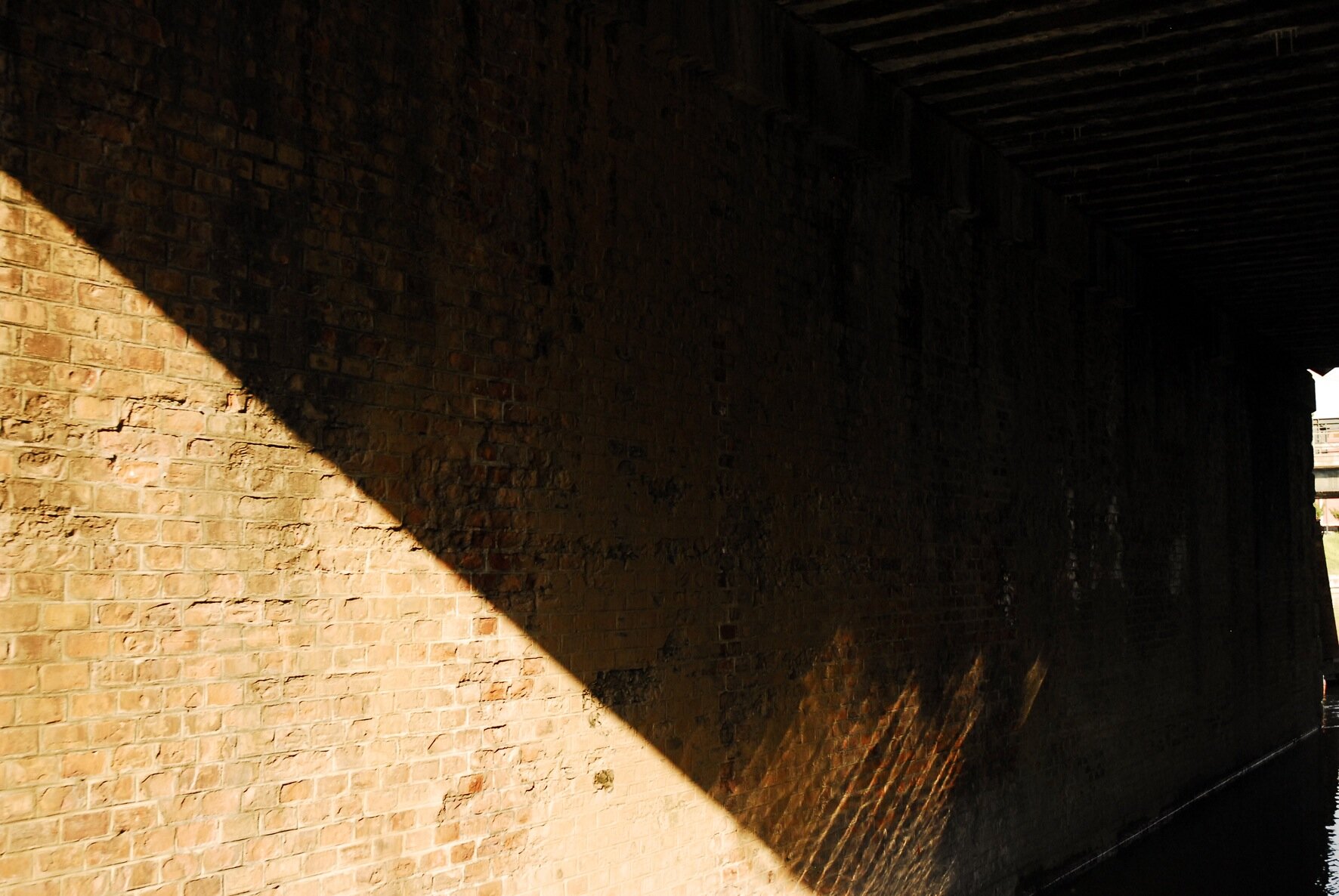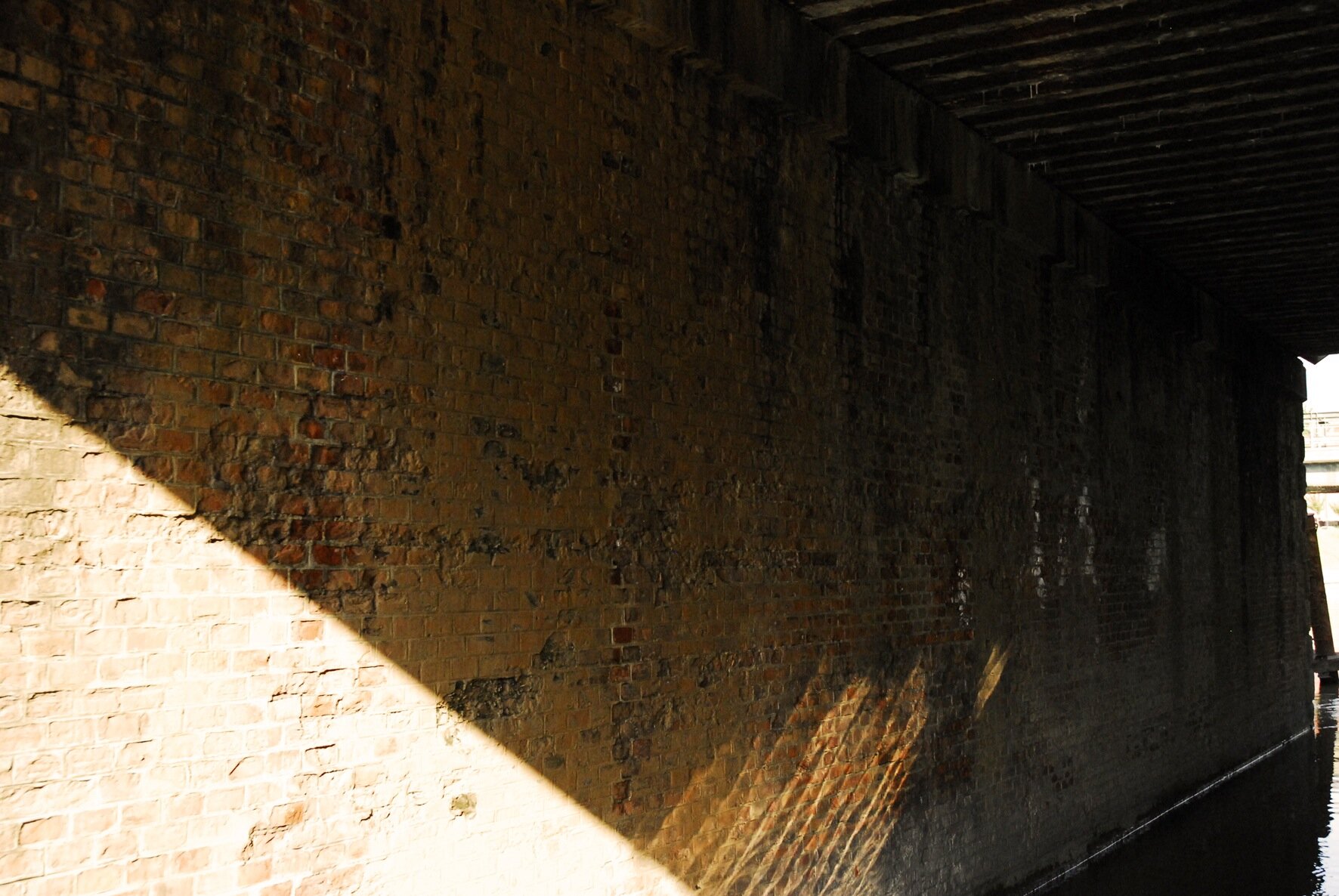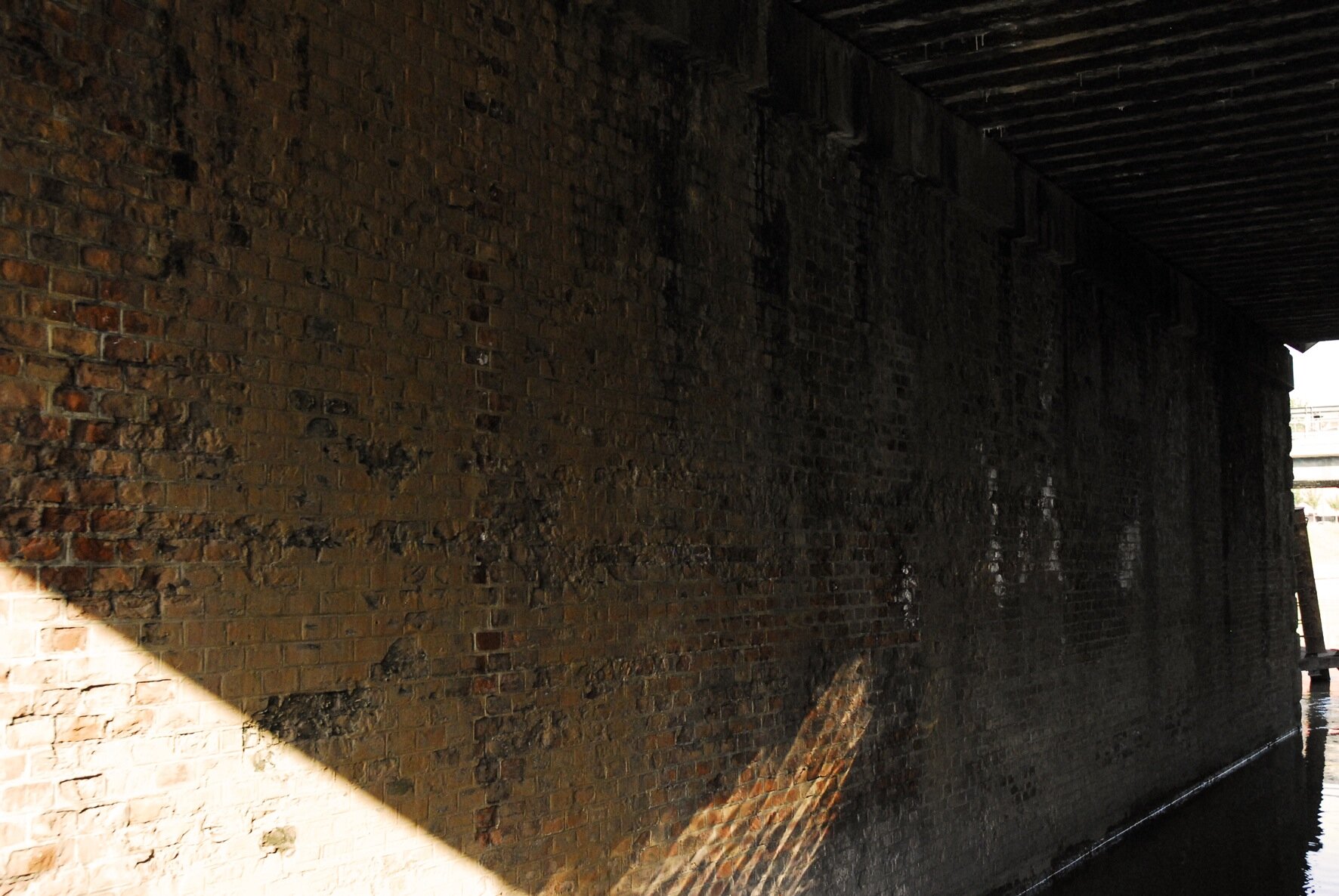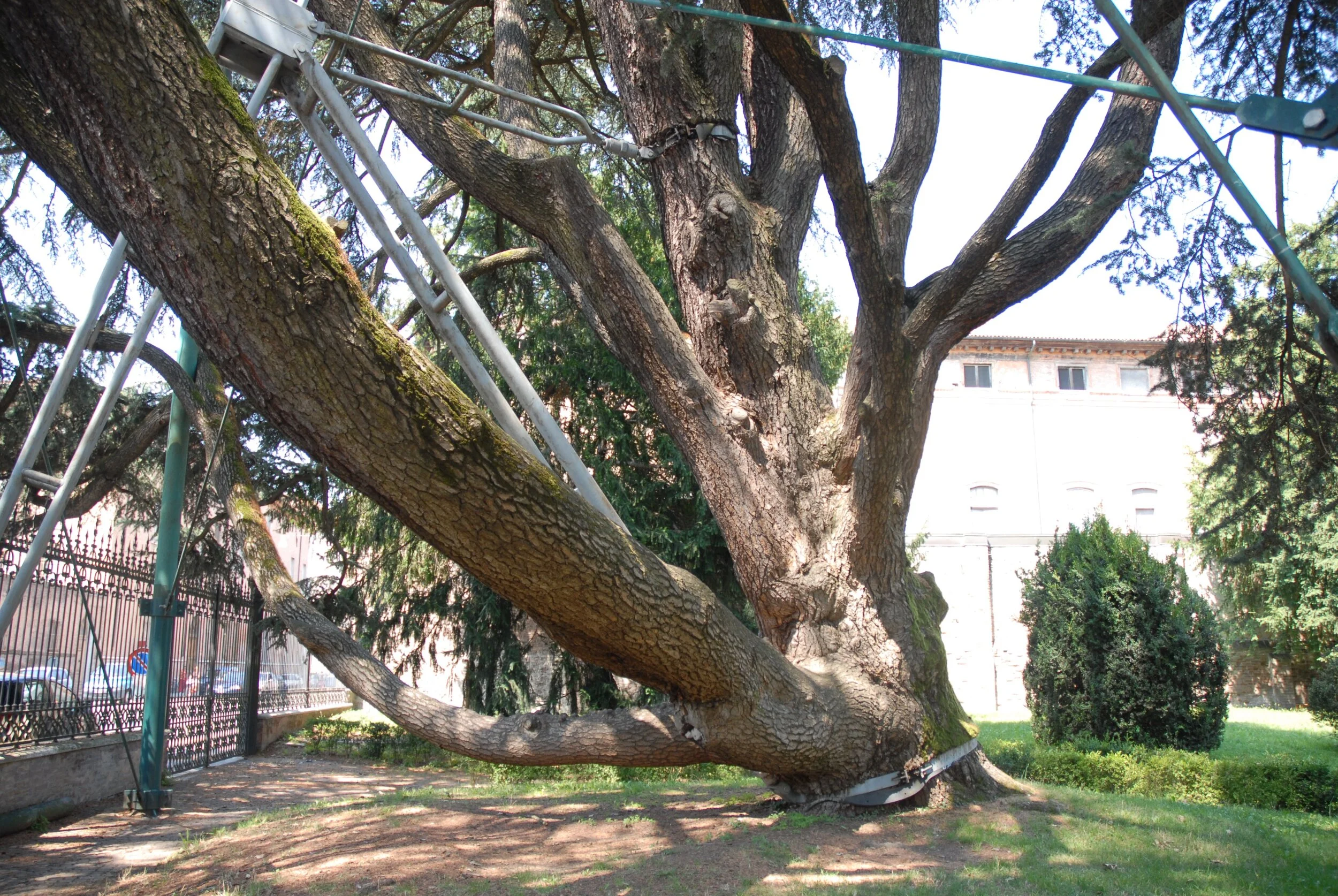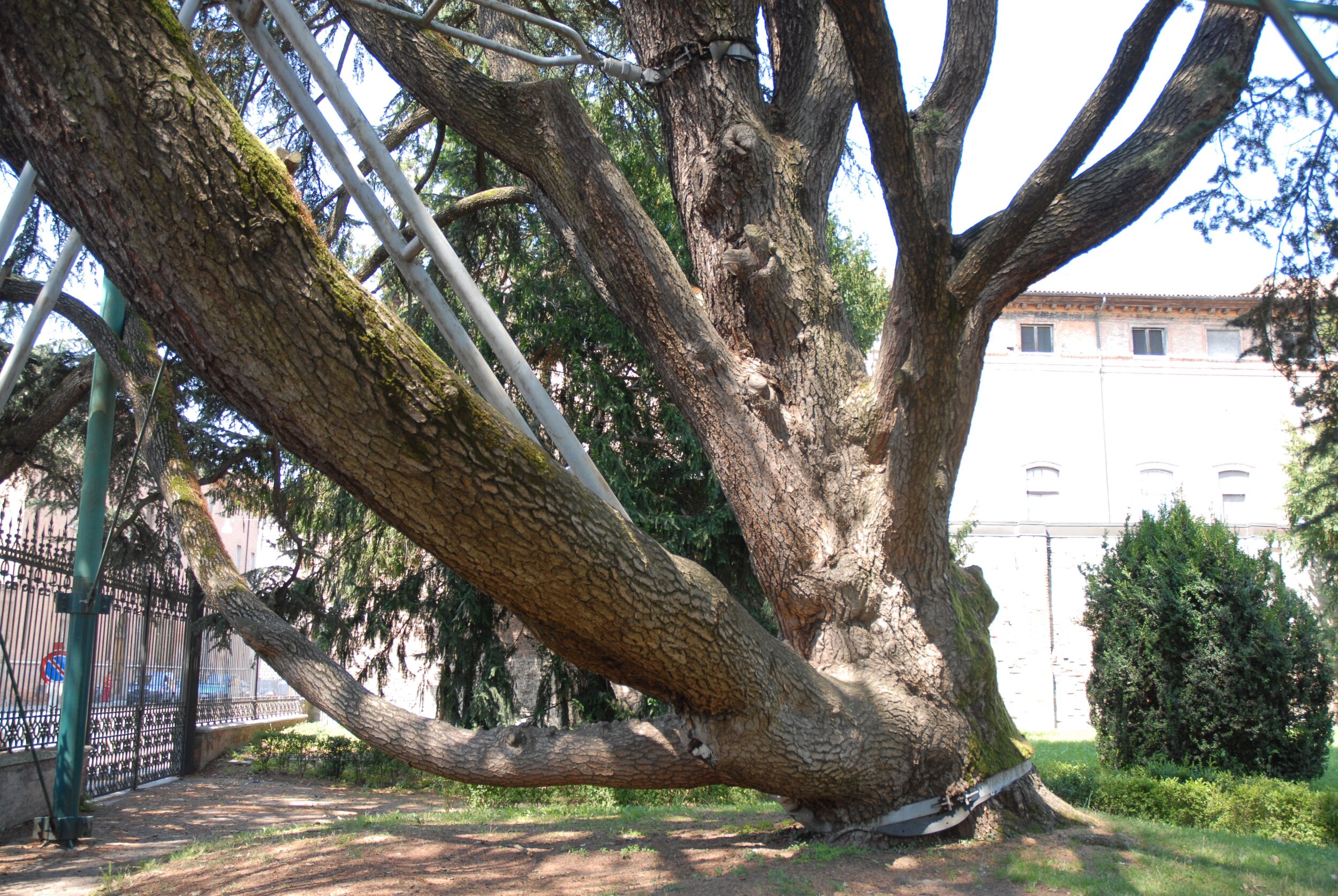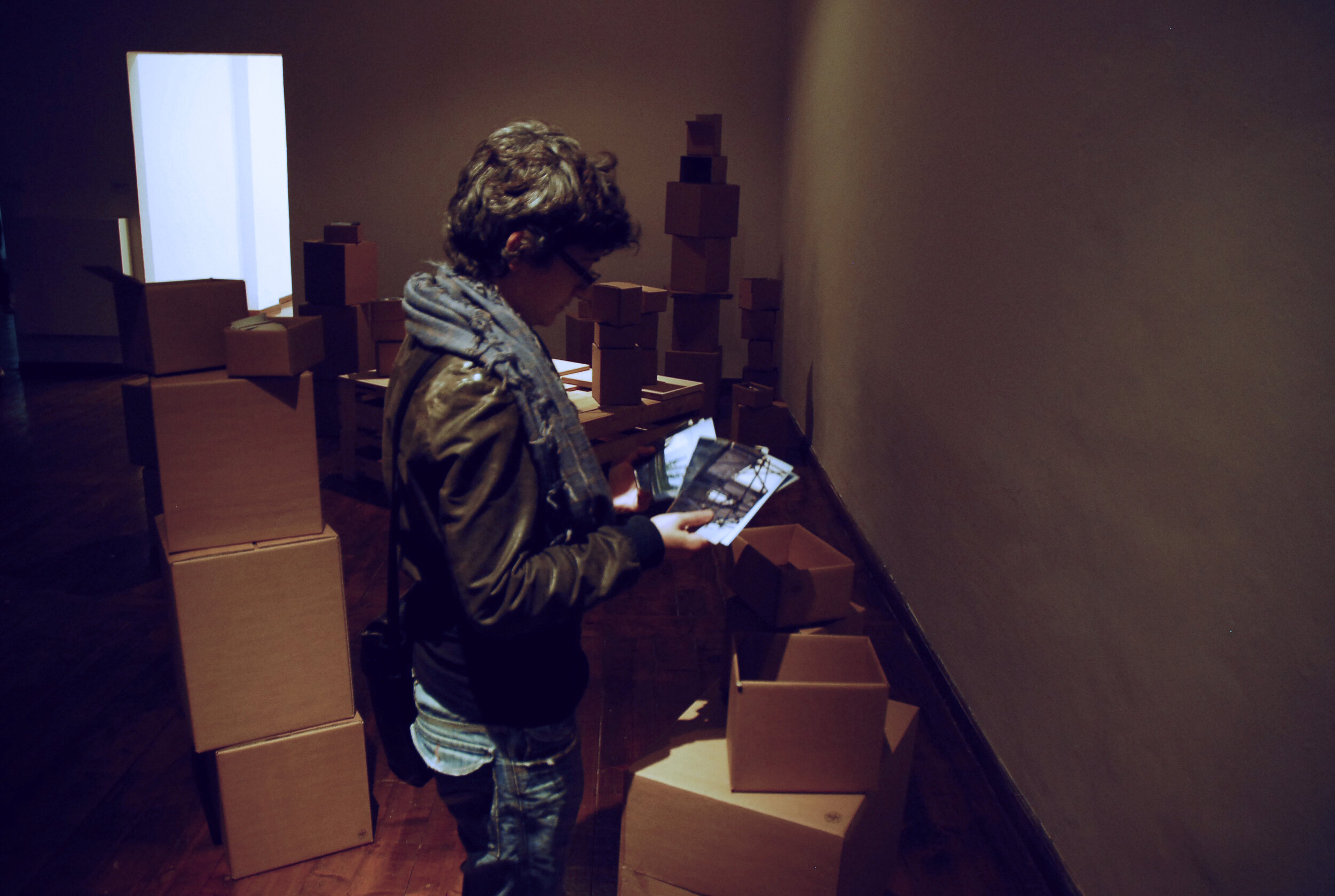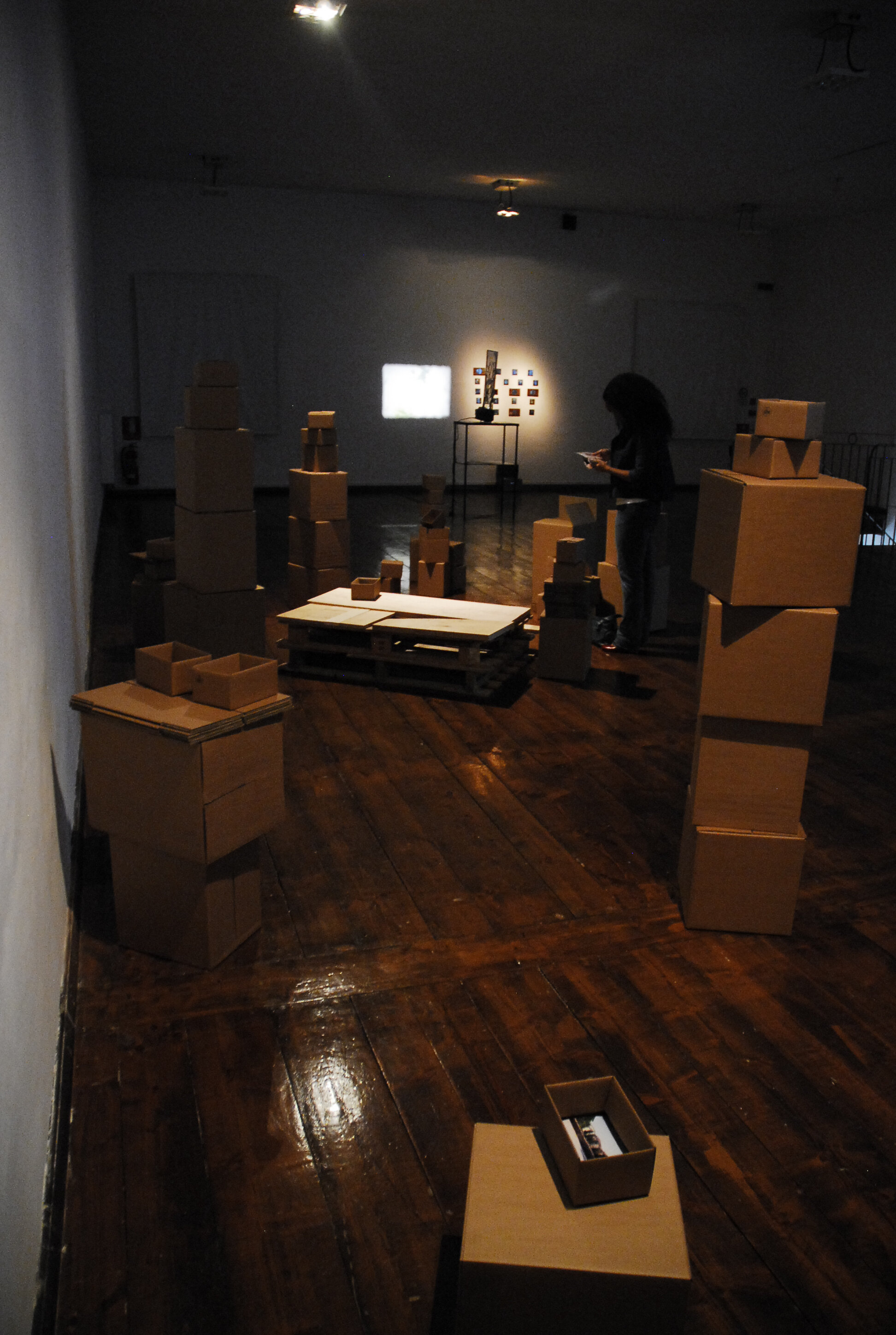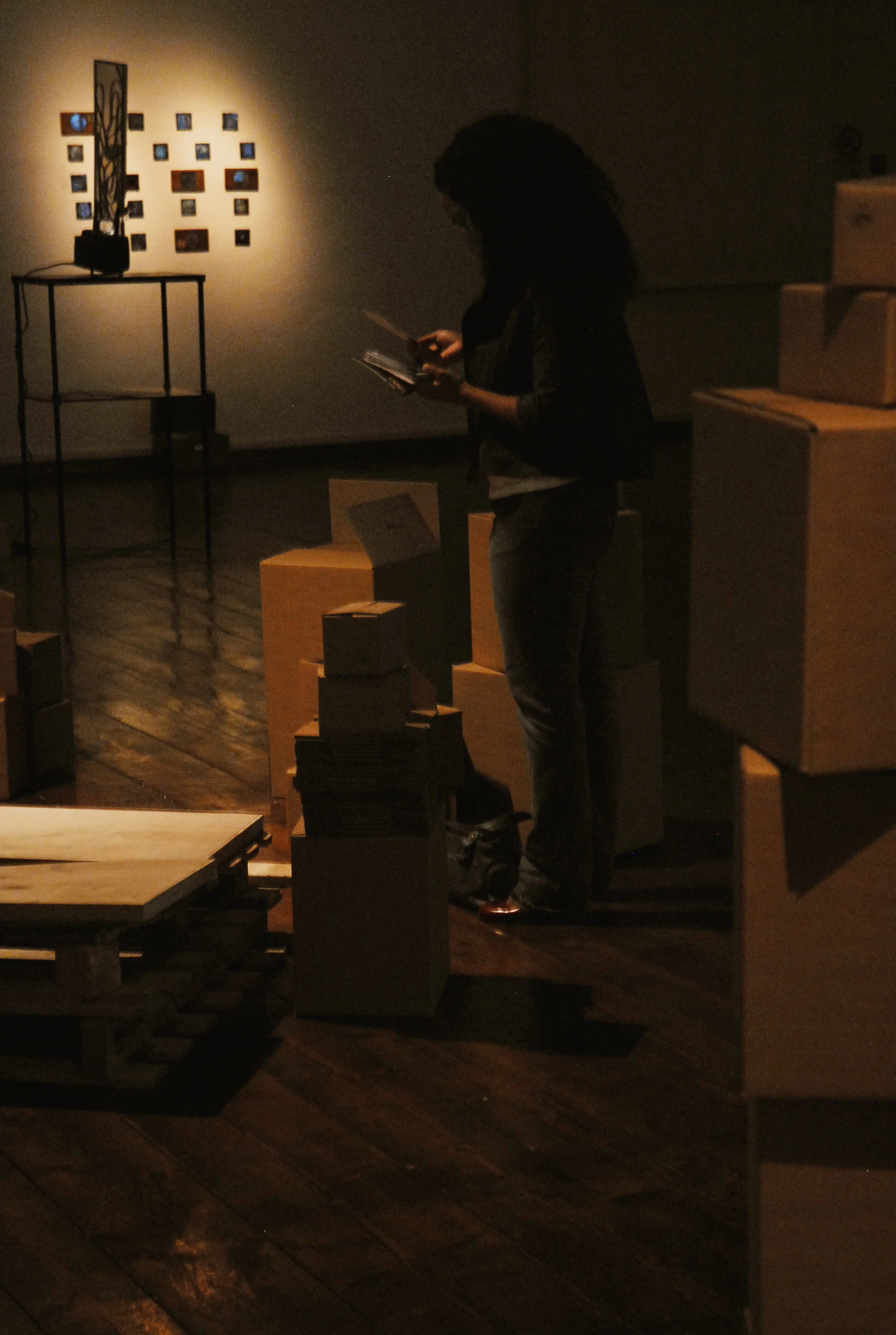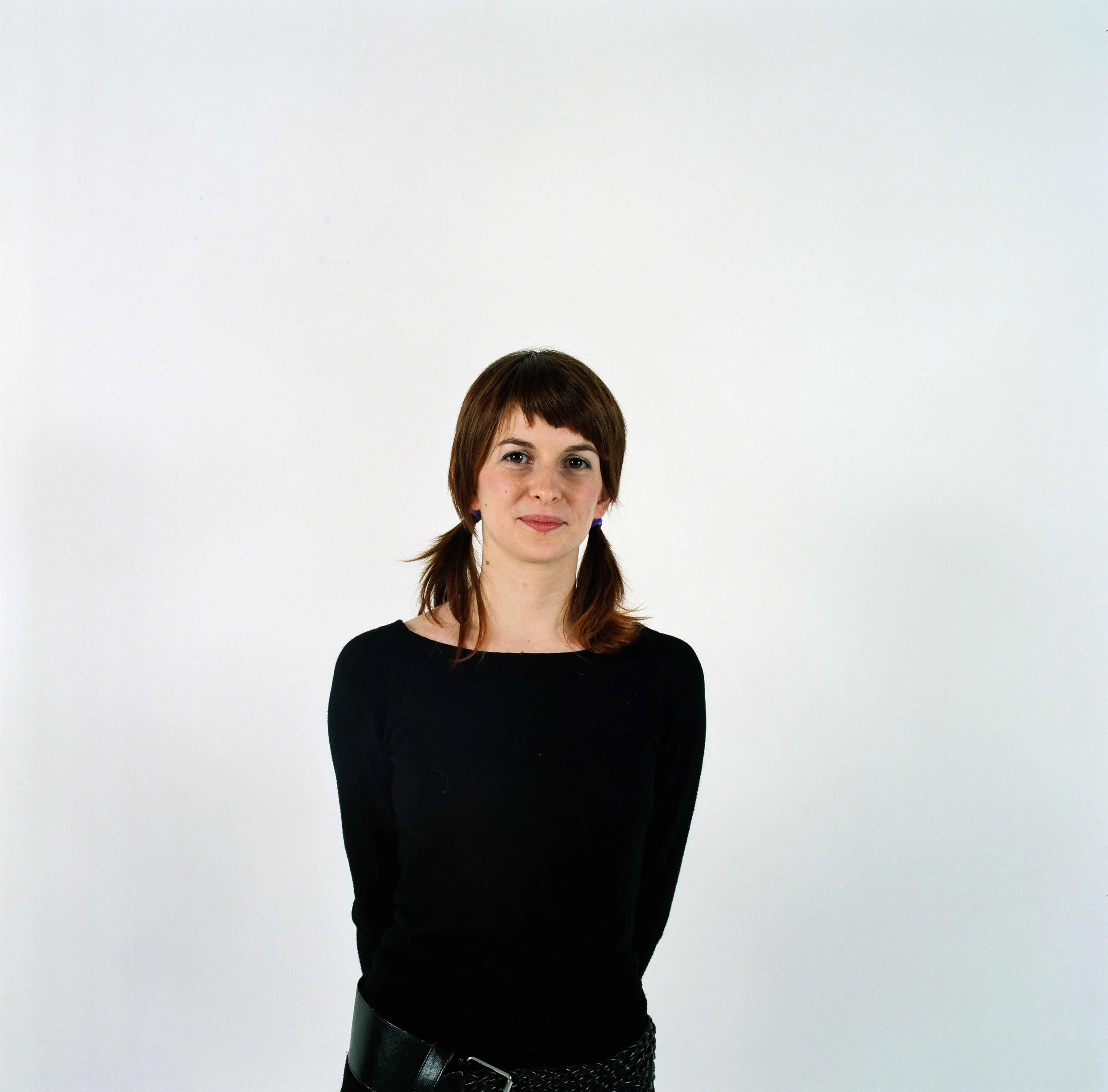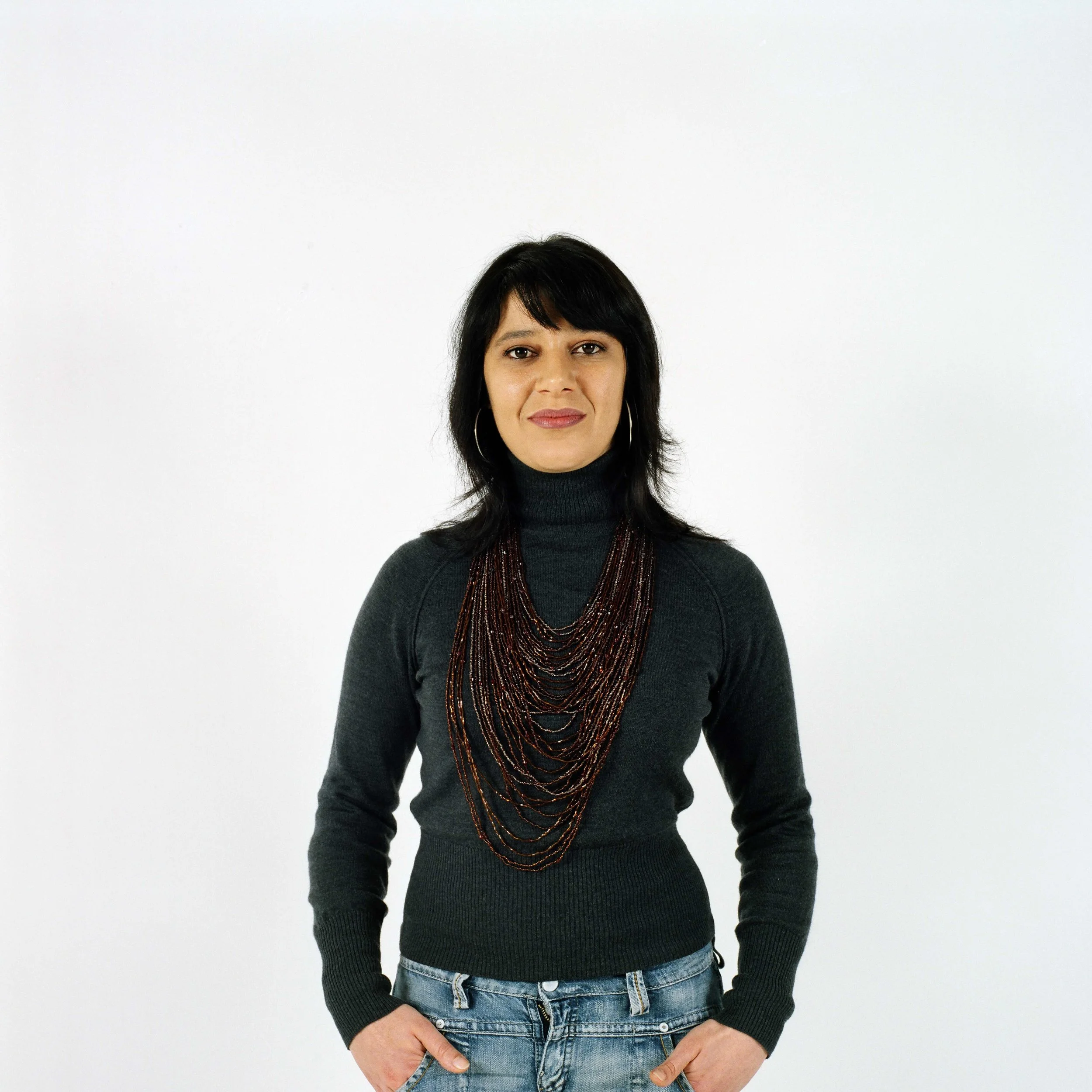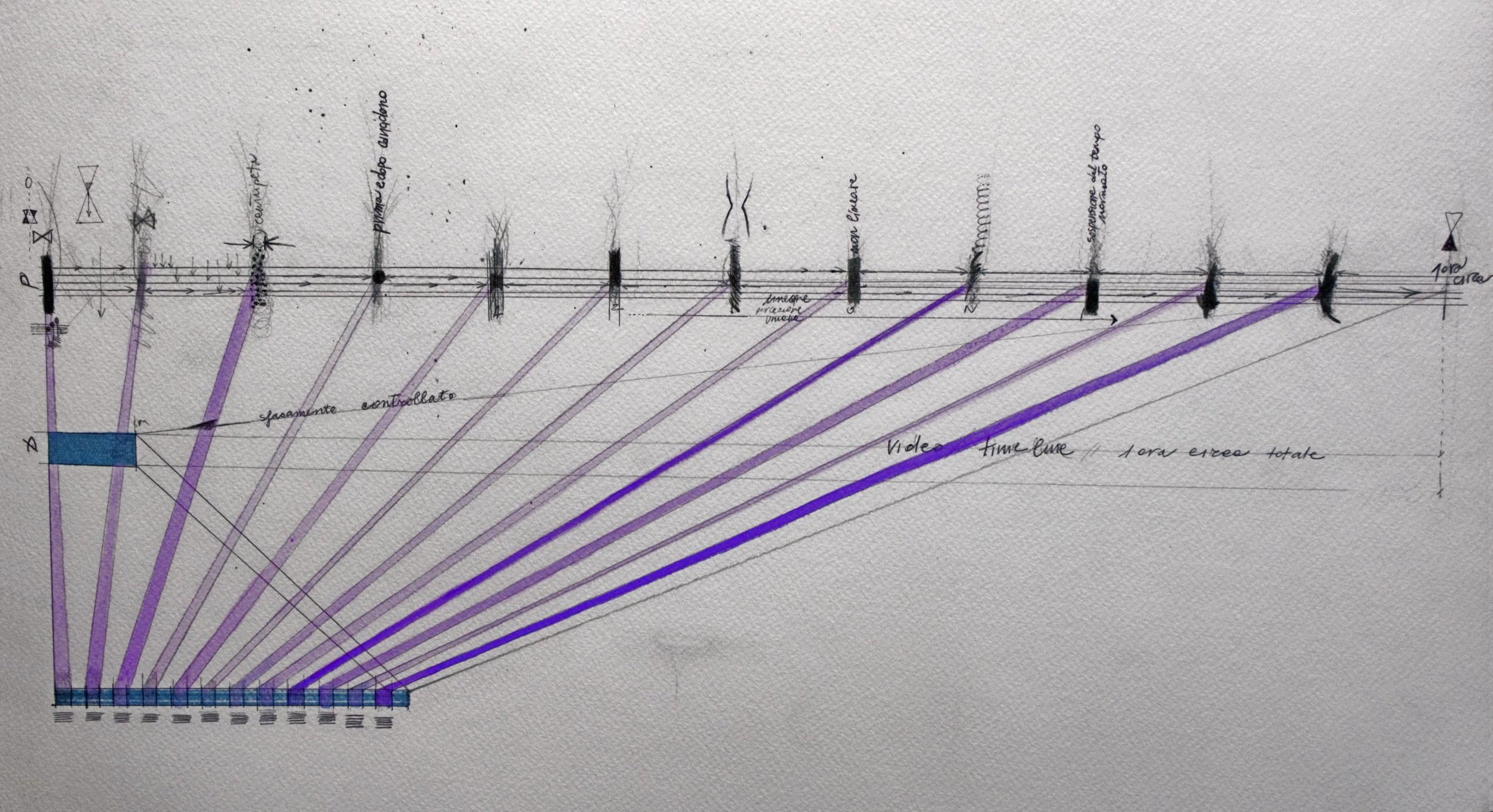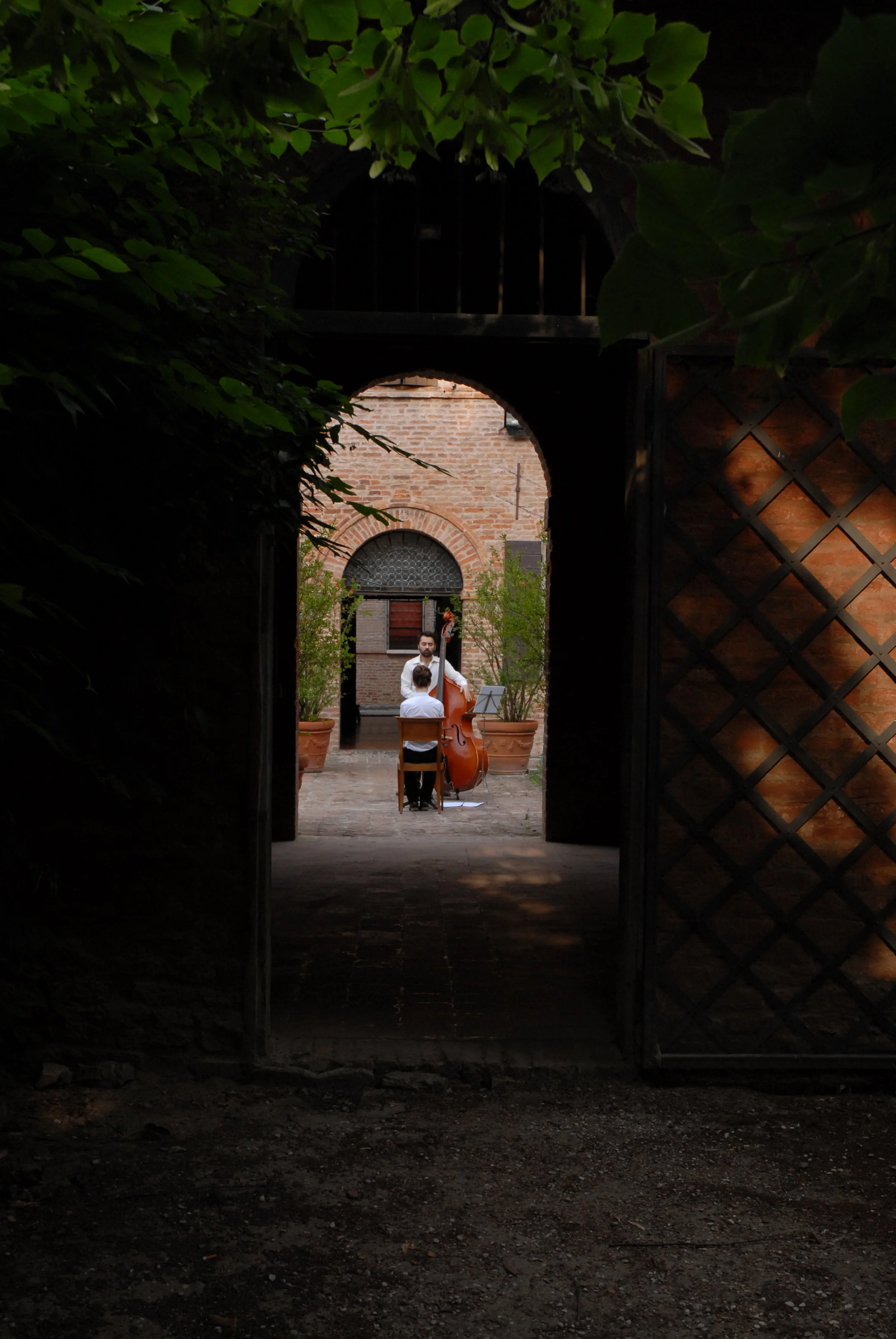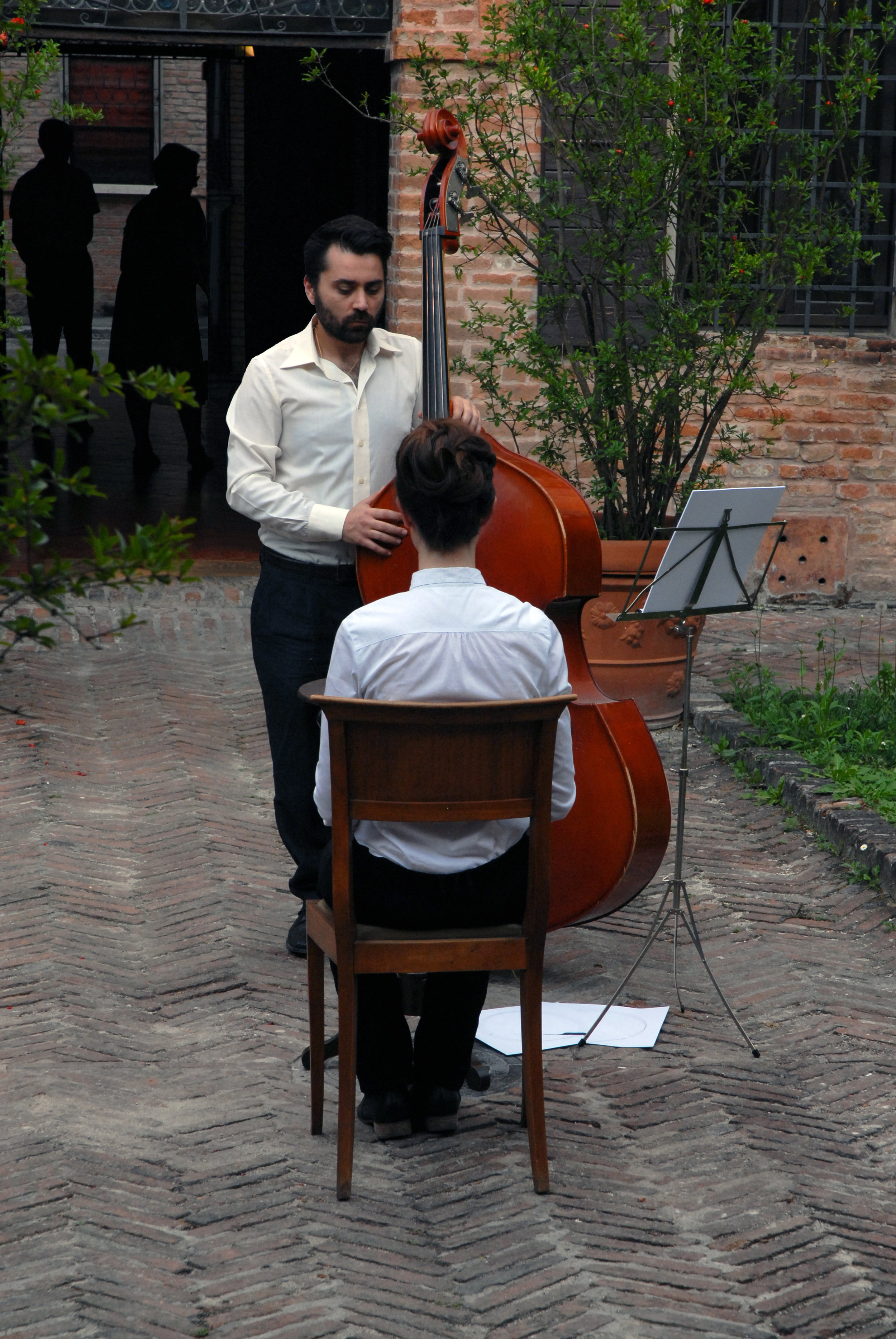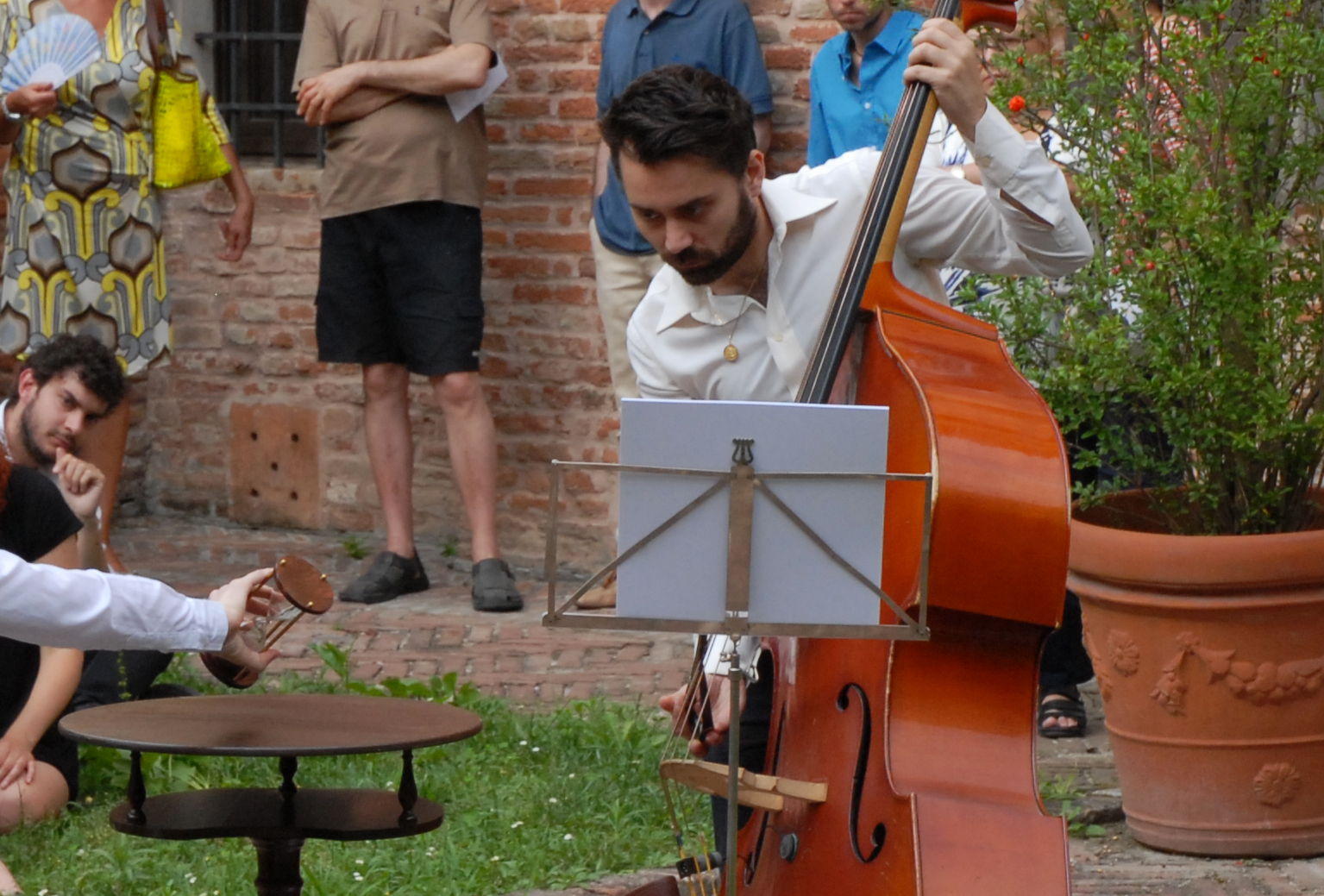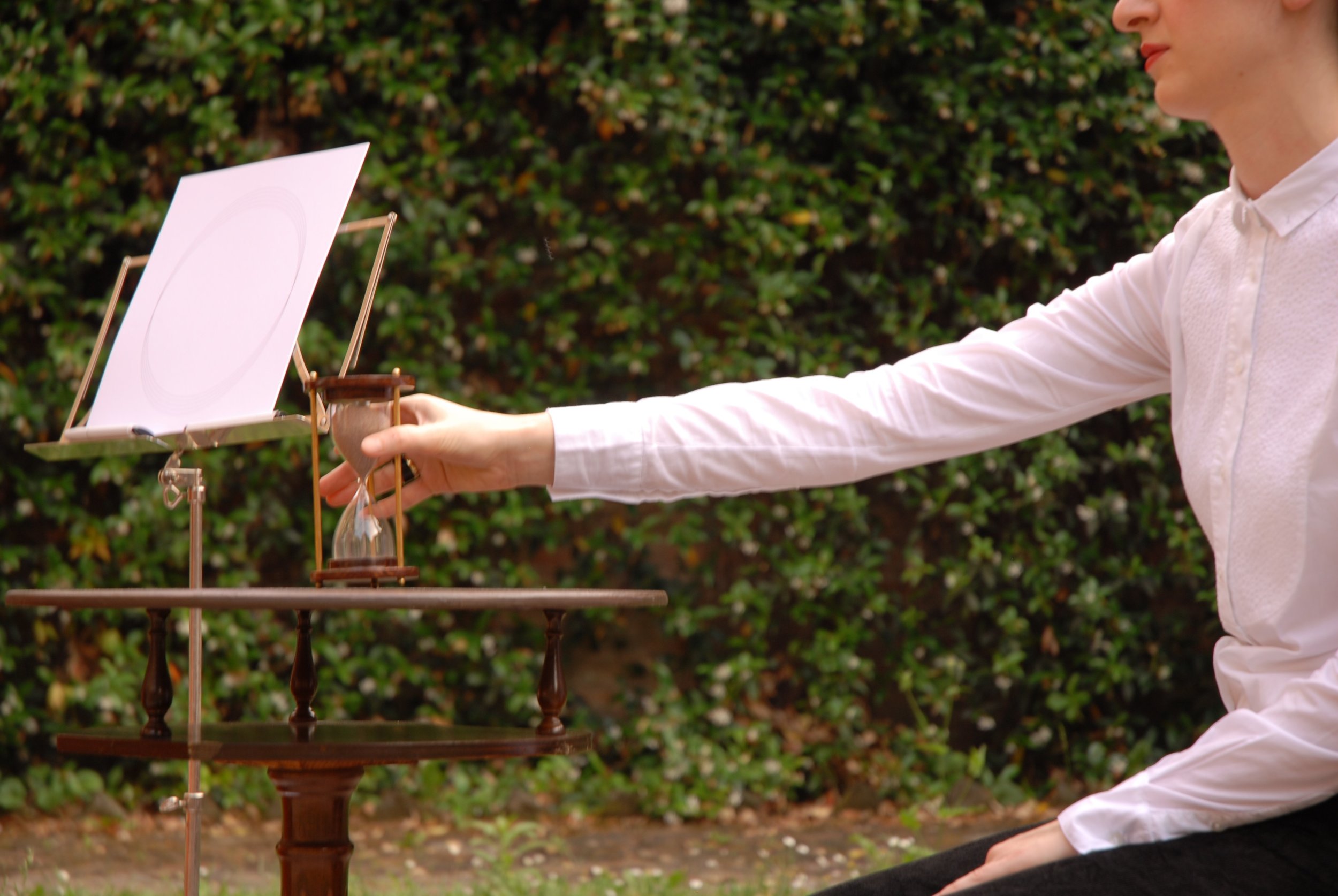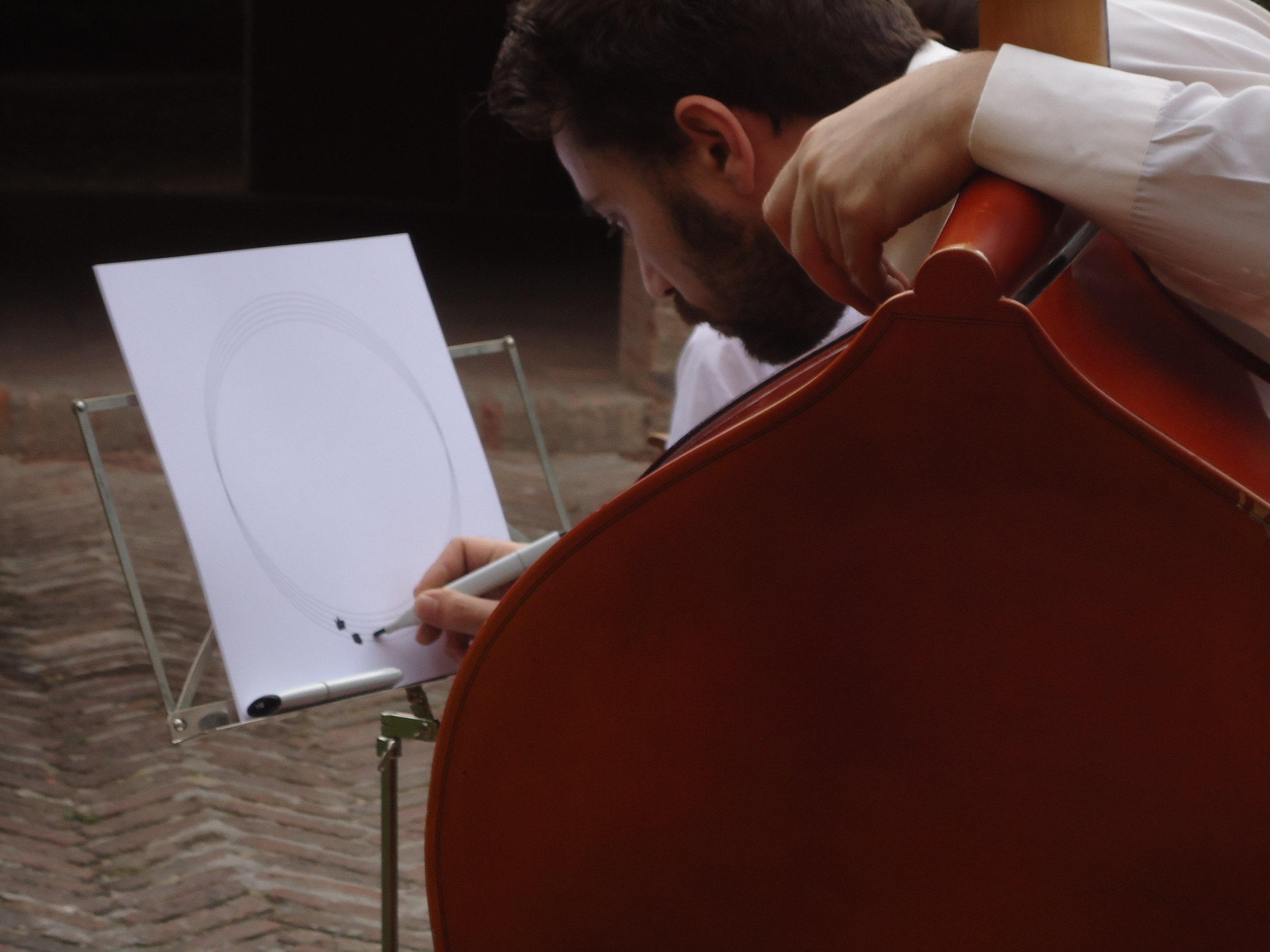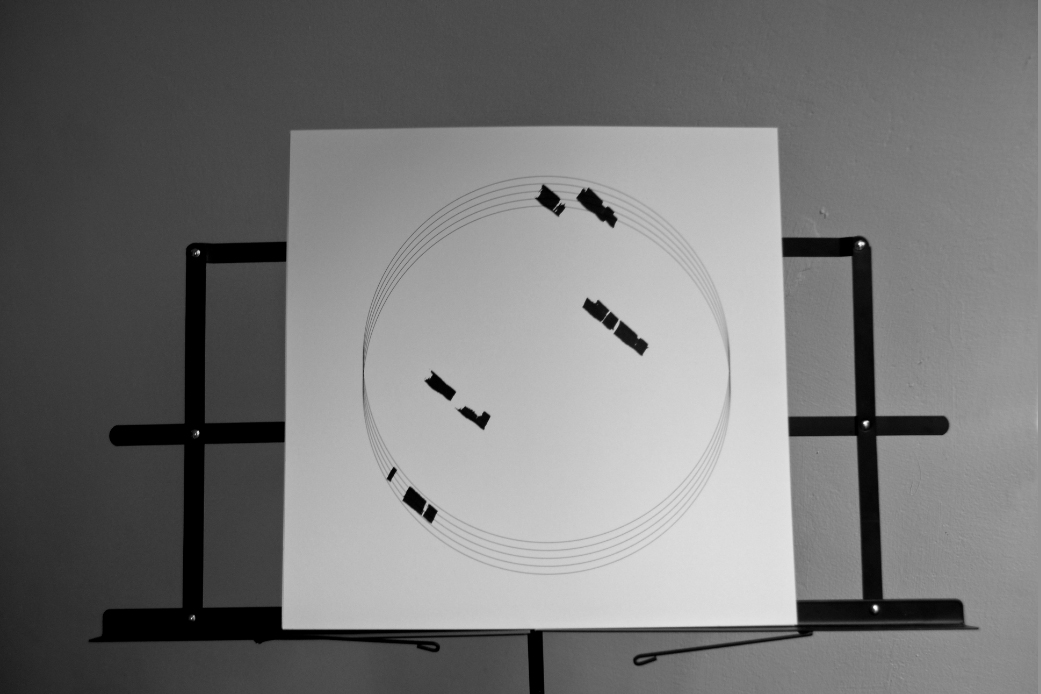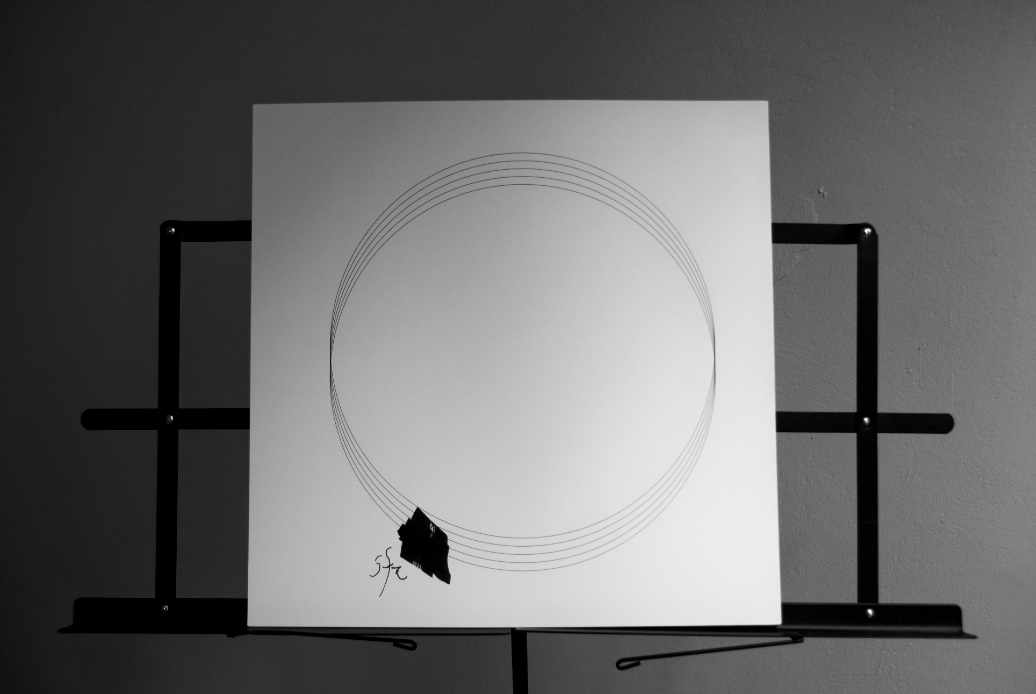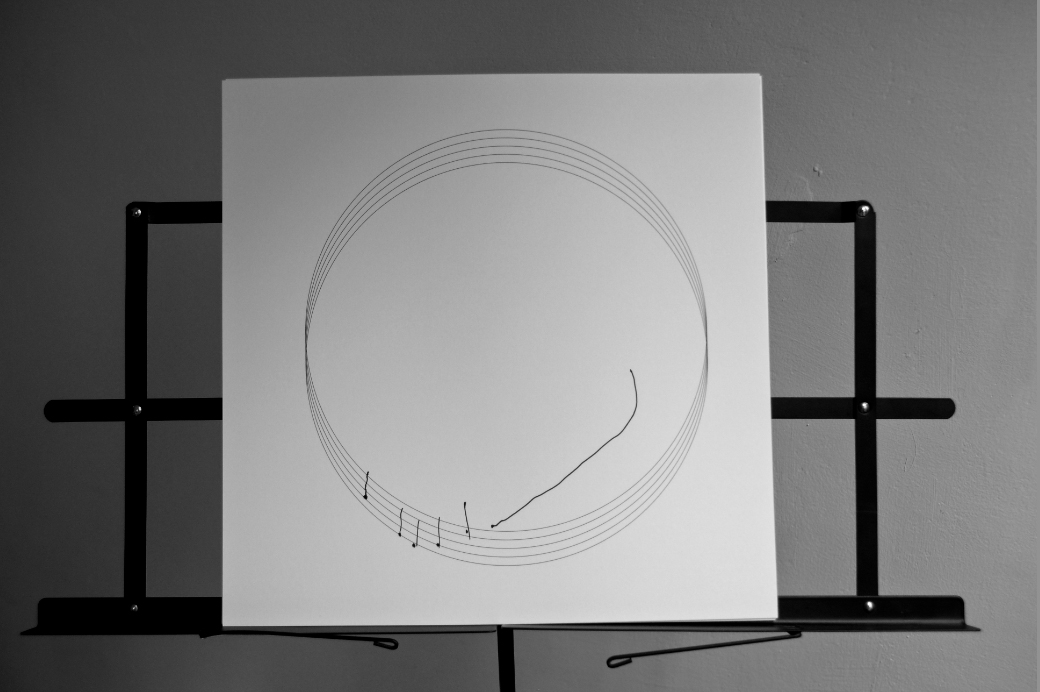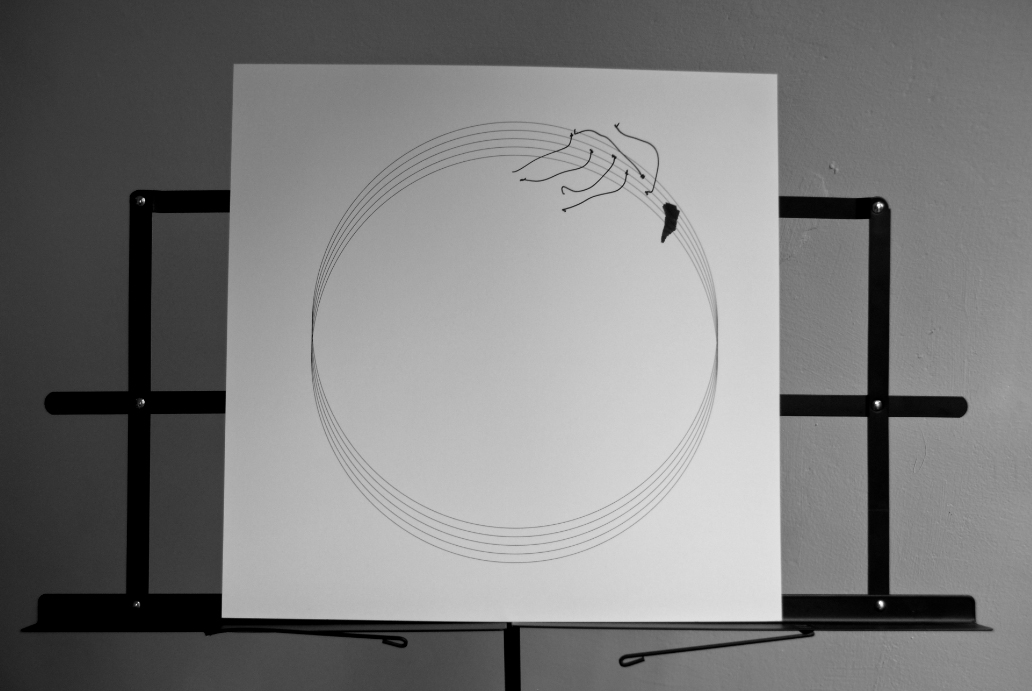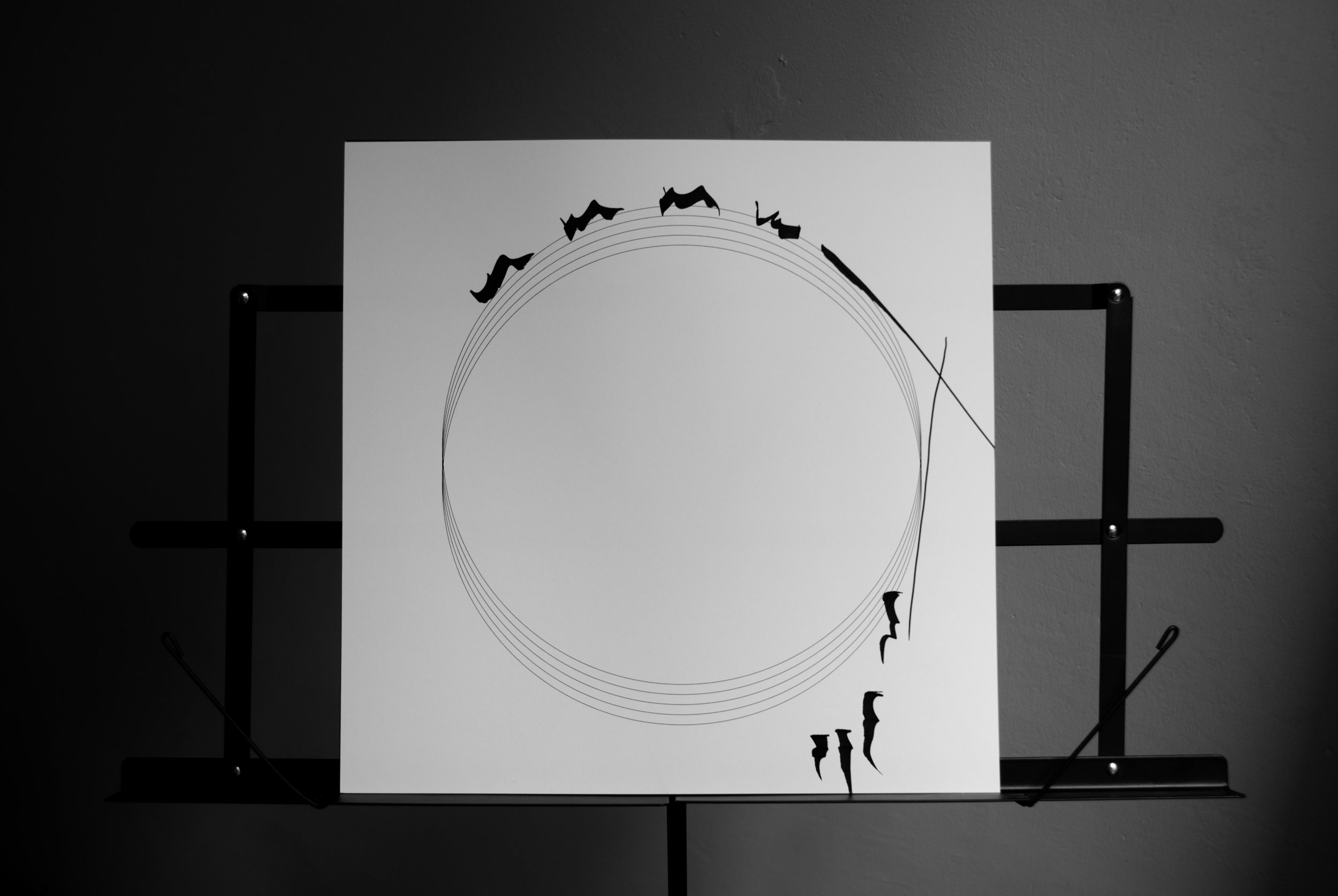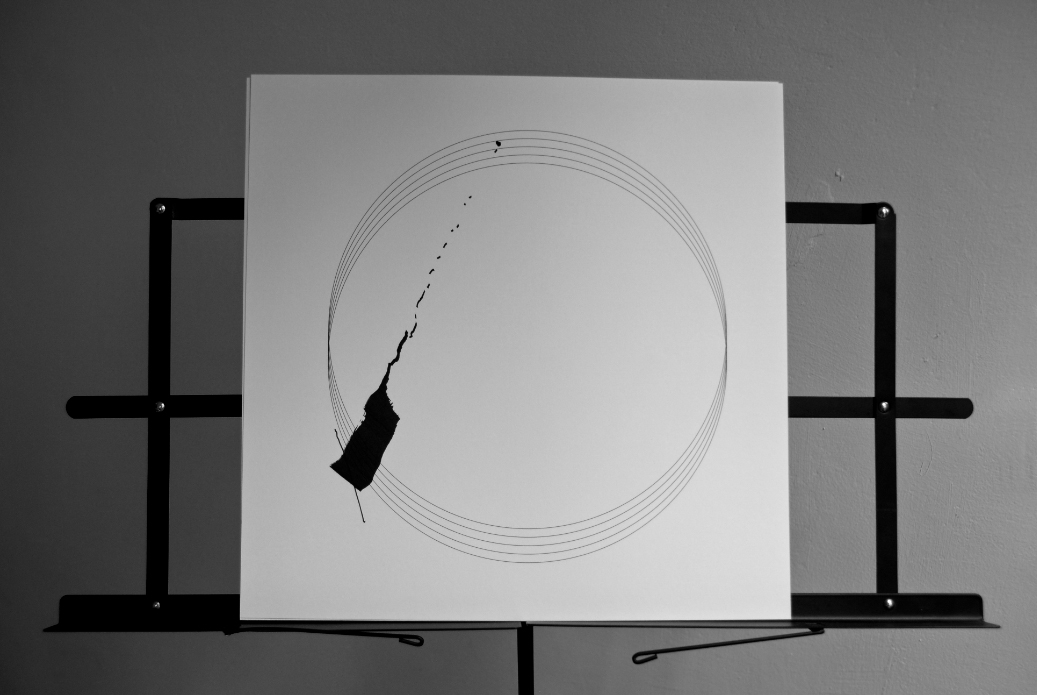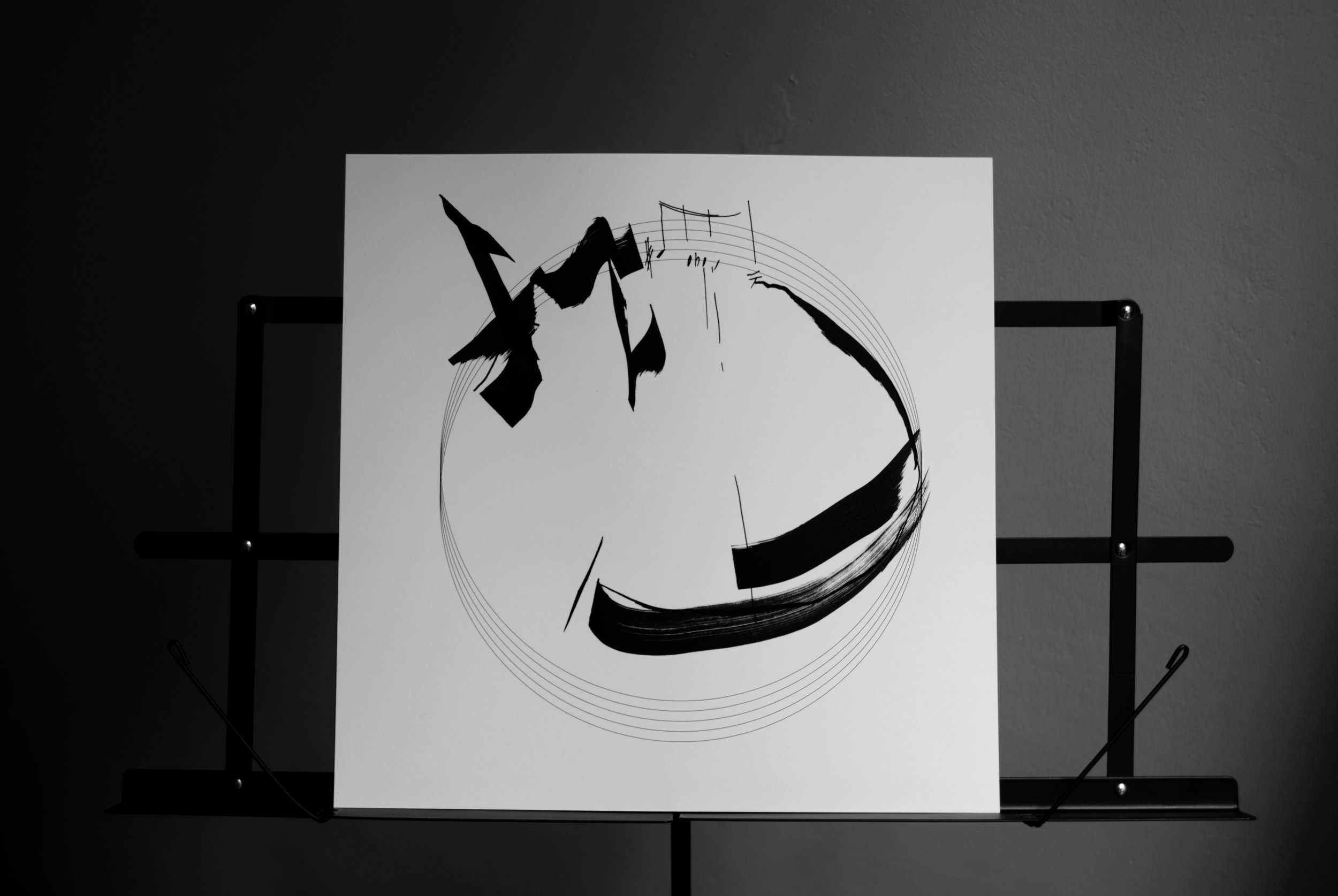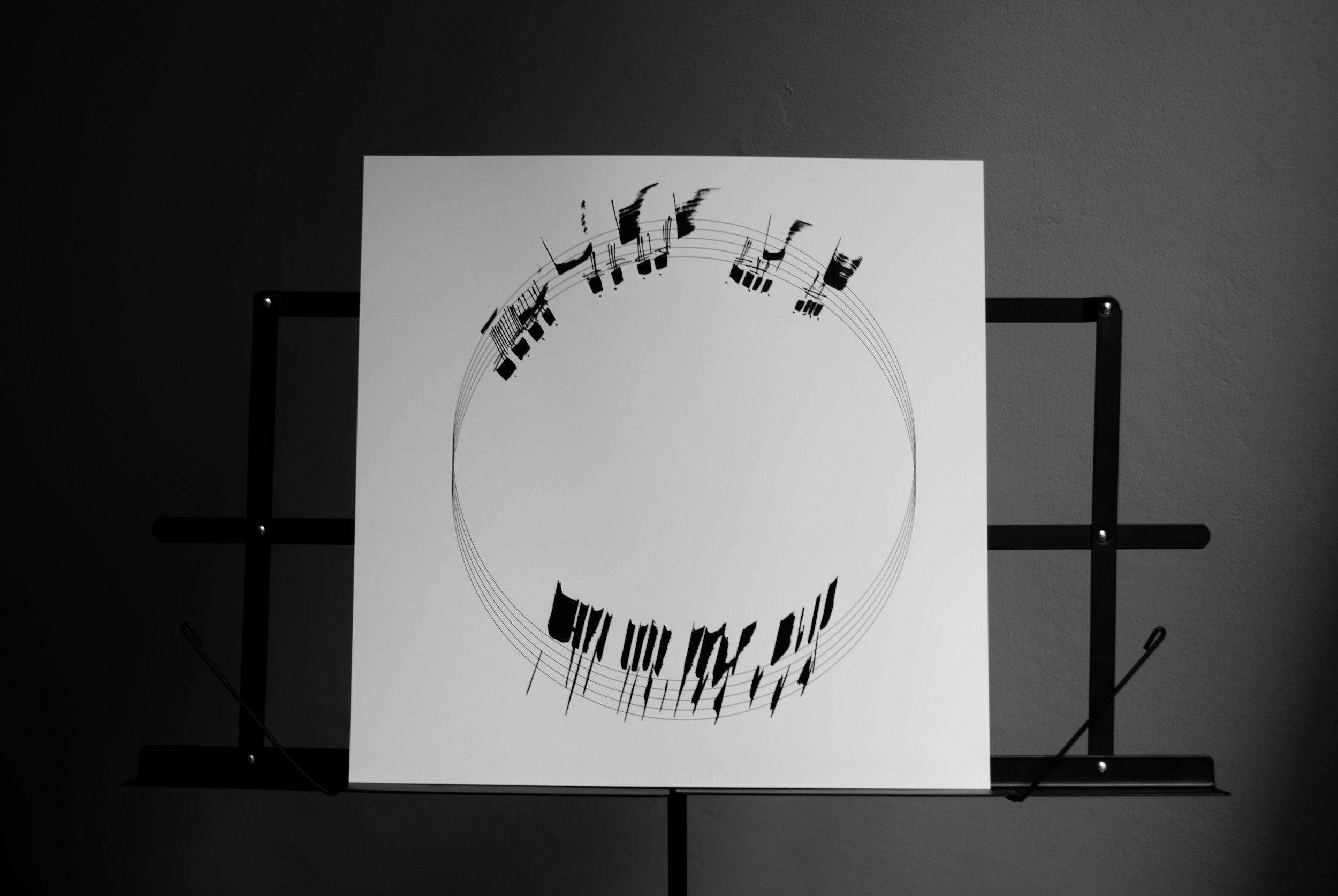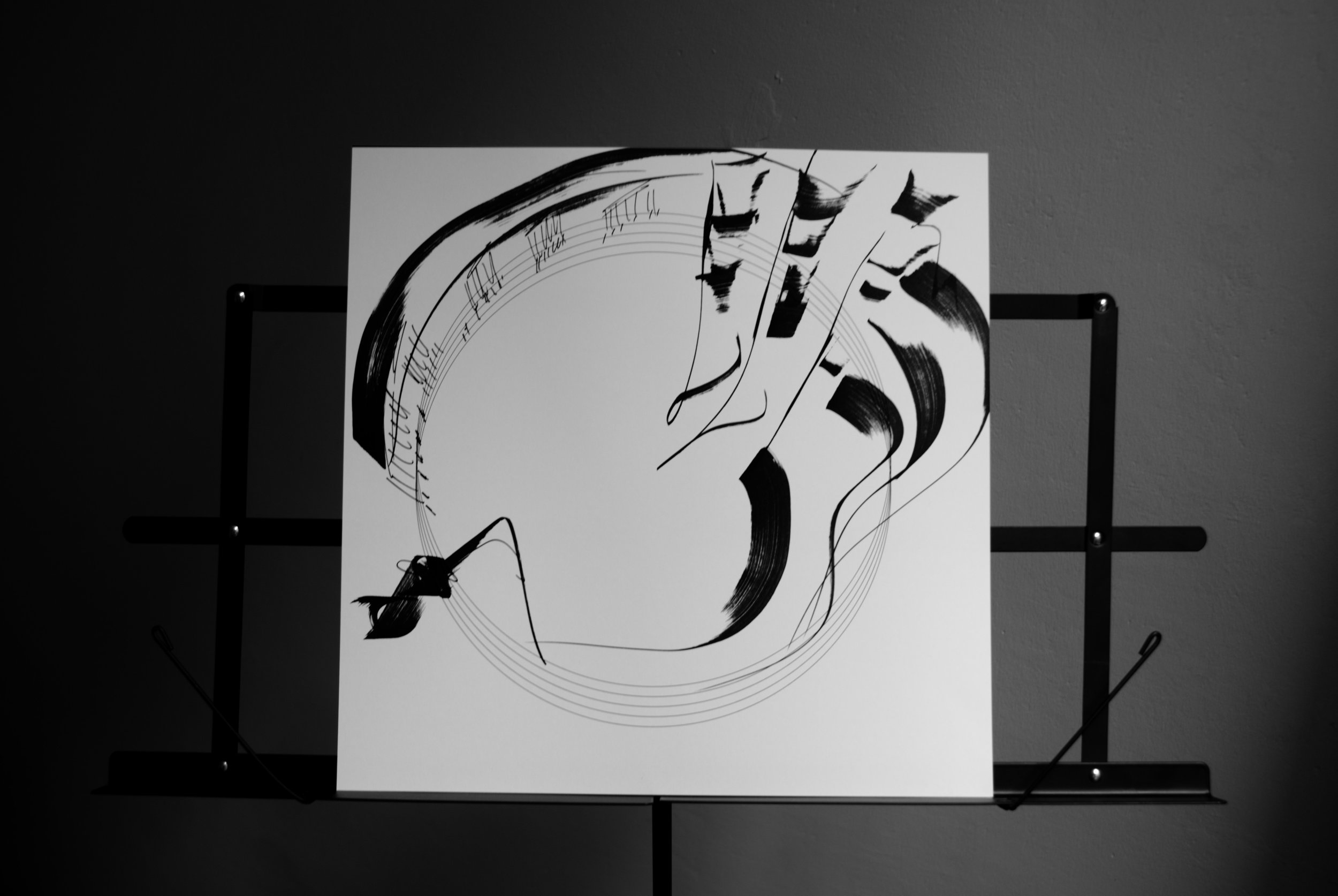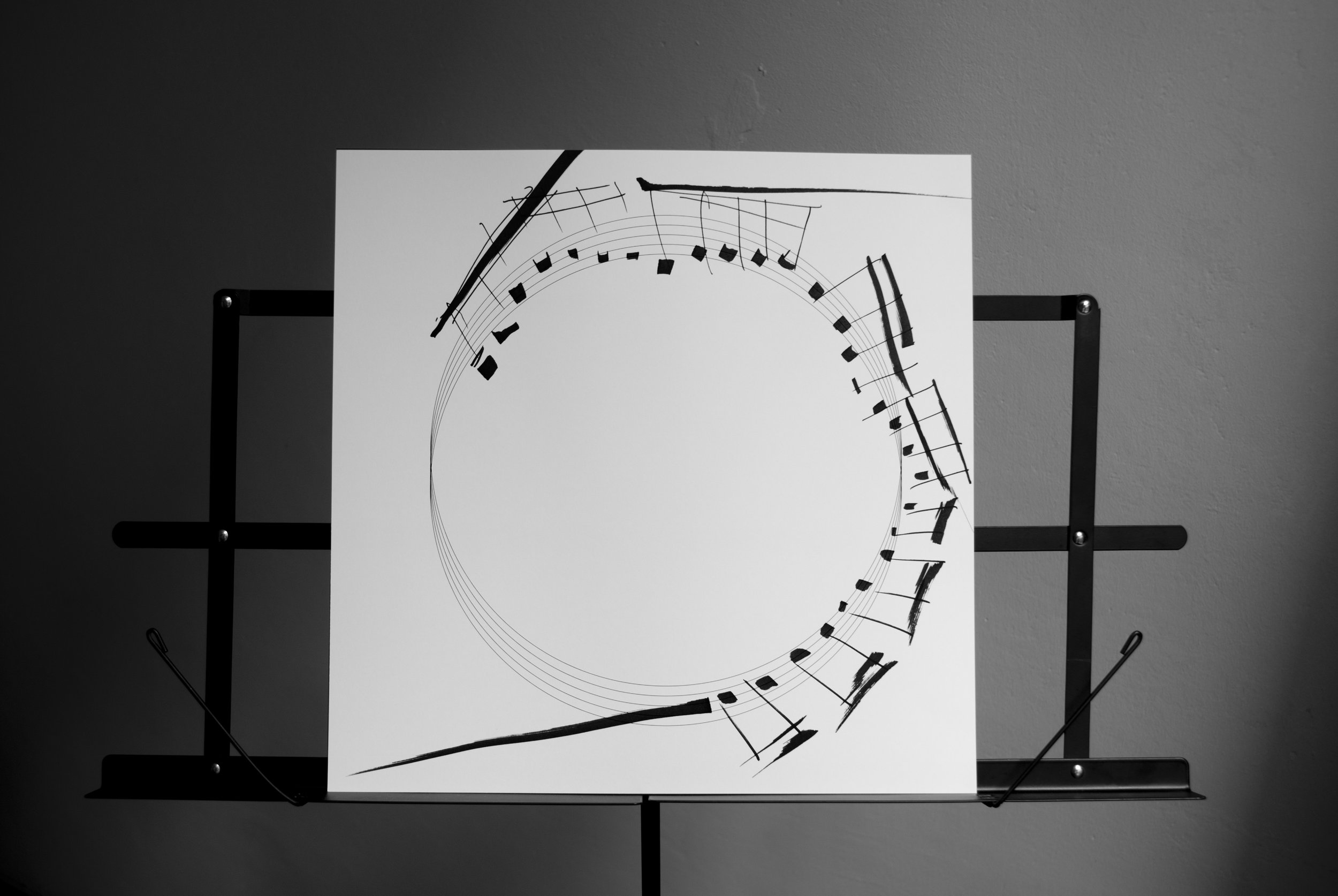Sidewalk chalk drawing, 2016
Drawing Performance with colored chalks on asphalt at Vag61, Bologna, Italy
In November 2016 I was invited to take part on a project at Spazio Radicchio a new born space inside a vegetable/fruit box. I decided to turn upside down the box so my intervention fell on the floor.
Spazio Radicchio is a cultural project, initiated because we believe that today the most fertile soil for this search is in the suburban situations where art and existence are mixed, as for example in an itinerant box of vegetables and fruits. The project is carried out and curated by Anteo Radovan and Petar Stanovic.
A novembre del 2016 sono stata invitata ad intervenire in un nuovo spazio chiamato Spazio Radicchio, che si trova dentro una cassetta della frutta. Ho deciso di ribaltare la cassetta e così il mio intervento è caduto sull'asfalto.
Avendo coltura e cultura una comune radice, Spazio Radicchio vuole metterle insieme sul banco delle verdure, per evidenziare così l’aspetto culturale dell’agricoltura, da cui nasce la nostra esistenza e l’aspetto primario dell’arte e della cultura, mediante le quali riempiamo l’esistenza di significati e senso. Spazio Radicchio è quindi un’operazione culturale. Nasce nella convinzione che oggi il terreno più fertile per questa ricerca di senso siano le situazioni periferiche, in cui arte e esistenza si mescolano. Come in una cassetta di frutta e verdura itinerante, ad esempio. Il progetto è portato avanti da Anteo Radovan and Petar Stanovic.
63+36 roses, 2007
Action, Historical Park of Mount Sole, Marzabotto, Bologna, Italy
On my last year of university at the Fine Art Academy of Bologna I was invited to a workshop held at the Historic Regional Park of Mount Sole where in 1944 hundreds of innocent people together with part of the Brigata Partigiana Stella Rossa were slain by Nazi soldiers. This incredible place and the recounts of survived from 1944's events brought me to investigate the hill with a time based action.
I established my base at the top of the hill as a ‘waiting point’ and the bushes, not in bloom, at the bottom of the hill as an arrival point. Those who happen to spontaneously approach my spot on the hill were given a rose: if they agreed to come with me, they followed me walking to a thorny hedge at the bottom of the hill where they will then be asked to toss or plant or place their rose. After this action I was walking back till my waiting point.
Performance duration was from 1pm until 7pm
63 red roses, 36 white roses, 99 numbered leaves bearing the message “follow me” in ink on tissue paper
63+36 roses, 2007. Photographic documentation by Gianni Gosdan and screenshot from video documentation, April 25, 2007. Historical Park of Monte Sole, Marzabotto, Bologna, Italy.
63+36 ROSE (2007)
Azione dalle ore 13 alle ore 19; 25 aprile 2007
Parco Storico di Monte Sole, Marzabotto (Bologna)
Durante il mio ultimo anno di studi all’Accademia di Belle Arti di Bologna sono stata invitata ad un workshop, che si teneva presso il Parco storico di Monte Sole a Marzabotto dove nel 1944 centinaia di civili insieme alla Brigata Partigiana Stella Rossa vennero assassinati da soldati nazisti. Questa montagna incredibile e il racconto di chi invece è sopravvissuto agli eventi del ’44 mi hanno portata a investigare il pendio circostante il rifugio con un’azione artistica.
Base: sommità della collina
Arrivo: rovi non fioriti alla base della collina.
63 rose rosse 36 rose bianche 99
fogli numerati recanti la scritta “seguimi” ad inchiostro su carta velina
Azione: chi si avvicina spontaneamente alla mia postazione, viene munito di rosa e di foglio. Se accetta di seguirmi, viene con me fino alla base della collina verso una siepe spinata. Lì, è invitato a lanciare o piantare o appoggiare la rosa.
Jamais vu, 2010
Photographs and Installation
1000 pictures and 66 text fragments (10x15cm each), boxes and wood (various dimensions), environmental dimensions.
This research project was carried out through the everyday act of walking while I was an artist in residence at the Contemporary Art Pavilion in Ferrara, Italy.
I decided to walk through the city ‘far and wide, high and low’ after a few times the elements of the visual landscape reminded me of the description of images that people close to me ones told me, and that I cherish in my memory.
From these mental images I began searching while walking without a predetermined destination. I found moments of concordance between the viewed pictures and the told ones, and at the same time I began a free acceptance of whatever situation ‘human free’ I was able to shoot. The landscape in the city was recalling me about the inhabitants presences and their lives, which I could recognize almost everywhere. I quickly became obsessed to shoot everything I was seeing and possibly almost every inhabitant of this city have seeing at least ones - while walking.
During the research I also decided to not watch on the viewfinder of my camera, and so increase the implicit acceptance of a certain unpredictability in analogue photographic technique on its final result.
Fotografie e installazione
1000 immagini e 66 frammenti testuali (10x15cm ognuna), cartone e legno (dimensioni varie e ambientali)
Questo progetto di ricerca è stato svolto attraverso l’atto quotidiano del camminare mentre ero artista in residenza al Padiglione Arte Contemporanea di Ferrara. Ho deciso di percorrere la città ‘in lungo e in largo’ dopo che alcune volte gli elementi del paesaggio visivo mi avevano ricordato la descrizione di immagini che qualcun altro mi aveva fatto e che io avevo tenute care nel ricordo. Da queste immagini mentali ho iniziato una ricerca esplorando, senza destinazione precisa. Trovavo momenti di accordo tra le immagini che vedevo e quelle che mi erano state narrate, e allo stesso tempo avevo iniziato ad accettare liberamente qualunque situazione ‘libera da umani’ fossi in grado di ritrarre. Il paesaggio della città mi raccontava della presenza dei suoi abitanti e dei segni delle loro vite, che potevo riconoscere quasi ovunque. Velocemente divenni come ossessionata dal fotografare tutto ciò che ogni abitante potesse aver visto almeno una volta - camminando. Durante questa ricerca ho anche deciso di non guardare nel mirino della mia reflex mentre scattavo, così da aumentare l’implicita imprevedibilità della fotografia analogica nel suo risultato finale.
Wandering Beauties, 2007-2008
Photography / Performance / Video
Neon>Campobase, Bologna and Container – mobile laboratory of public art, Bologna
‘Wandering Beauties’ is a project began at neon>campobase and continued the following two years at Container Movable Laboratory/Observatory of Public Art in San Donato neighborhood.
Cinzia Delnevo focused her research on people born from the union of parents of different nationality, defined ‘wandering beauties’ which might imply also ‘wondering beauties’. The subjects of the future photographic portraits of Delnevo are the inhabitants of the Bolognese districts of San Donato, Pilastro and Zamboni, among them also the youngest attending Saffi middle school, but also acquaintances and friends of the artist.
That beauty, generated by the mixture of different worlds, interrogates the viewer, unaware of the intimate relationships that have formed those faces, of which she/he knows only the first and last name. Identity is basically a choice of the individual. The photographs are the culmination of a process of mutual acquaintance between subjects, at the end of which the photographed become owner of their portraits.
Il progetto Wandering Beauties inizia a neon>campobase e prosegue per i due anni successivi presso il Container Laboratorio/Osservatorio Mobile di arte pubblica nel quartiere S. Donato a Bologna.
Cinzia Delnevo concentra la sua ricerca su persone nate dall’unione di genitori di diversa nazionalità, definite appunto Wandering Beauties (bellezze vaganti, ma anche bellezze interroganti).
I soggetti dei futuri ritratti fotografici di Delnevo sono gli abitanti dei quartieri bolognesi di San Donato, Pilastro e Zamboni, tra questi i giovanissimi della scuola media Saffi, ma anche conoscenti e amici dell’artista.
Quella bellezza, generata della mescolanza di mondi diversi, interroga lo spettatore, ignaro delle relazioni intime che hanno costituito quei volti, di cui conosce solo nome e cognome. L’identità è in fondo una scelta dell’individuo. Gli scatti fotografici sono il momento culminante di un processo di conoscenza reciproca tra soggetti, al termine del quale i fotografati diventano proprietari dei propri ritratti.
Wandering Beauties, Pilastro (Bologna) #Identità, 2018
Video 27’ 09’’
Wandering Beauties, Pilastro (Bologna) #Identità is a work by artist Cinzia Delnevo which investigates the complex field of the concept of Identity in its all declinations. Delnevo underlined the importance of keeping the original title of this work, since in Italian language the same term is used both for the singular and the plural: this is an important premise that perfectly reflects the artist’s assumption of identity as a condition that for its own nature cannot be asserted as stable and univocal, but instead as a state of constant reverberation and change towards the multiple drifts possible.
In this video some children with a “double nationality” tell the artist how do they feel about their family’s culture and when exactly this side of their being comes out in some quotidian actions or situations and when instead they experience the Italian culture and how and when they feel connected to it through friends, music, food or other activities that strengthen this other side of their cultural conscience. (Text by Laura Dinicolantonio)
Un video - documentazione di un laboratorio con i bambini di una scuola media a Bologna. In italiano ‘identità’ è usato sia per il singolare che per il plurale: identità, come condizione che per sua natura non può essere asserita come stabile e univoca, ma piuttosto come stato in costante riverberazione e cambio verso possibili derive multiple. In questo video alcuni bambini con ‘doppia nazionalità’ mi raccontano come si sentono rispetto alla cultura della propria famiglia e quando questo lato del loro essere si rivela in situazioni o azioni quotidiane. Raccontano anche quando sono più vicini alla cultura italiana e quando si sentono più connessi ad essa, attraverso amici, musica, cibo o altre attività che rafforzano questo lato della loro coscienza culturale.
Looking for something there, yet it is there, 2014-2016
Performance in collaboration with Shervin Kianersi Haghighi.
Between January 2014 and summer 2016 I activated a series of performances in public spaces.
A collaborative piece with the Iranian artist Shervin Kianersi Haghighi while based in Ghent, Belgium and me based in London, UK. Once a month we picked a place like a shop or restaurant and asked the owner about the most annoying work that she or he does on a daily basis. After having a discussion about the nature of this work, we offered respectively to do that task for her or him on another day. We then tried to execute it exactly the way they would after their instructions. We both started on the same day and at the same hour and compared our experiences after about a week. The performance was then documented as the result of our discussion.
Performances in collaborazione con la ricercatrice e artista Shervin Kianersi Haghighi.
Looking for something there, yet it is there è una serie di performances nello spazio pubblico. Una volta al mese scelgo di entrare in qualche spazio, commerciale o non, per parlare con il proprietario, a cui chiedo qual’è la mansione più noiosa che si trova a svolgere. Dopo un’iniziale discussione sulla natura del lavoro, mi offro di svolgerlo per lei o per lui, in un giorno concordato. Cerco poi di portare a termine il lavoro indicato esattamente come avrebbero fatto, seguendo le indicazioni date. Questa performance ‘nascosta’ è un progetto collaborativo con l’artista/ricercatrice iraniana Shervin Kianersi Haghighi (basata a Bruxelles, Belgio). Entrambe, iniziamo l’azione alla stessa ora dello stesso giorno, poi ci confrontiamo successivamente sull’esperienza avuta. Ad oggi ogni performance è documentata in forma di ricordi tra i partecipanti e come il risultato delle nostre discussioni.
Twelve movements for hourglass and contrabass /
Dodici movimenti per clepsamia e contrabbasso, 2009-2011
Performance
In this performance I mechanically turn upside down an hourglass of sand each time that it finishes its cycle. In the brief period of time that elapses between the end and the start of the hourglass’s cycles, the musician chooses what and how to play, observing his allowed time. This “time” is little more than a moment if compared with the waiting time that follows or precedes it. Only after the execution of each movement can the musician write notation on a special stave*. Therefore this performance is also a concert in which the time of the sound and the time of the pause are in a certain sense inverted, as well as for the musical notation which takes place only after the public execution; a Cagean silence is inside the silence, alternating to linearity the perception of its opposite. For the musician the restriction to musically act in a time that corresponds to a moment leads both the performer and the audience to realize how much in that moment an expectation could be concentrated, rather than something unique and unrepeatable. The time which precedes and follows this event are perceived like a distinct ‘before’ and ‘after’; but they are both irremediably in a relation of reciprocal necessity.
Performance presented in 2009 at Gervasuti Foundation during Ogni limite ha una pazienza, curated by Cesare Pietroiusti and Filipa Ramos and presented in 2011 at Museum House Ludovico Ariosto during my solo show Twelve | Non linear experiences of time, Ferrara, Italy. In this occasion I collaborated with the Visual Designer Simona Materazzini and introduced the show online: http://dodiciesperienze.com
In July 2011 this piece was performed with violinist Rania Zoidi under the title Twelve movements for hourglass and violin, 2009-2011 at Adiacenze, Bologna, Italy.
*A brief note about stave
This special stave, conceived for writing single movements, is composed of 5 curved lines joined until they assume a non-linear form. The stave is printed on 30 x 30cm white paper.
Designed in collaboration by Simona Materazzini.
DODICI MOVIMENTI PER CLEPSAMIA E CONTRABBASSO (2009-2011)
Performance, clessidra, pennarelli, pentagramma
Traccia audio, fotografia e video documentazione
In questa performance ruoto meccanicamente una clessidra di sabbia ogni volta che essa ha terminato il suo ciclo. Nel breve arco di tempo che passa da quando la clessidra termina a quando questa viene rimessa in funzione, il musicista sceglie cosa e come suonare, rispettando il tempo a lui concesso. Questo tempo è poco più di un attimo se confrontato al tempo dell’attesa che lo segue o lo precede. Soltanto dopo avere eseguito ogni movimento il musicista può scrivere le note, i suoni o i rumori da lui prodotti sopra uno speciale pentagramma*. Questa performance è quindi anche un concerto in cui spazio del suono e spazio della pausa sono per certi versi invertiti anche per quanto riguarda la notazione musicale, che avviene solo dopo l’esecuzione pubblica; include in sé un silenzio cageanamente inteso e alterna alla linearità la percezione del suo contrario. La restrizione per il musicista di agire musicalmente in un tempo che equivale a quello di un attimo porta ad intuire quanto in quell’attimo si possa condensare un’aspettativa, per chi esegue quanto per chi ascolta, di qualcosa di unico e irripetibile. Il tempo che precede e il tempo che succede questo evento sono percepiti come un prima e come un dopo distinti; ma entrambi si trovano irrimediabilmente in un rapporto di necessità reciproca e concorrono all’esistenza di quel brevissimo atto performativo.
*Breve nota sul pentagramma
Questo speciale pentagramma, concepito per la scrittura dei singoli movimenti, è formato da 5 linee rette curvate e unite fino a fargli assumere una forma non lineare. il pentagramma è stampato su 12 fogli di carta bianca 30 x 30 cm. Questa performance è stata eseguita in vari spazi, sia con contrabbassista che con violinista, e può essere ripetuta con altri strumenti.
Dodici / Nessuna nota libera, 2011
Video
Password: Nessunanotalibera
La performance Dodici movimenti per clepsamia e contrabbasso (2009-2011) è stata video-registrata in assenza di pubblico tra le mura del Museo Casa Ariosto a Ferrara. La documentazione è stata da me rielaborata esclusivamente per ciò che riguarda la sua organizzazione temporale. Nel video, il tempo della performance e il suo contenuto per certi versi imprevedibile diviene materiale plasmabile e ad ogni movimento è stata attribuita la stessa durata, portando i due tipi di azione “l’attesa” e “il movimento” a 12 secondi ciascuno.
Il tempo reale della performance dal vivo diviene in video quello di un solo movimento di clessidra. I suoni prodotti e i rumori presenti durante tutti i movimenti della performance si tramutano in un concerto inatteso.
Questo video come la performance da cui è tratto è manifestazione della necessità di guardare il proprio tempo focalizzando l’importanza delle scelte, il tempo necessario per compierle, l’attesa e il tempo di un attimo, il tempo che, per citare il compositore tedesco Dieter Schnebel “quando diventa un istante si trasforma in spazio”.
Leggi anche il testo di Viviana Checchia, * scritto in occasione della mostra “Dodici. Esperienze non lineari del tempo”, tenutasi al Museo Casa Ariosto, Ferrara, 2011.
Waiting for an annunciation, 2010
Performance
Venice, Fondamenta S. Felice, March 25, 2010 (from 12:00am to 15:00pm)
The idea of this performance rises from the feeling of confusion and disorder seen as a feature of our historical time. Here, the continued demand of original projects redeems itself through an overturning. An artist, who normally should do and give, decides instead to wait, to hear, to shut up and for a duration not strictly predetermined. This waiting is carefully prepared with the best wishes within a studied site inside Venice. It is a public space, a place of passage that lies between water, earth and sky. Moreover, when I close my eyes, the place opens itself, finding a fourth coordinate. What happens, is an oscillation between inner and outer.
The formal limitation of language in words is perceived as a never-ending dilatation: perhaps, only poetry or sound are able to speak during the unique auratic time in which the performance lives and happens. Mediation and explanation through words are perceived by me both as necessity and limit, a limit impossible to overcome.
-
All’interno di questa performance convivono numerose direzioni di senso. L’idea da cui trae origine è una sensazione di confusione e di disordine caratteristica del nostro momento storico, collettivo e personale. La costante domanda di idee progettuali originali si riscatta quì in un’azione di ribaltamento. Chi normalmente dovrebbe fare e dare, decide invece di aspettare, di ascoltare, di ammutolirsi in un giorno importante e per un tempo che non può predeterminare con precisione. Questa attesa viene preparata con i migliori auspici e in un luogo ricercato all’interno della città di Venezia. La scelta finale cade su un luogo pubblico, di passaggio, che si trova tra acqua, terra e cielo. Ma il luogo, nel momento in cui si chiudono gli occhi si amplia e trova una quarta coordinata. Ciò che succede è un oscillamento tra esteriore e interiore, il limite formale che ha la parola nel farsi, viene percepito come una dilatazione infinita: solo la poesia o forse il suono possono parlare nel momento unico e auratico in cui la performance vive ed avviene, la mediazione e spiegazione in parole viene da me percepita come necessità e come limite invalicabile.
In absence of delay / In assenza di ritardo, 2009
Performance
First performed 18 December, 2009 at Gervasuti Fondation, Venice, Italy.
Contrabass: Salvatore Lauriola
Video documentation by Claudia Rossini
A bass player and a chair on which anyone who wishes may sit. Those who sit have a microphone in front of them that amplifies their breathing. The bassist interprets that rhythm in sound, as it occurs. This work is born from the awareness of the effective delay that inevitably accompanies the interpretation of what we experience, the very moment that we experience it.
The performance involves the people present activating a point of view from the outside and contemporary from the inside, because the breath is perpetual in all of us. Whoever is seated can at the same moment breathe, listen to his own amplified breathing and listen, and allow the others hear the rendering that is given by the musician. The audience sees and listens to both the performance and their own breath.
